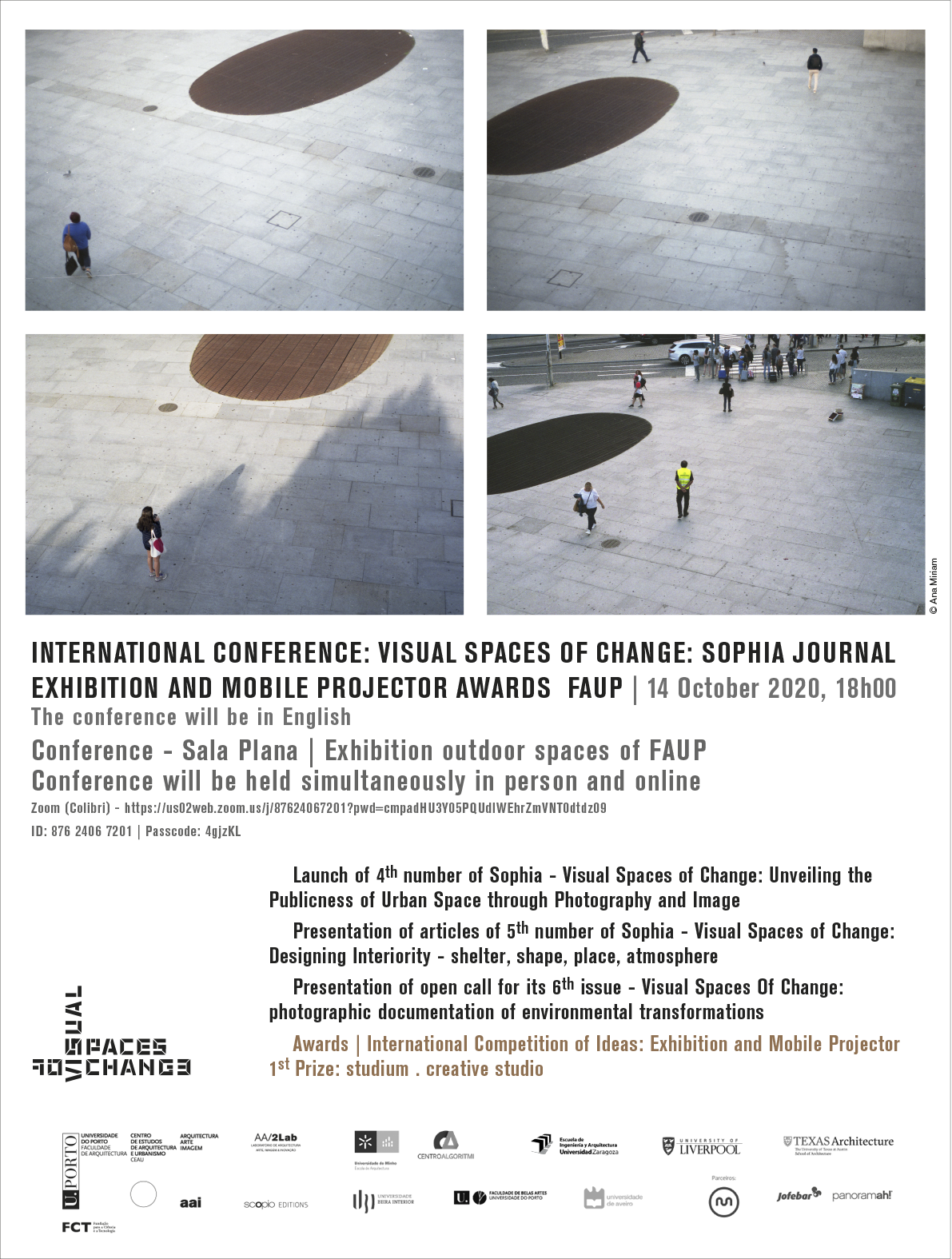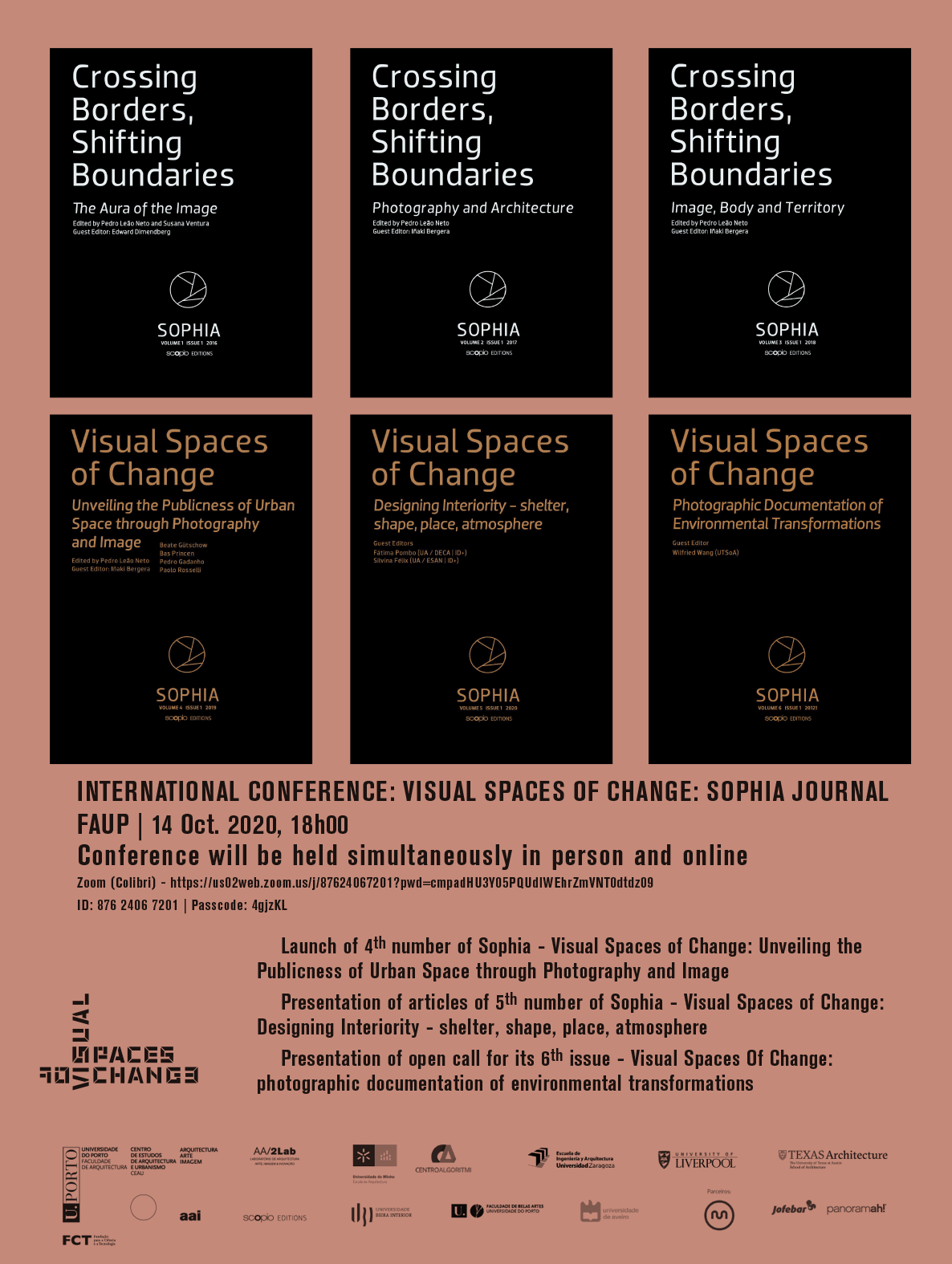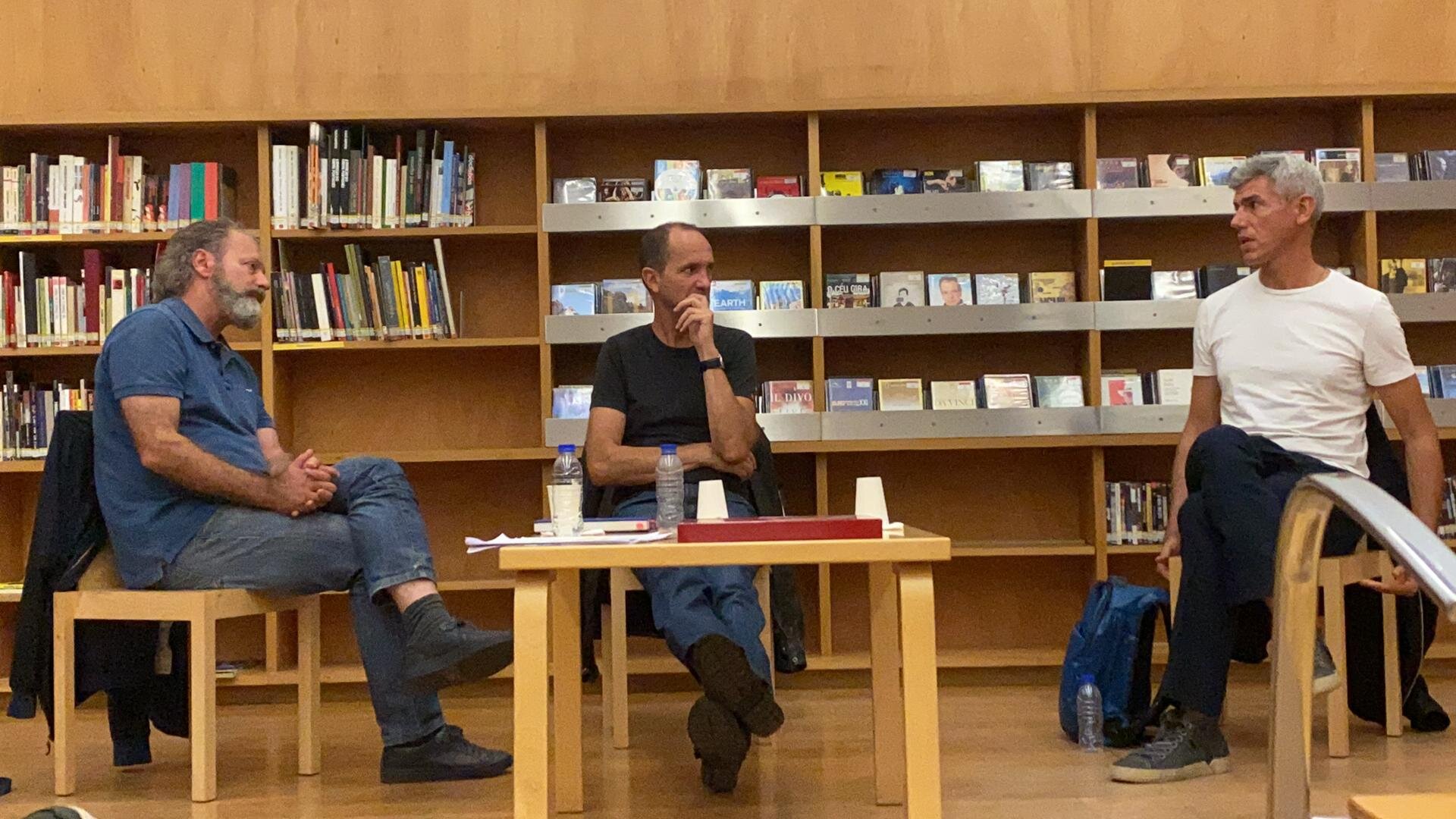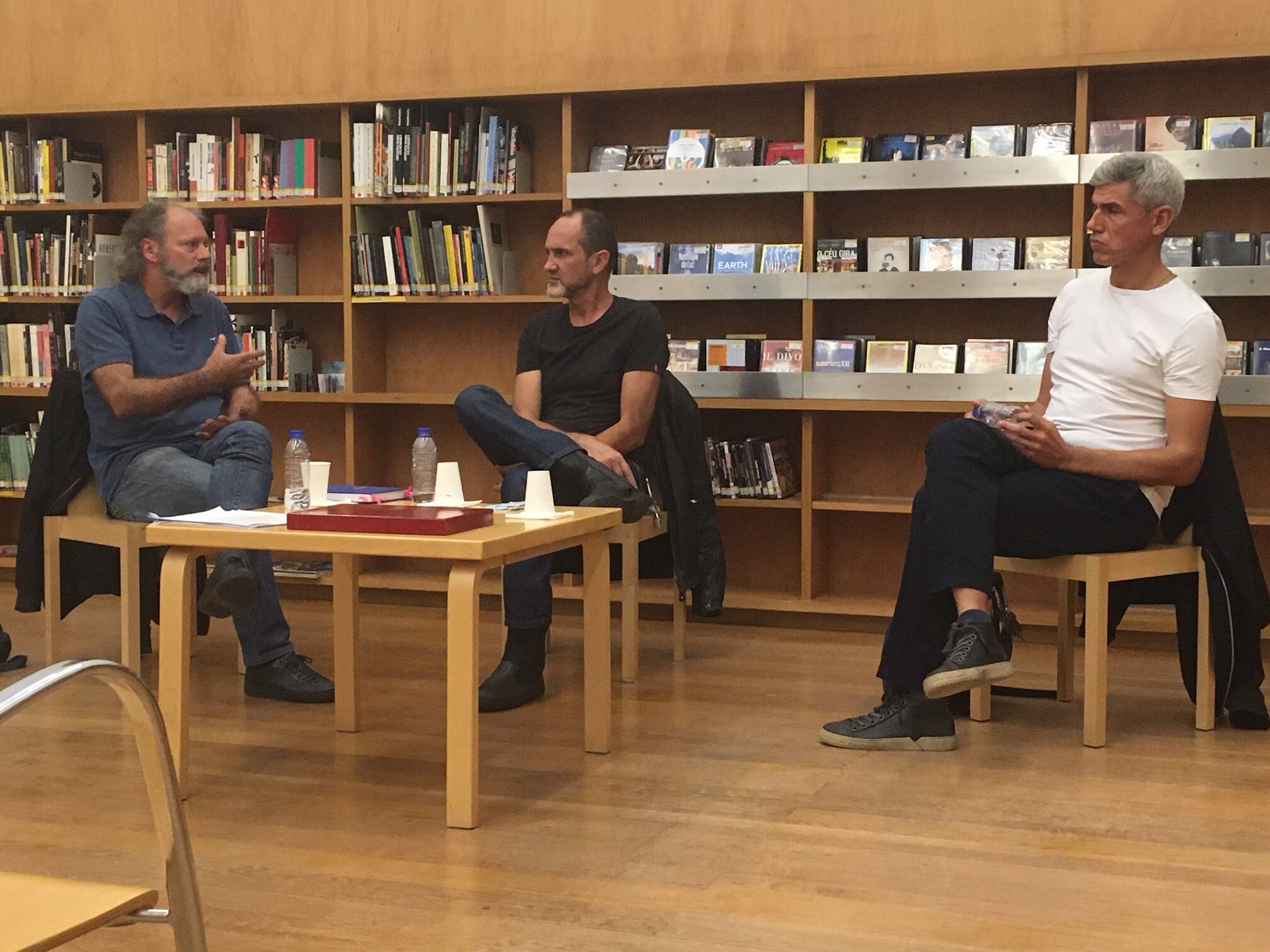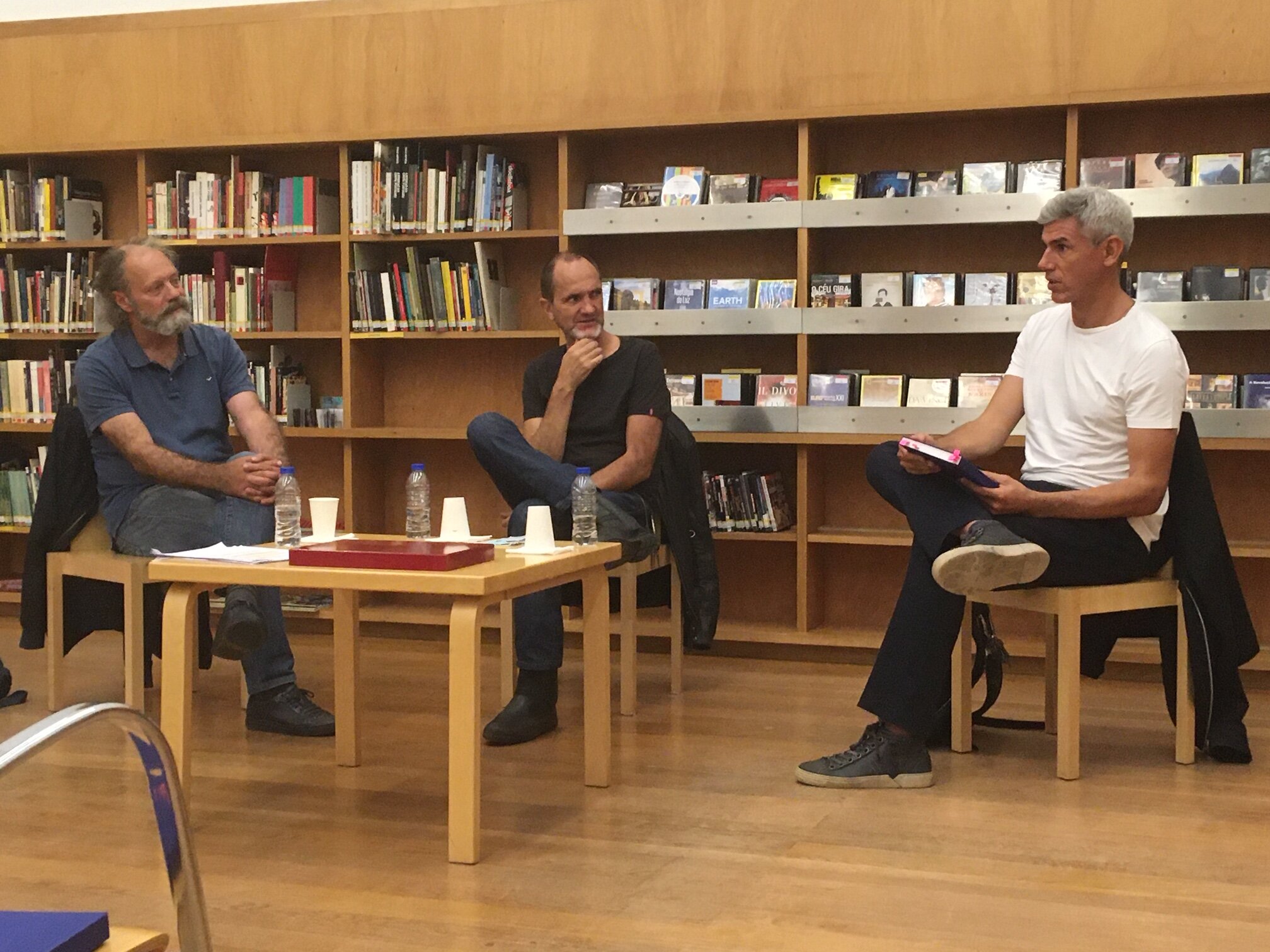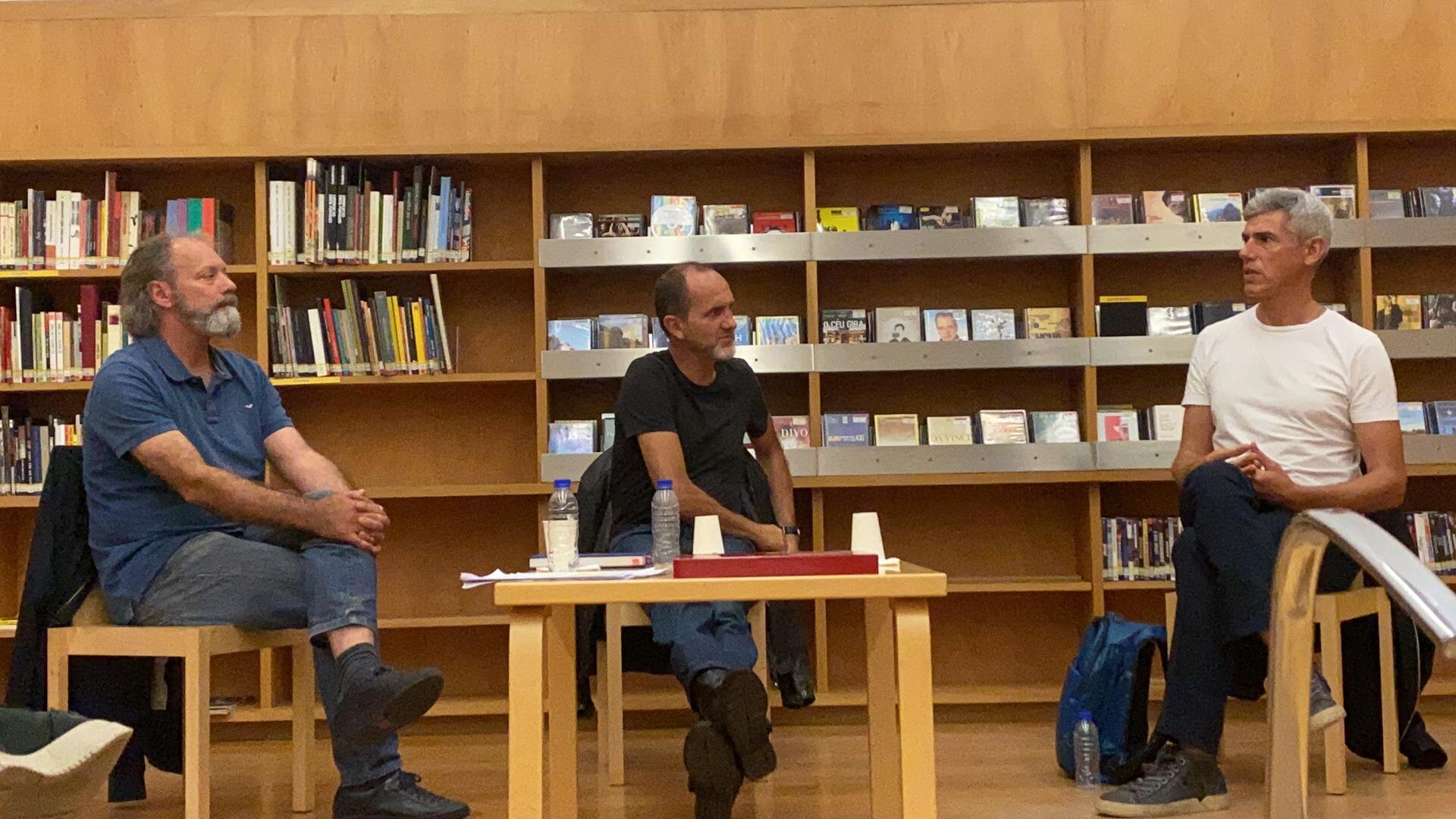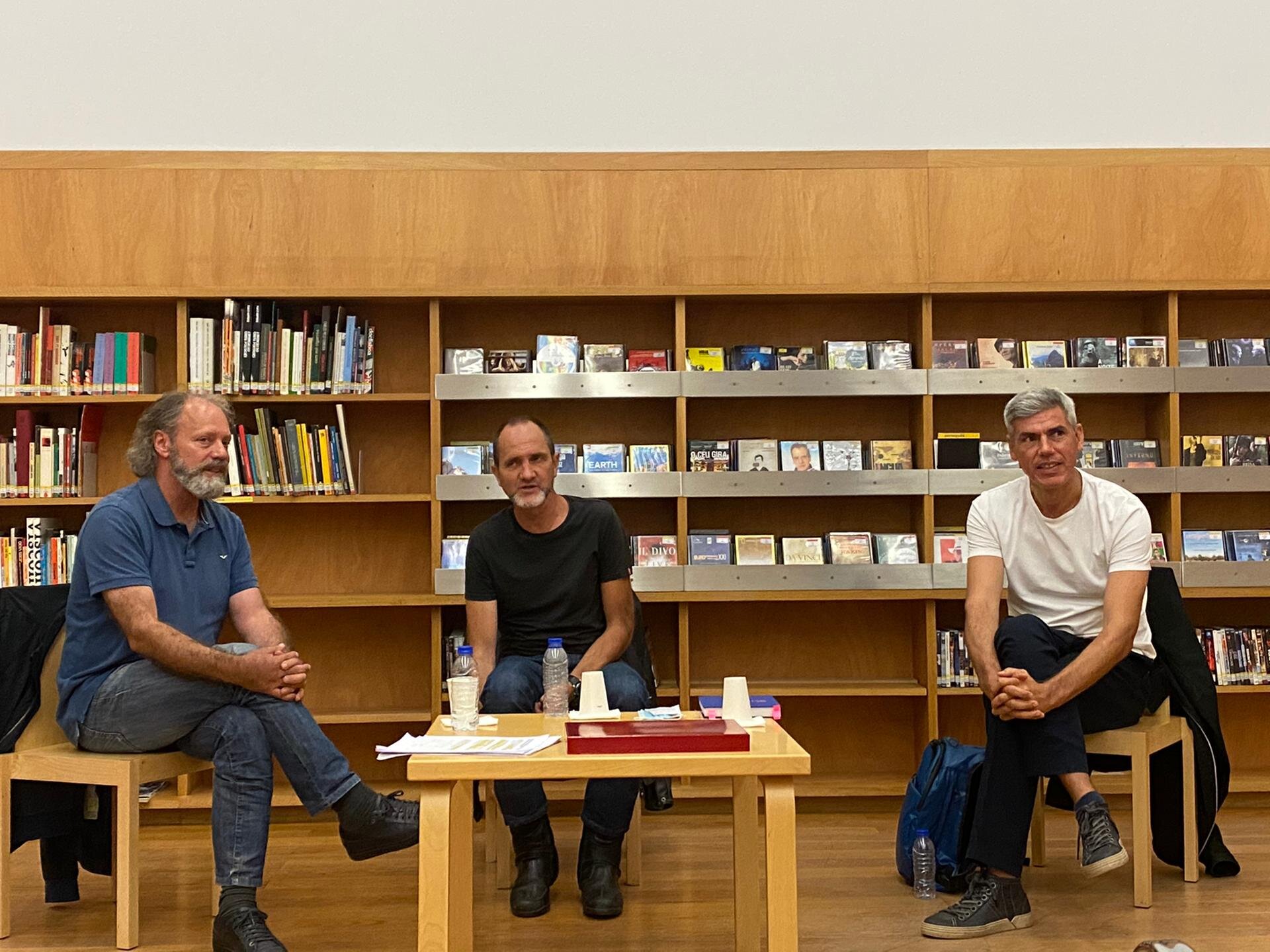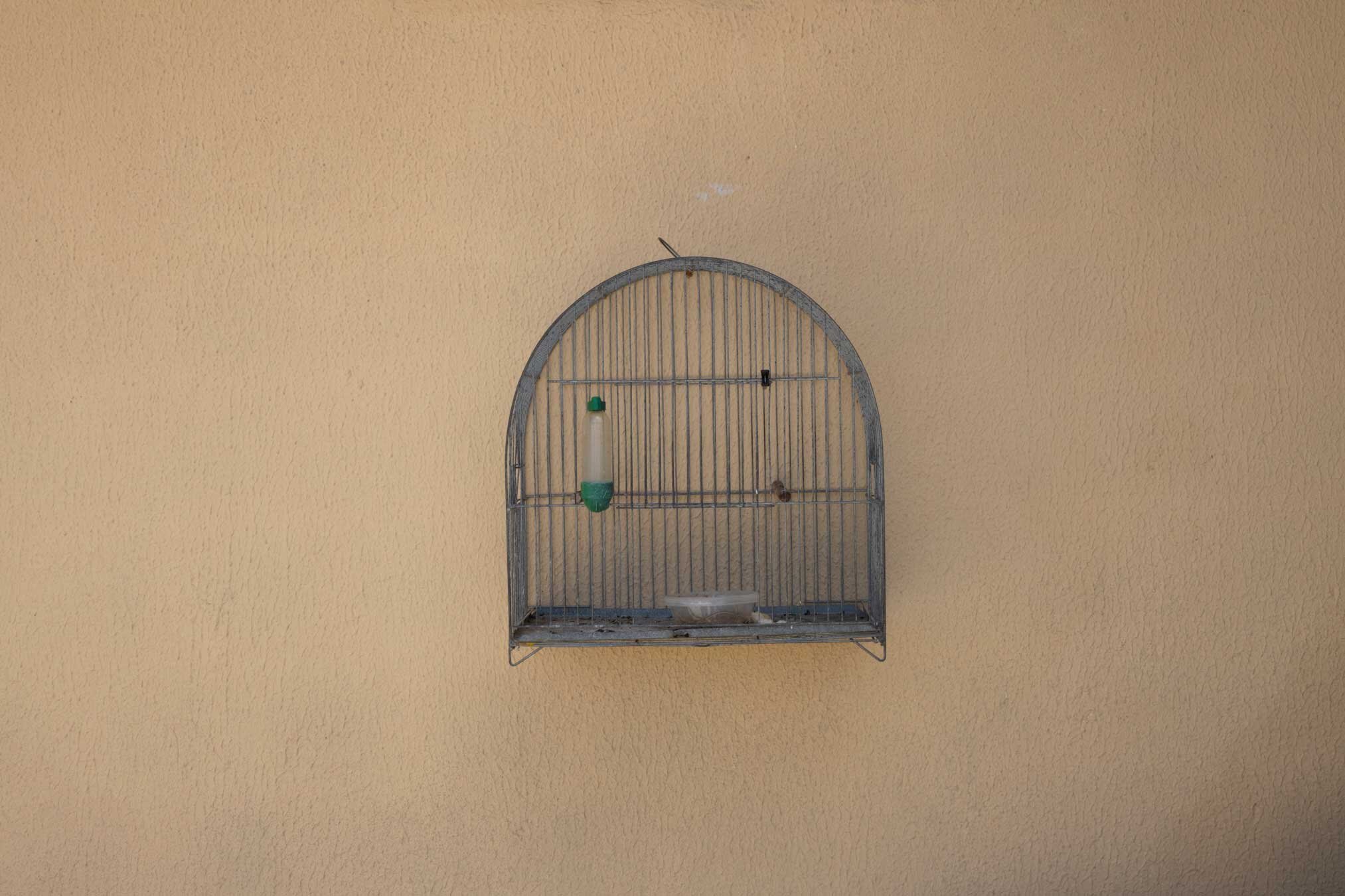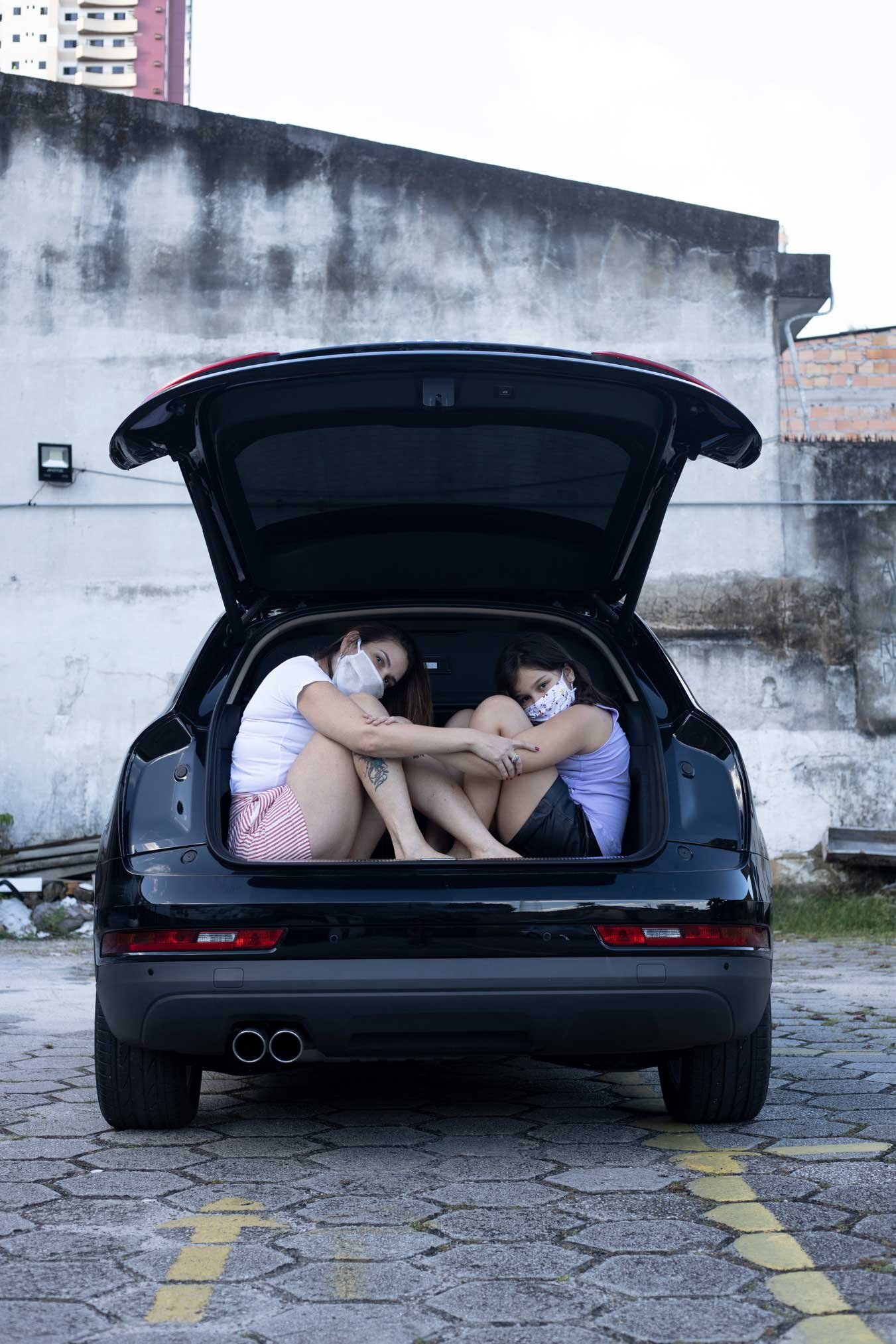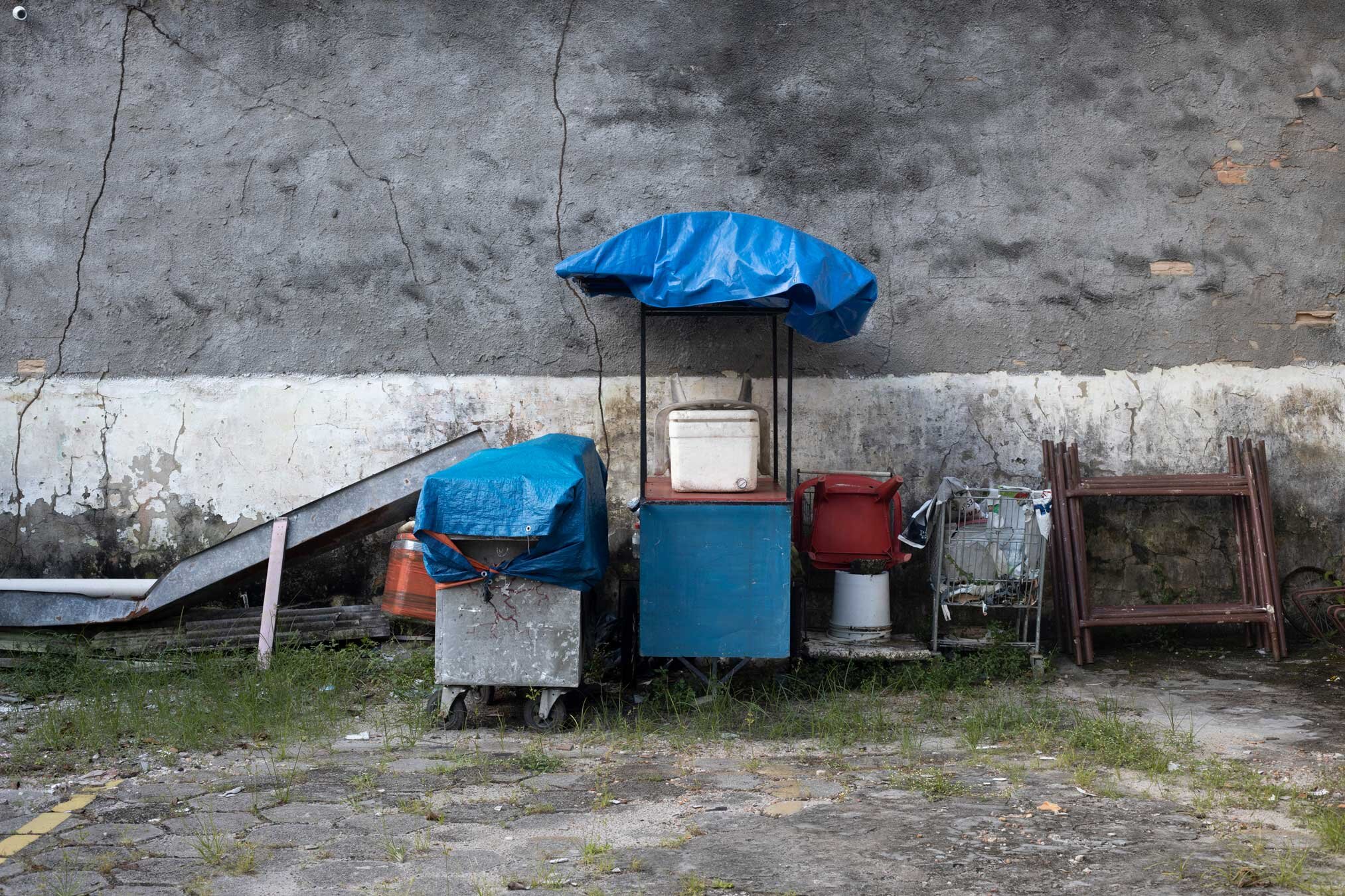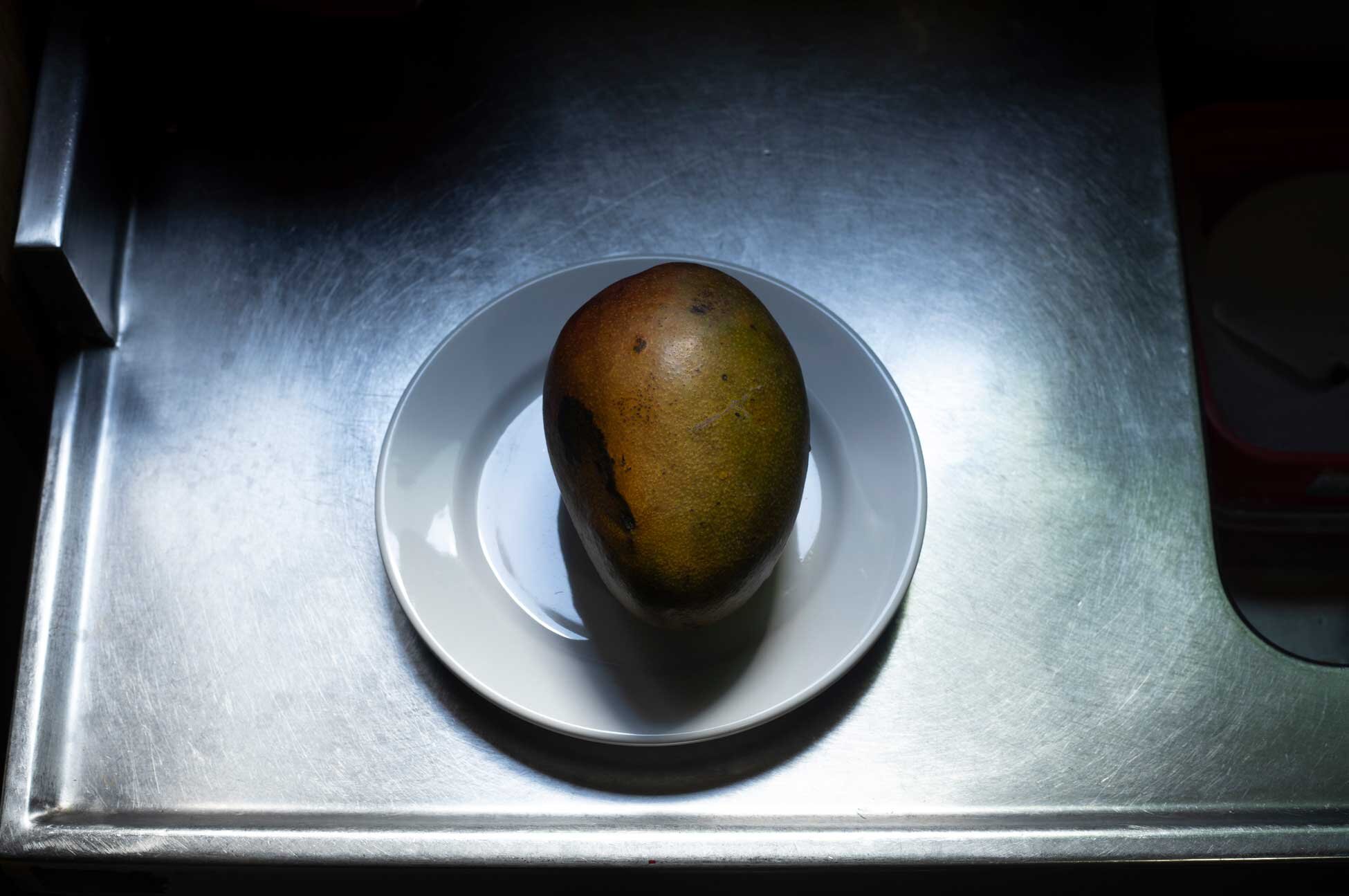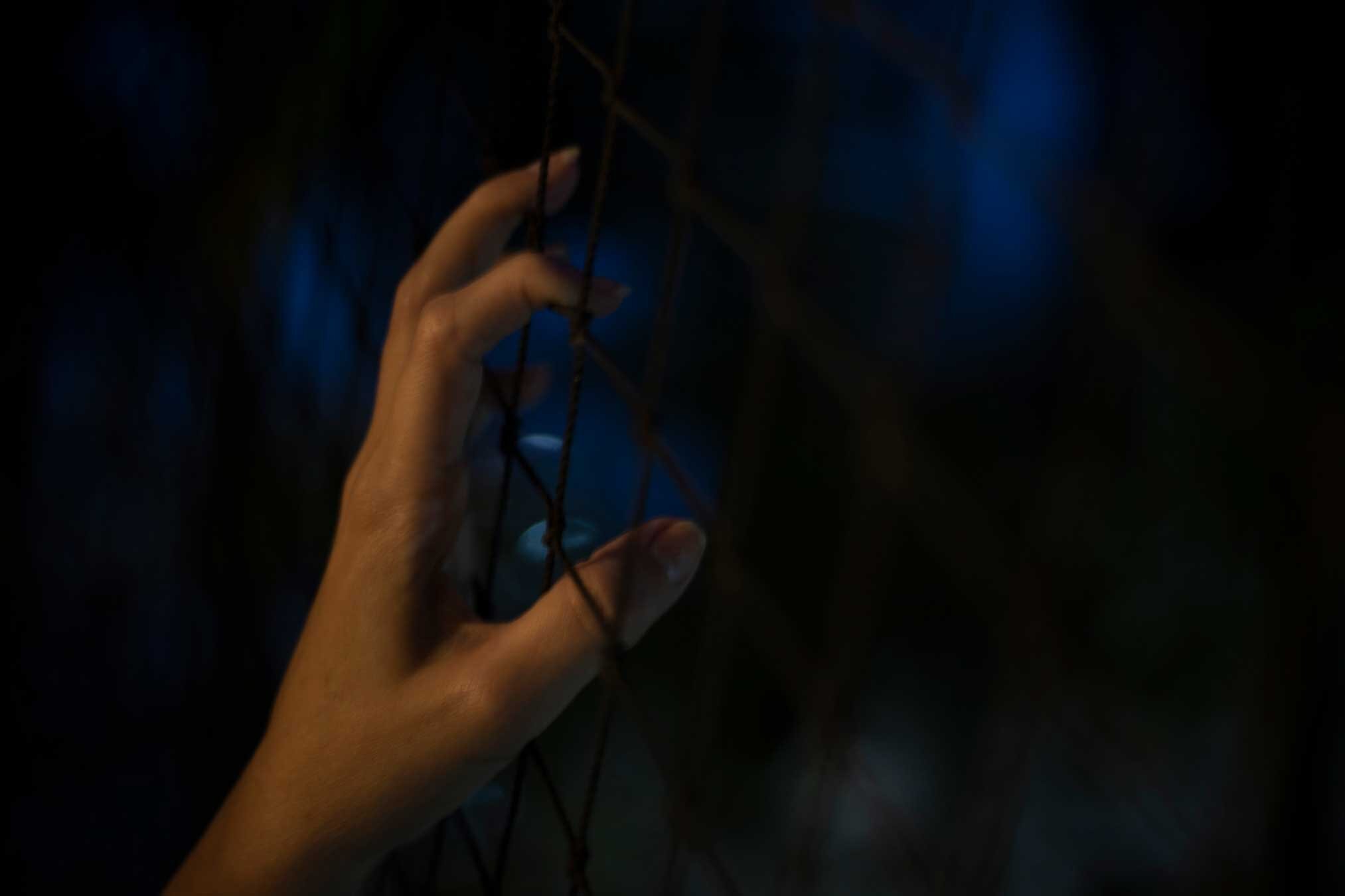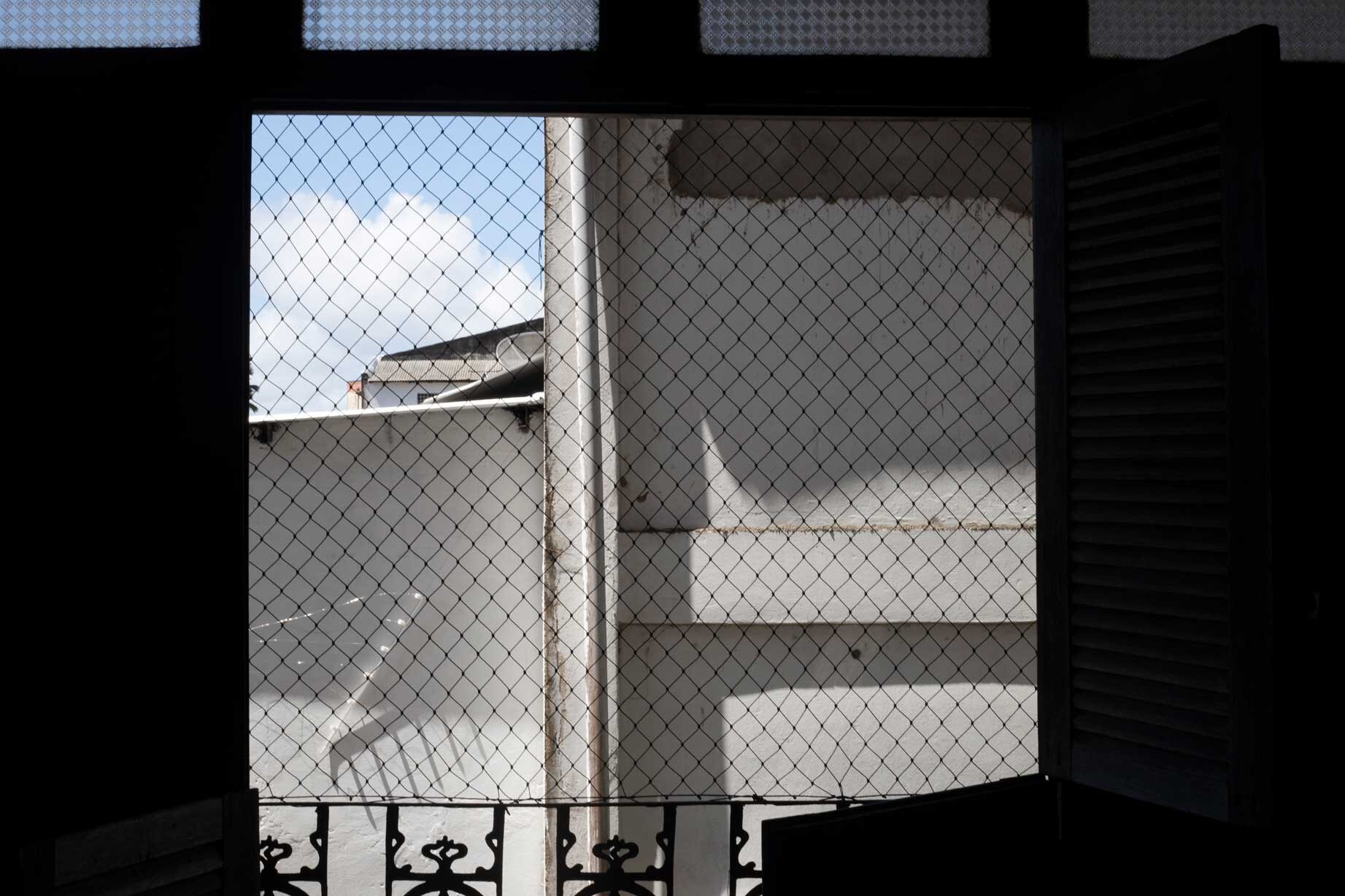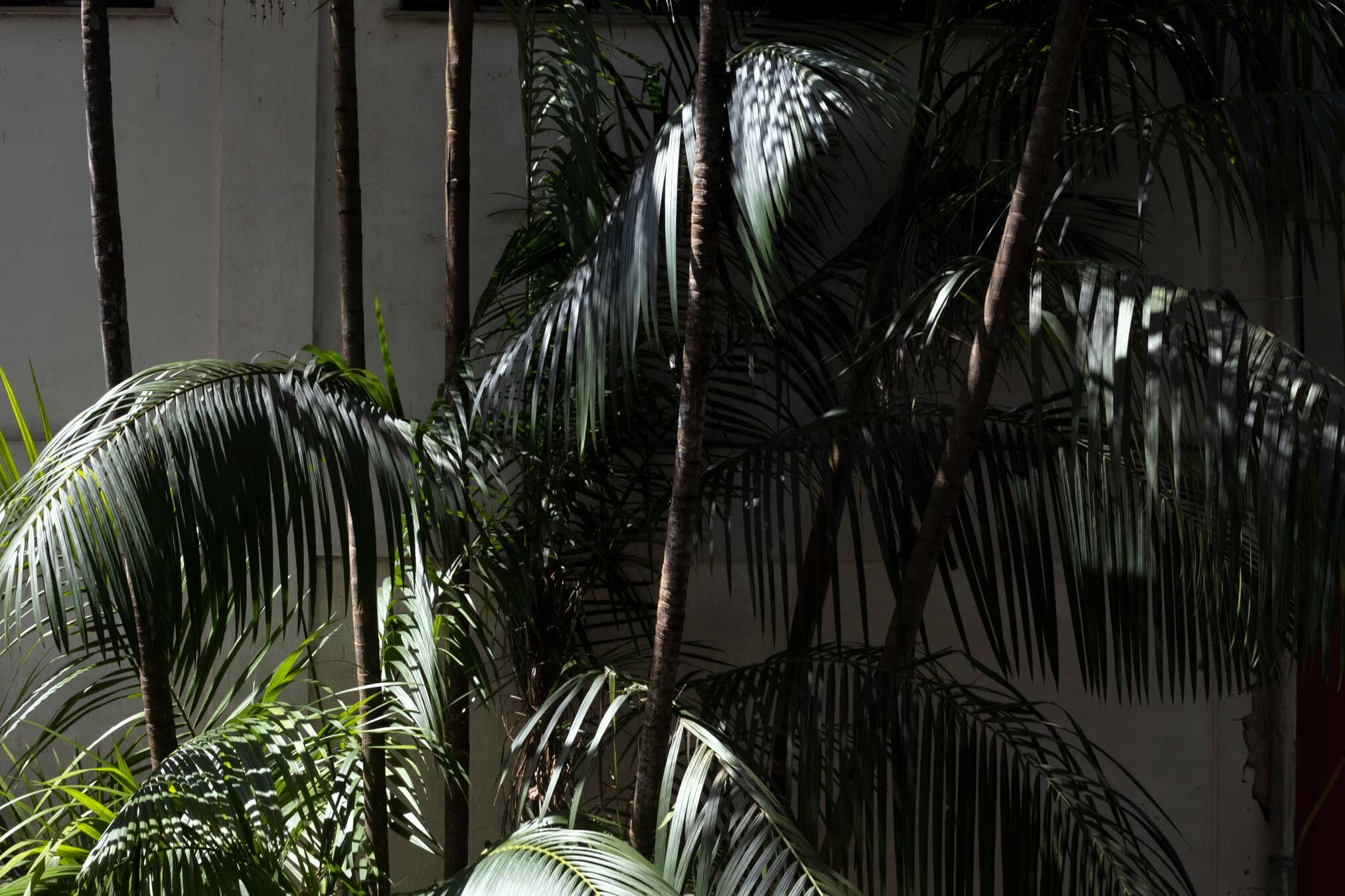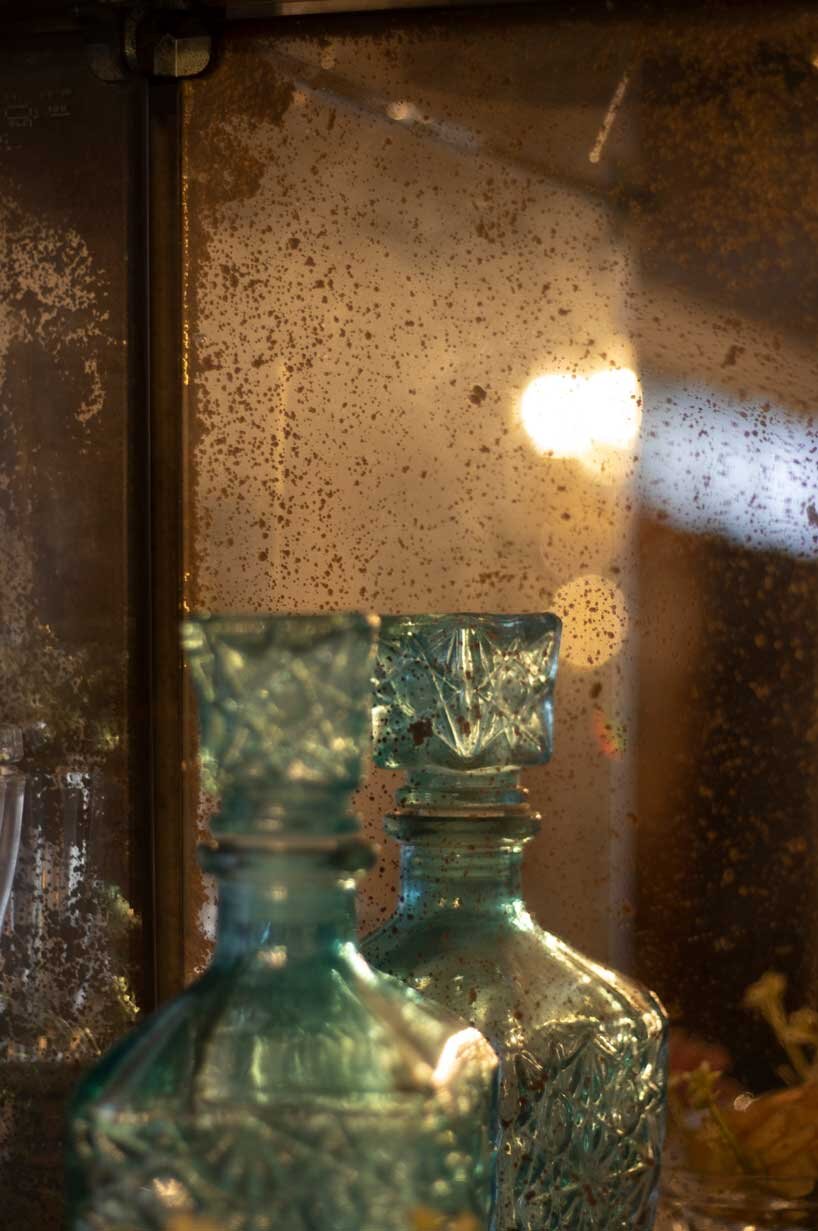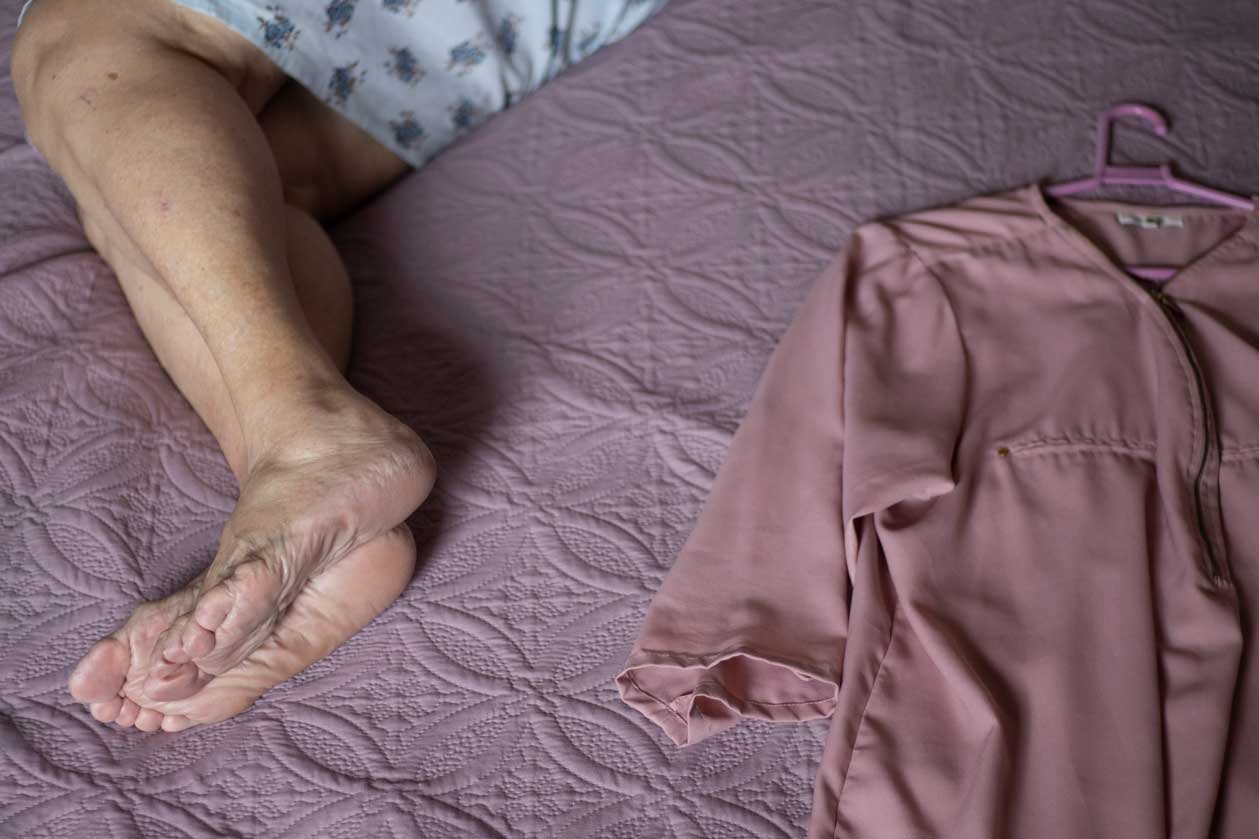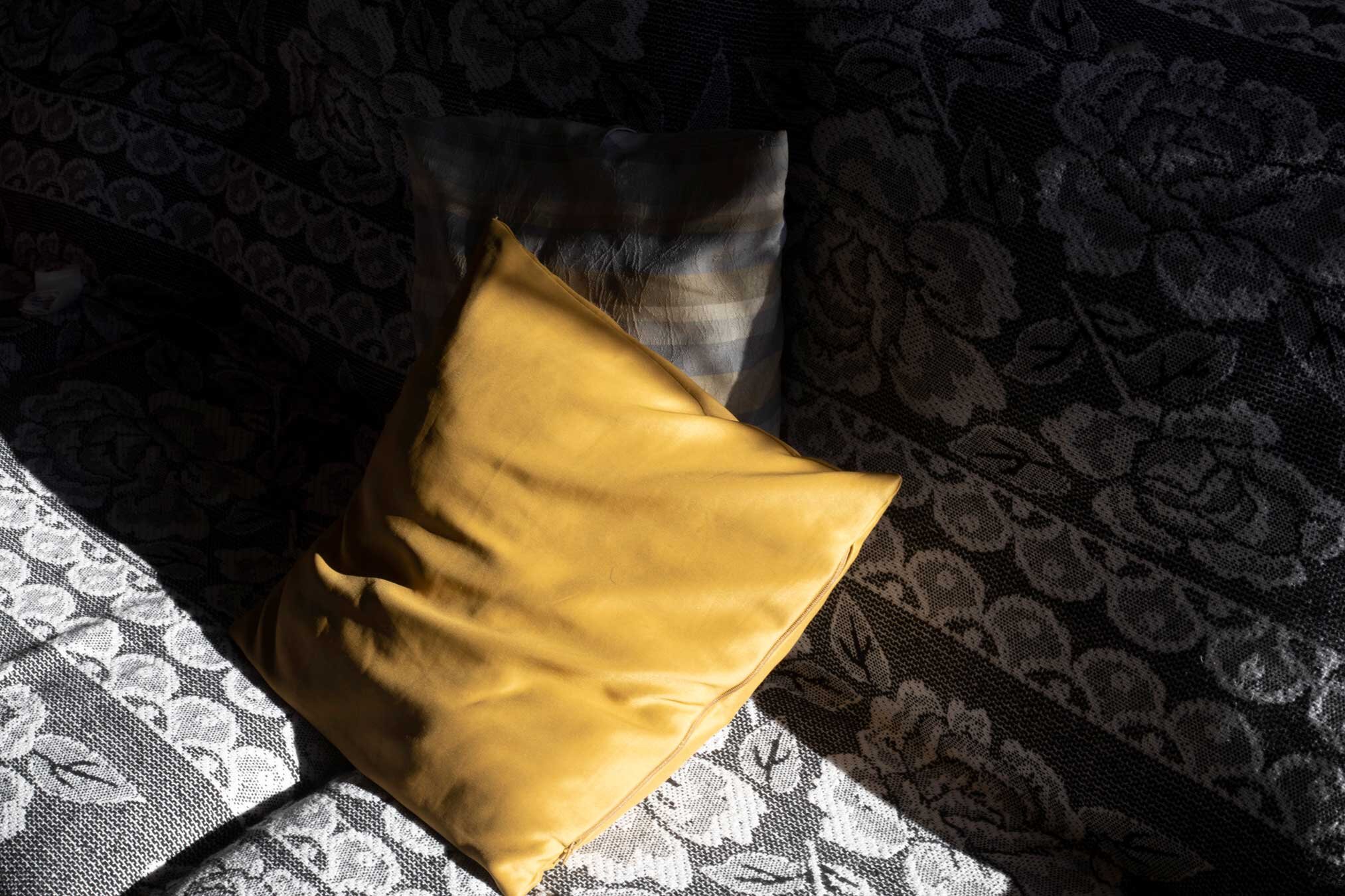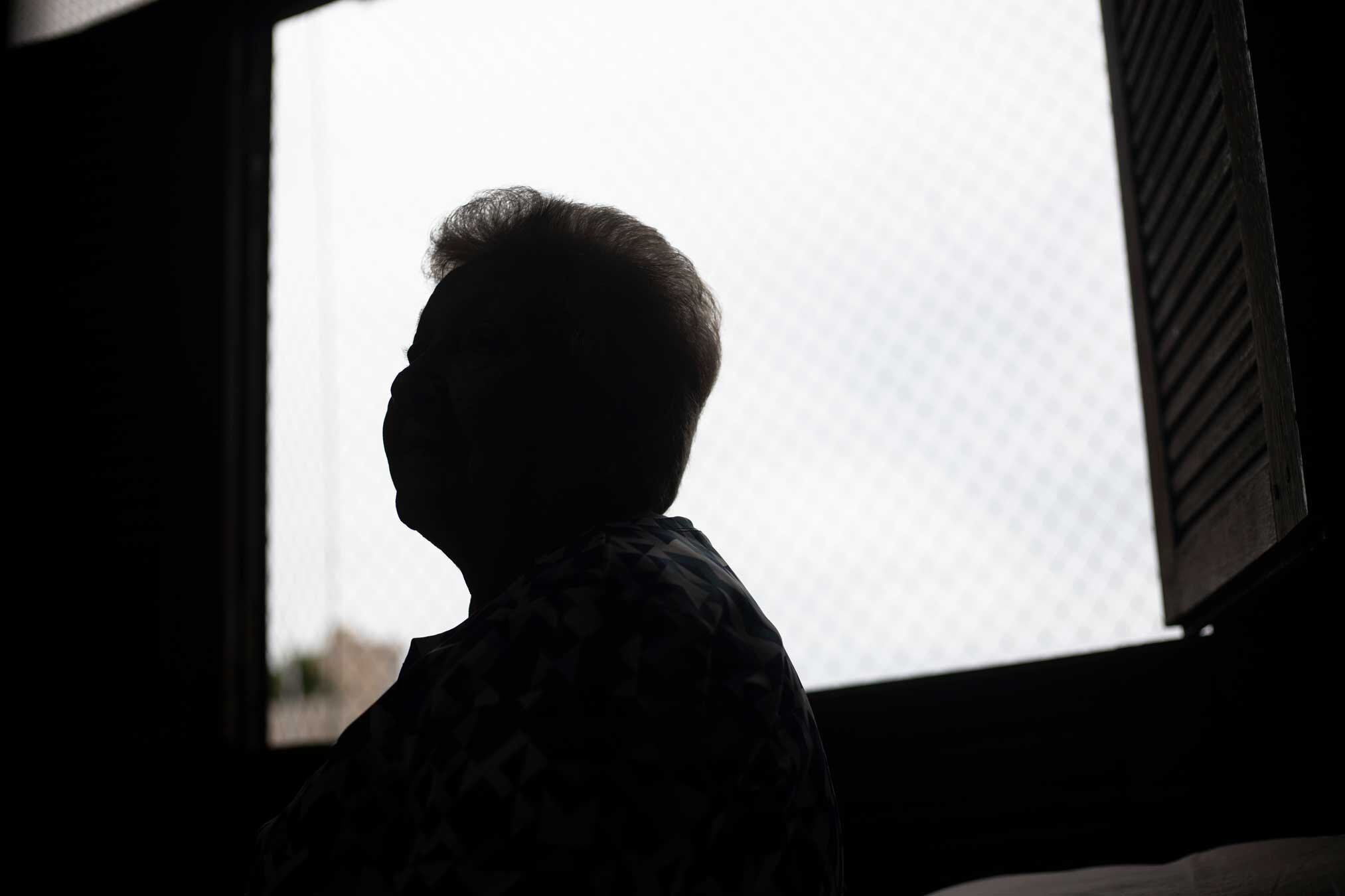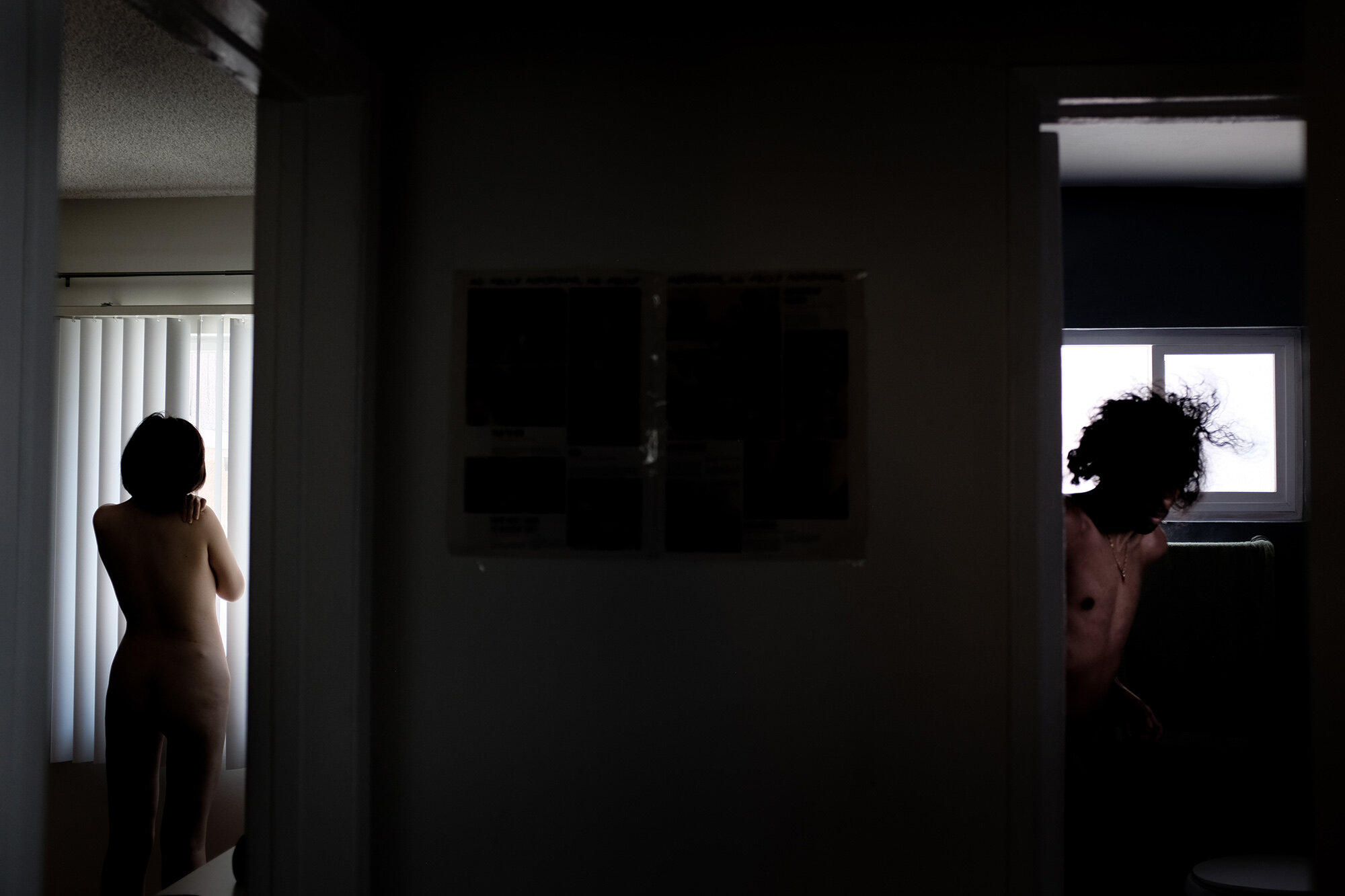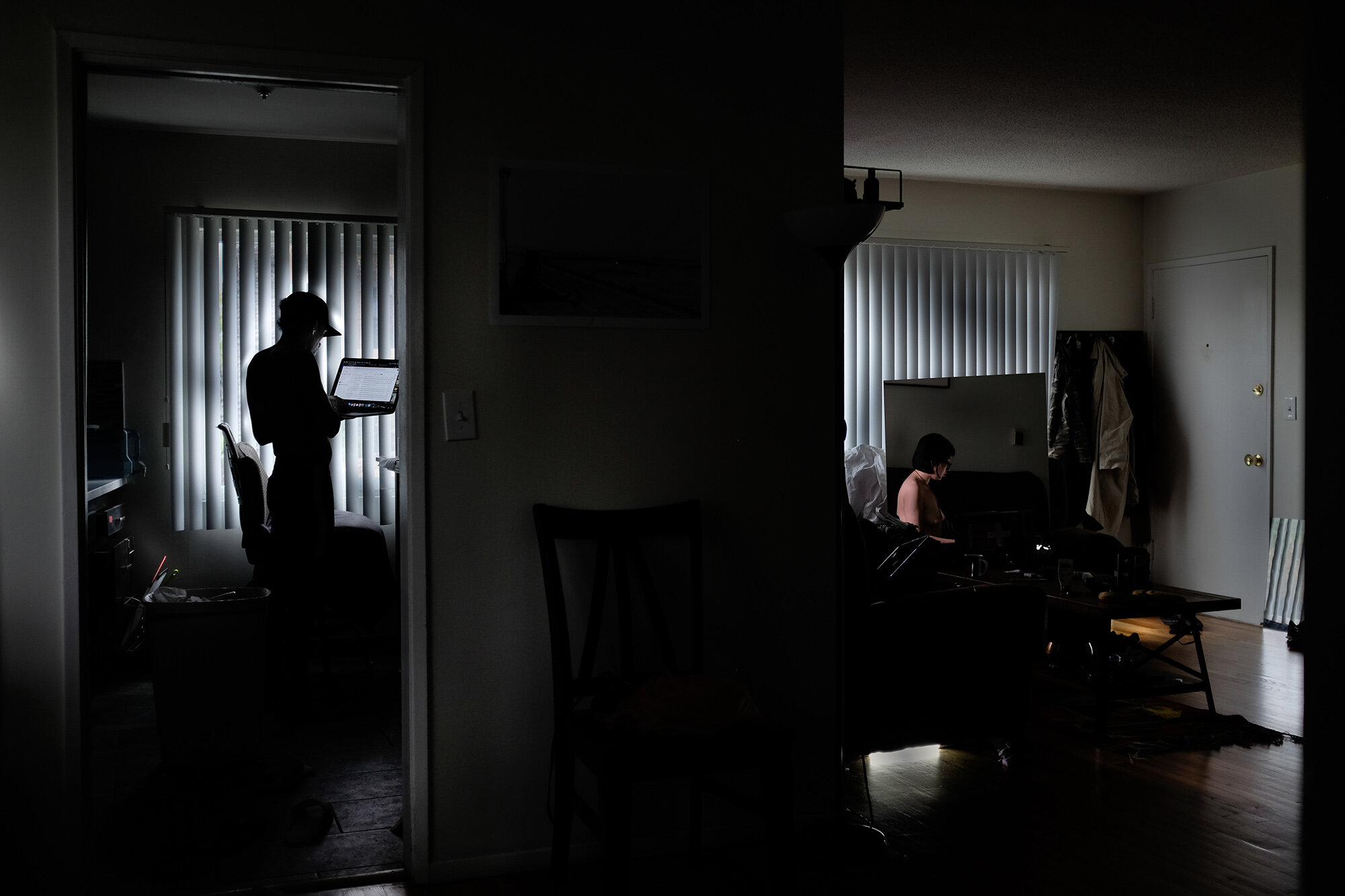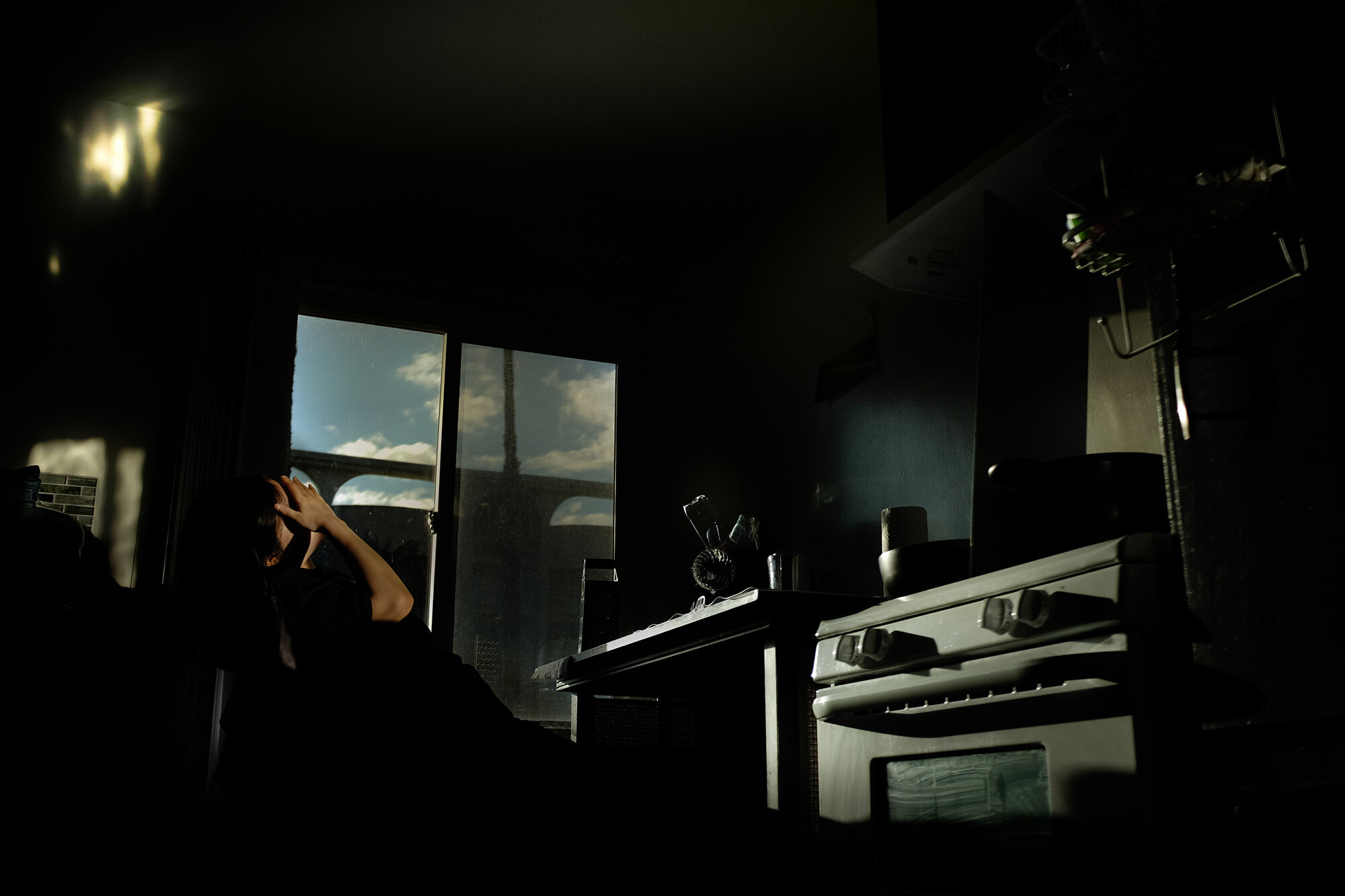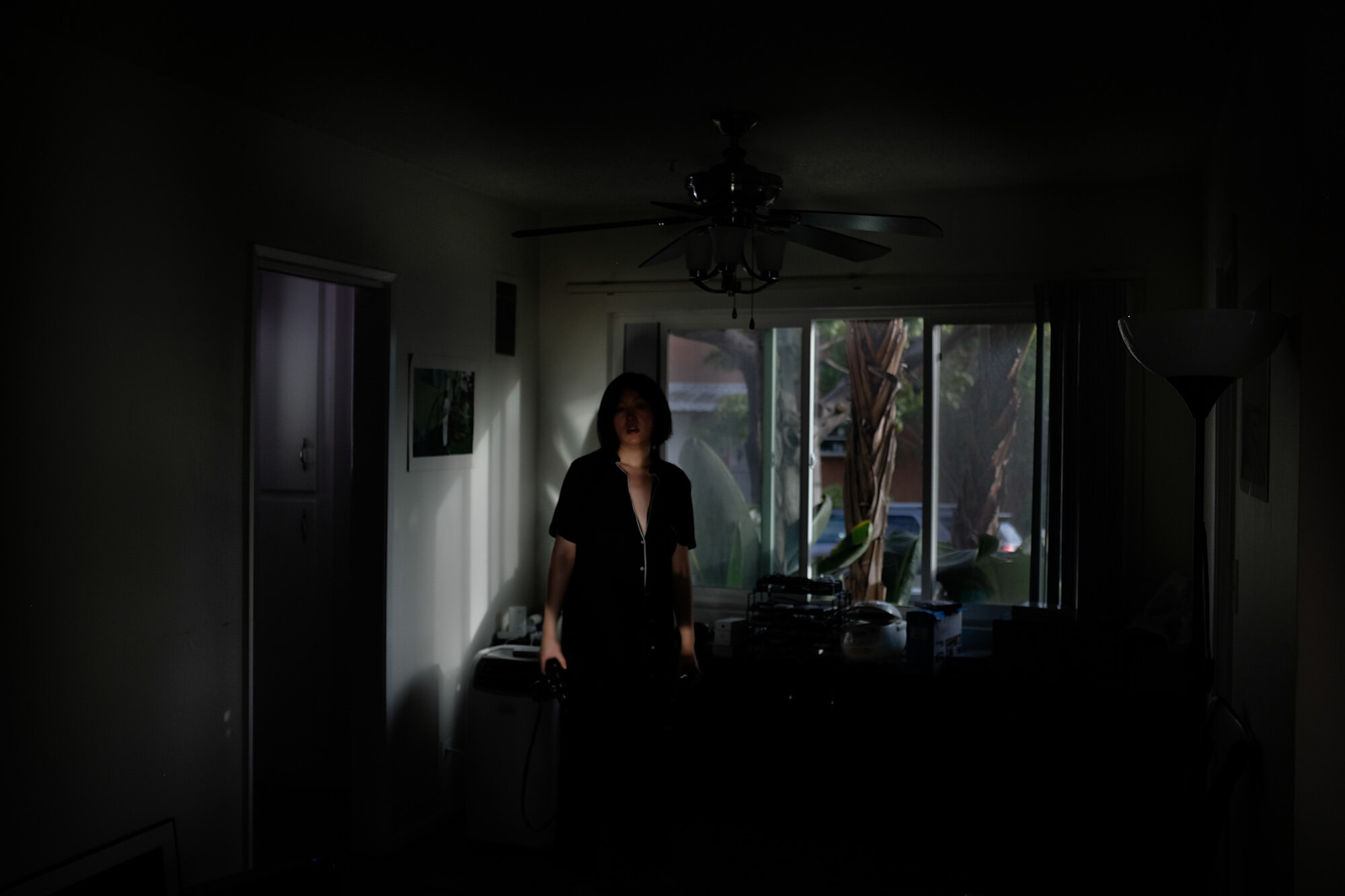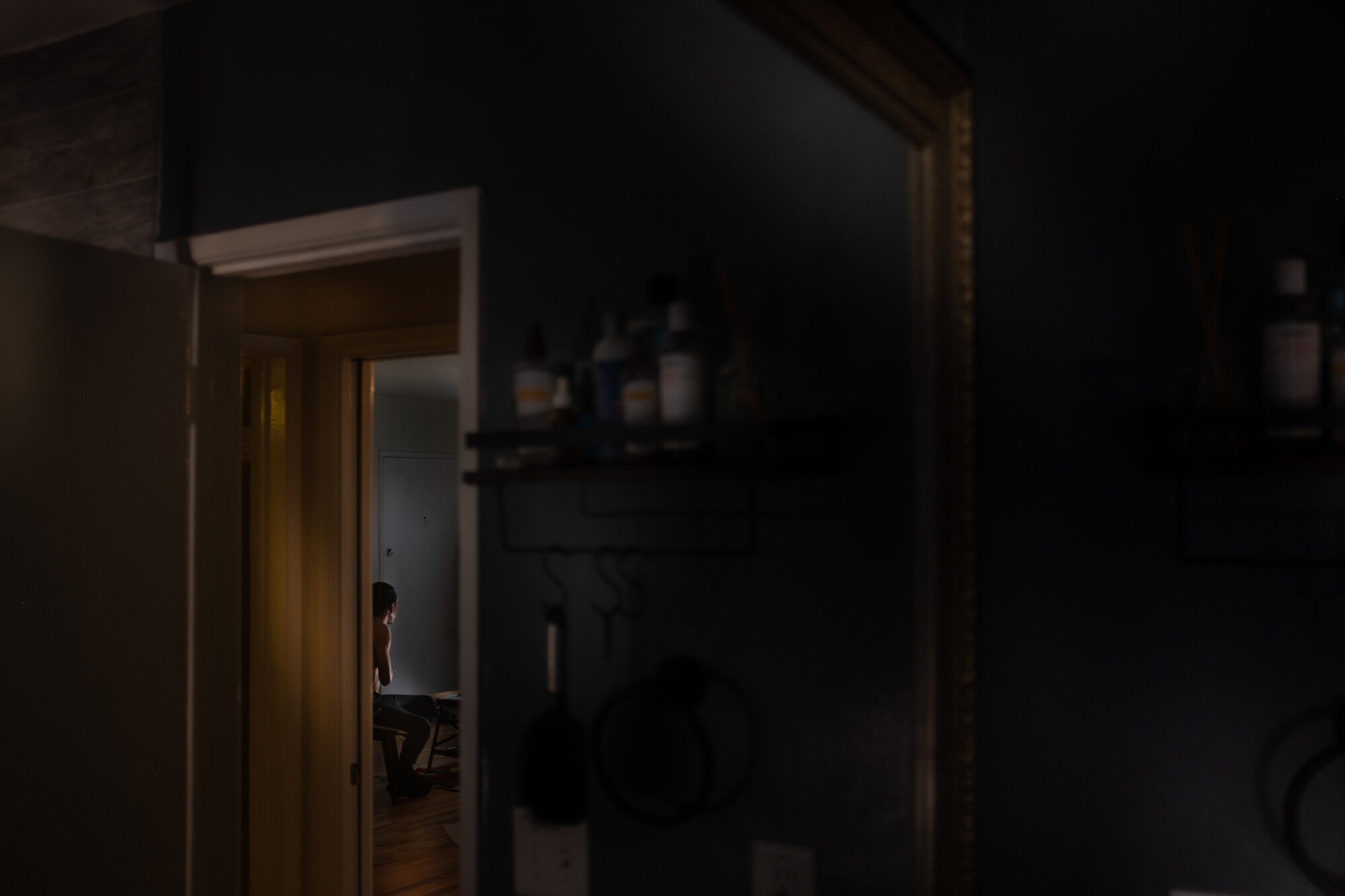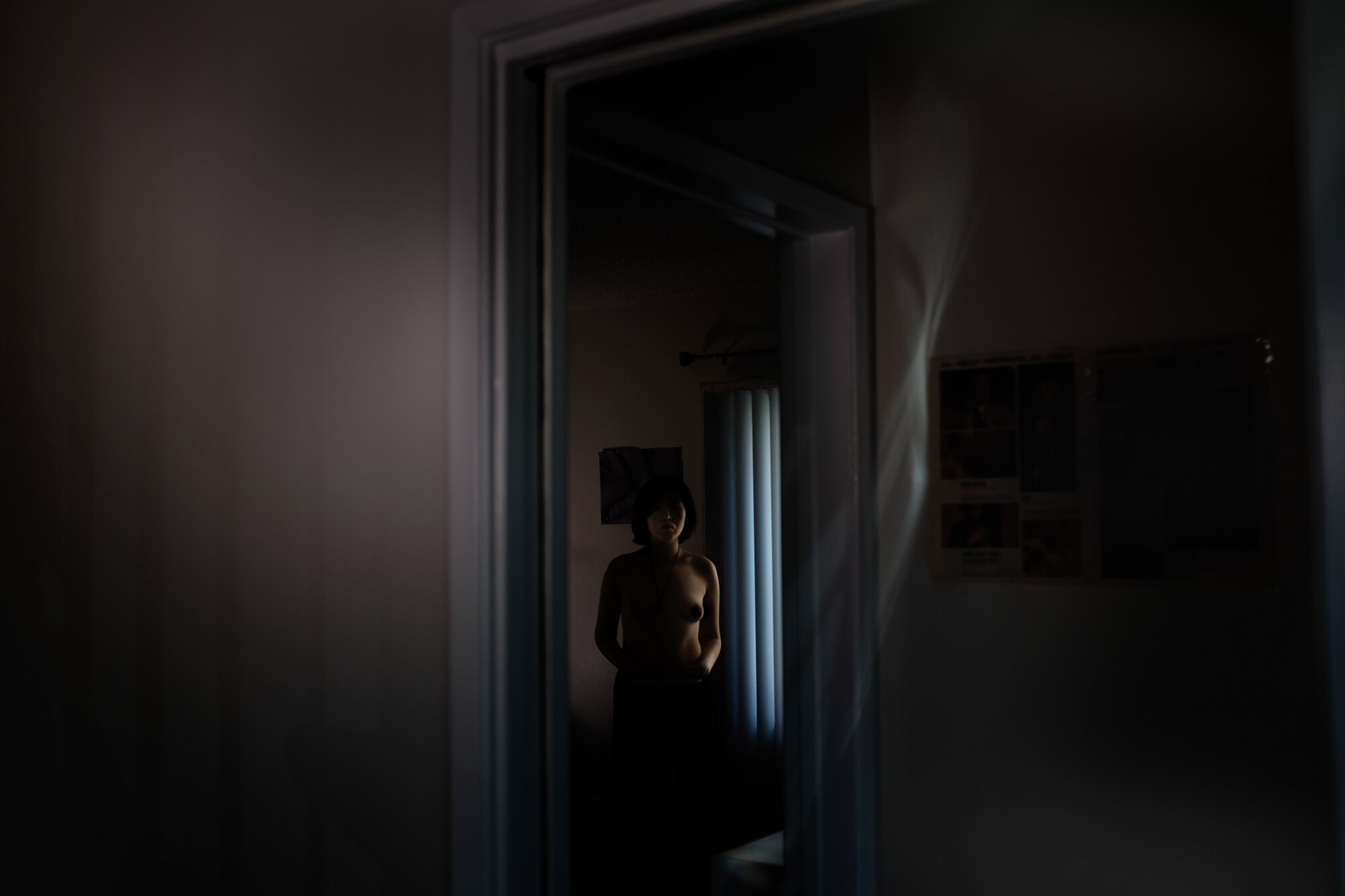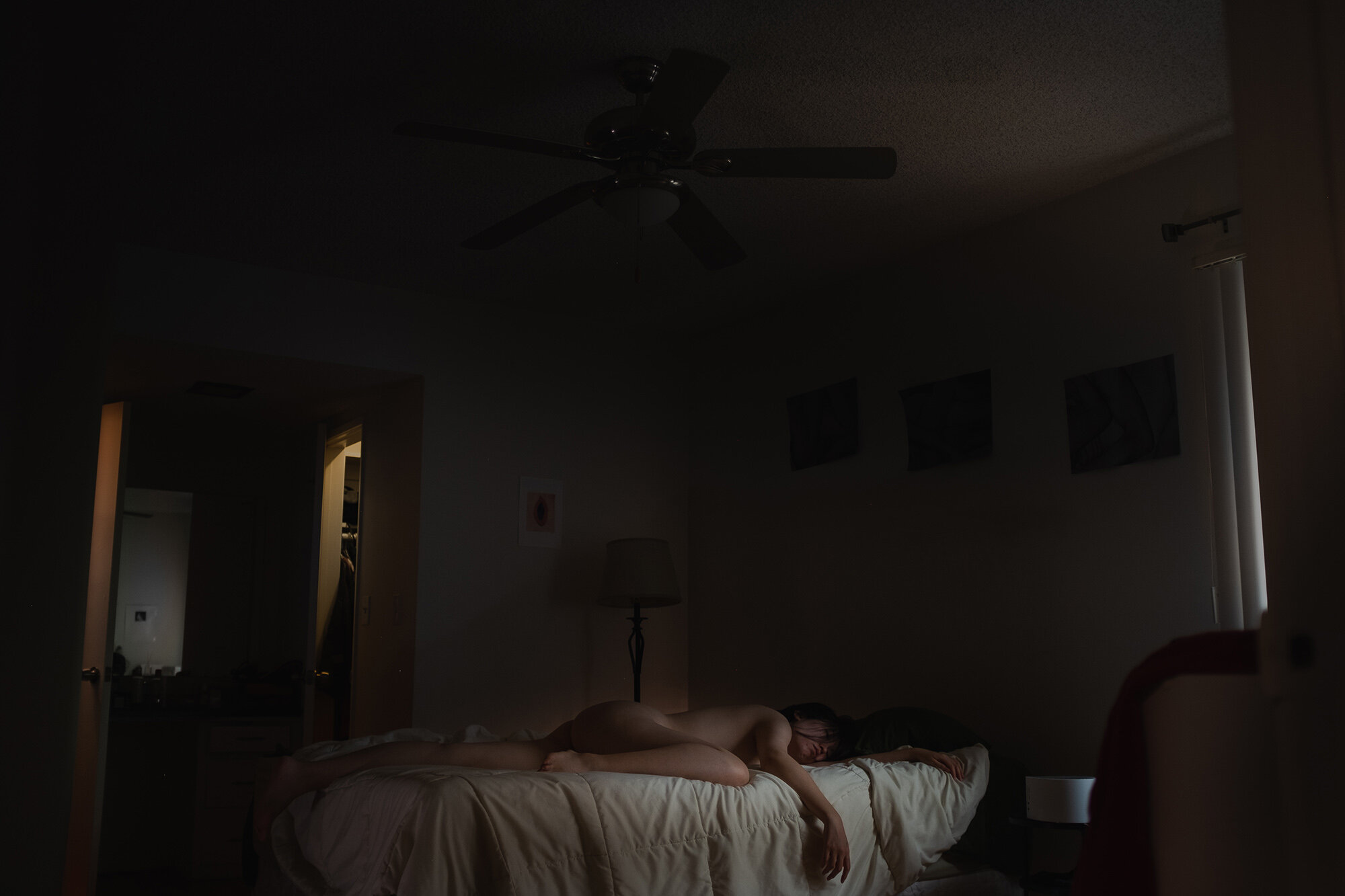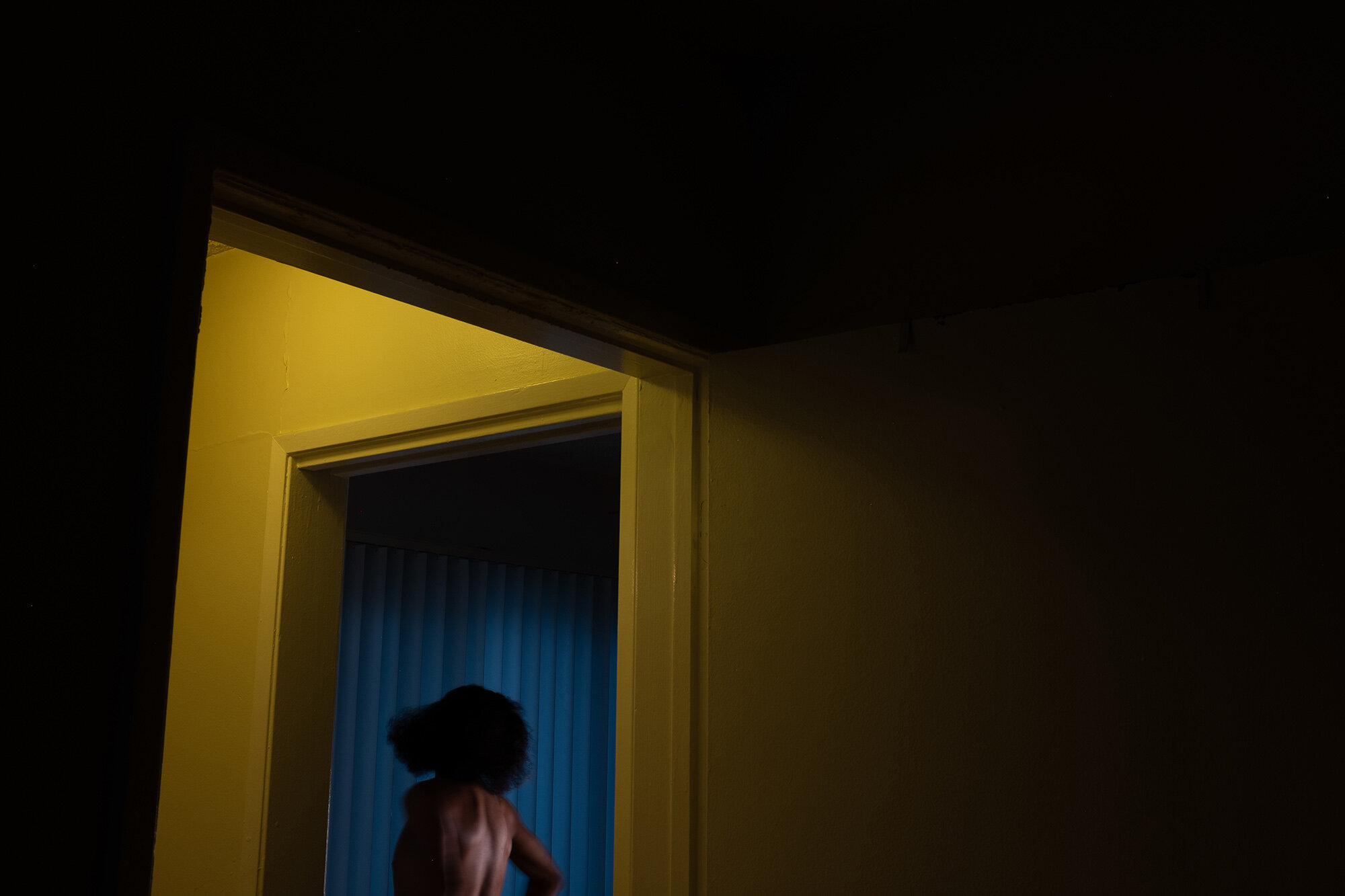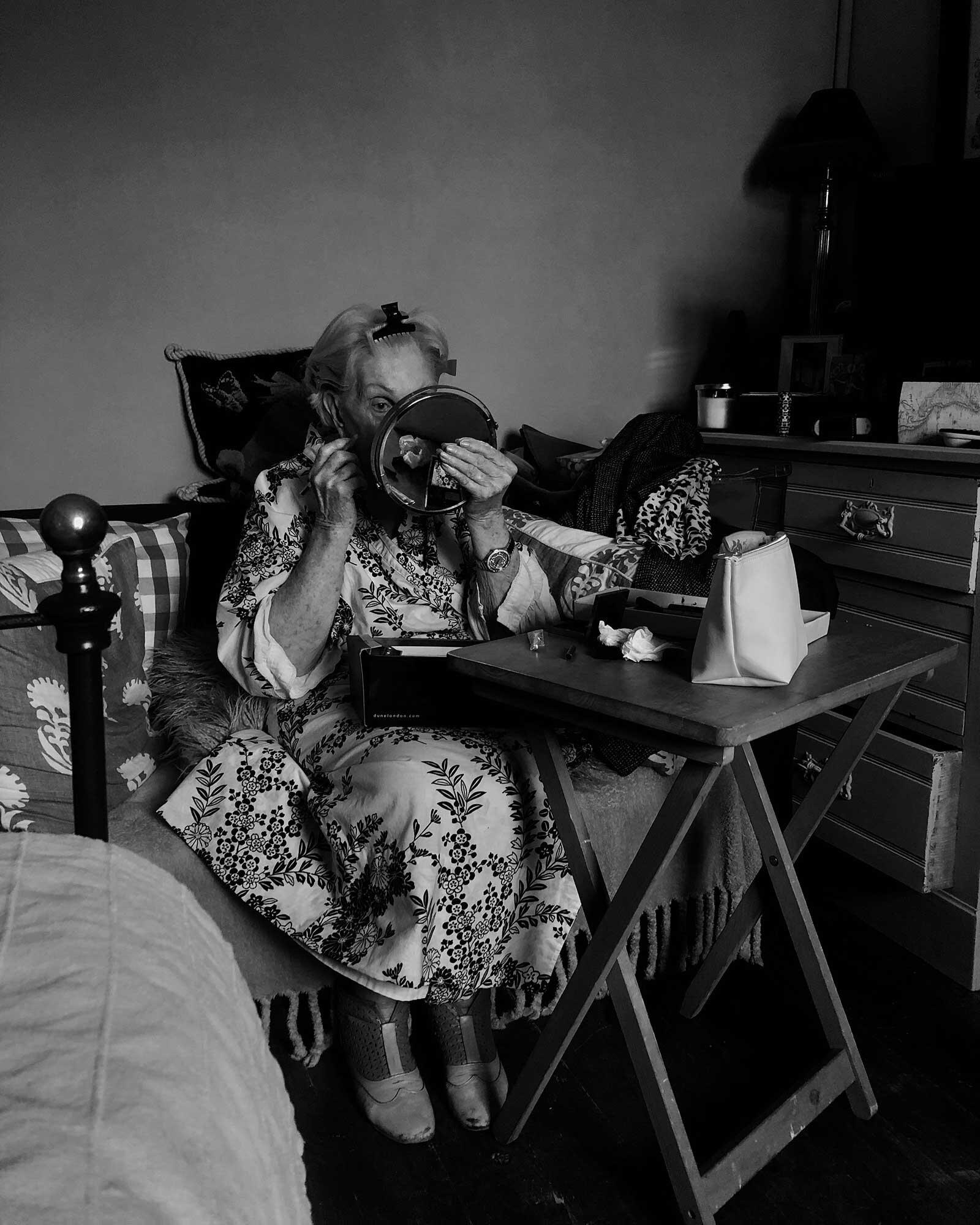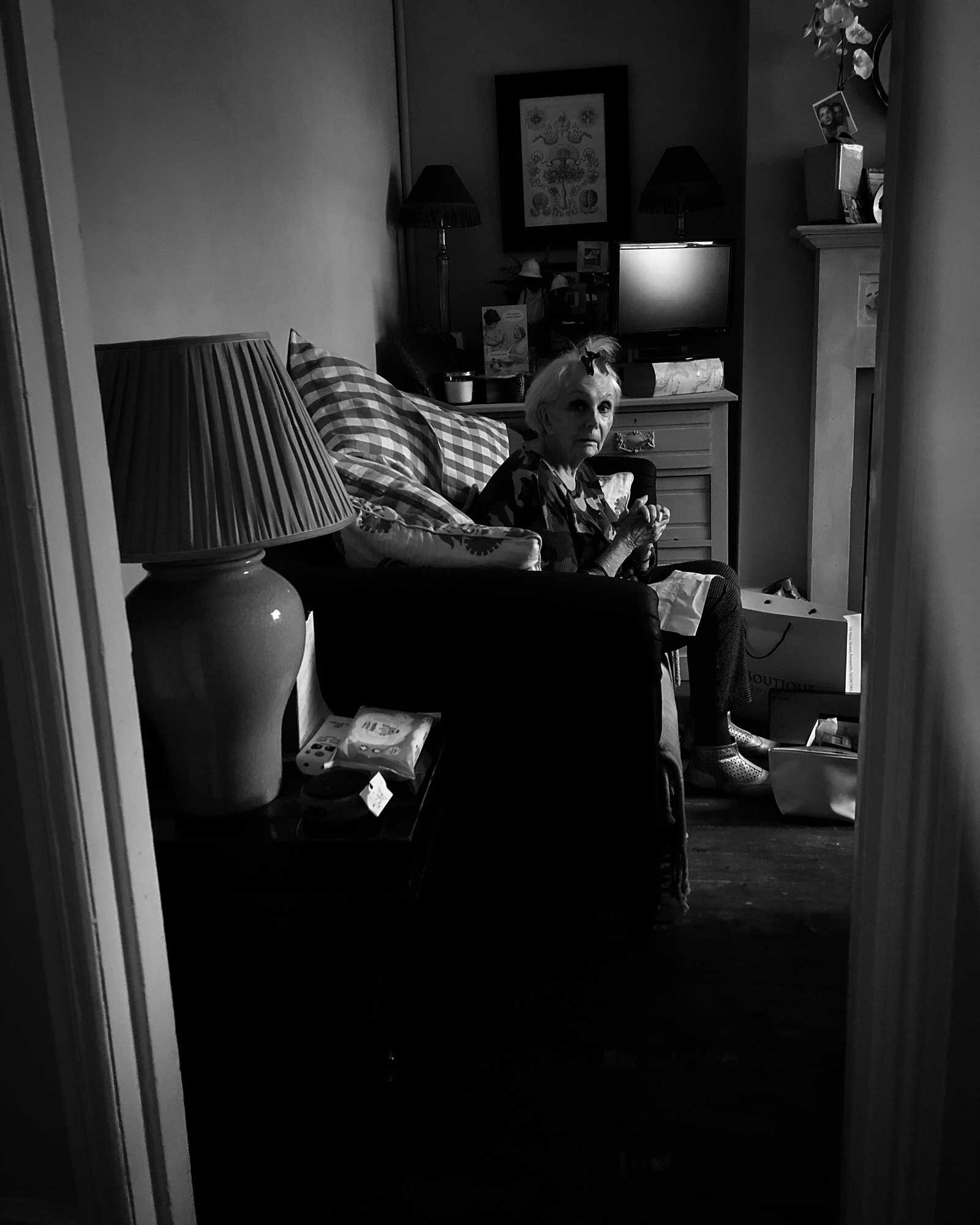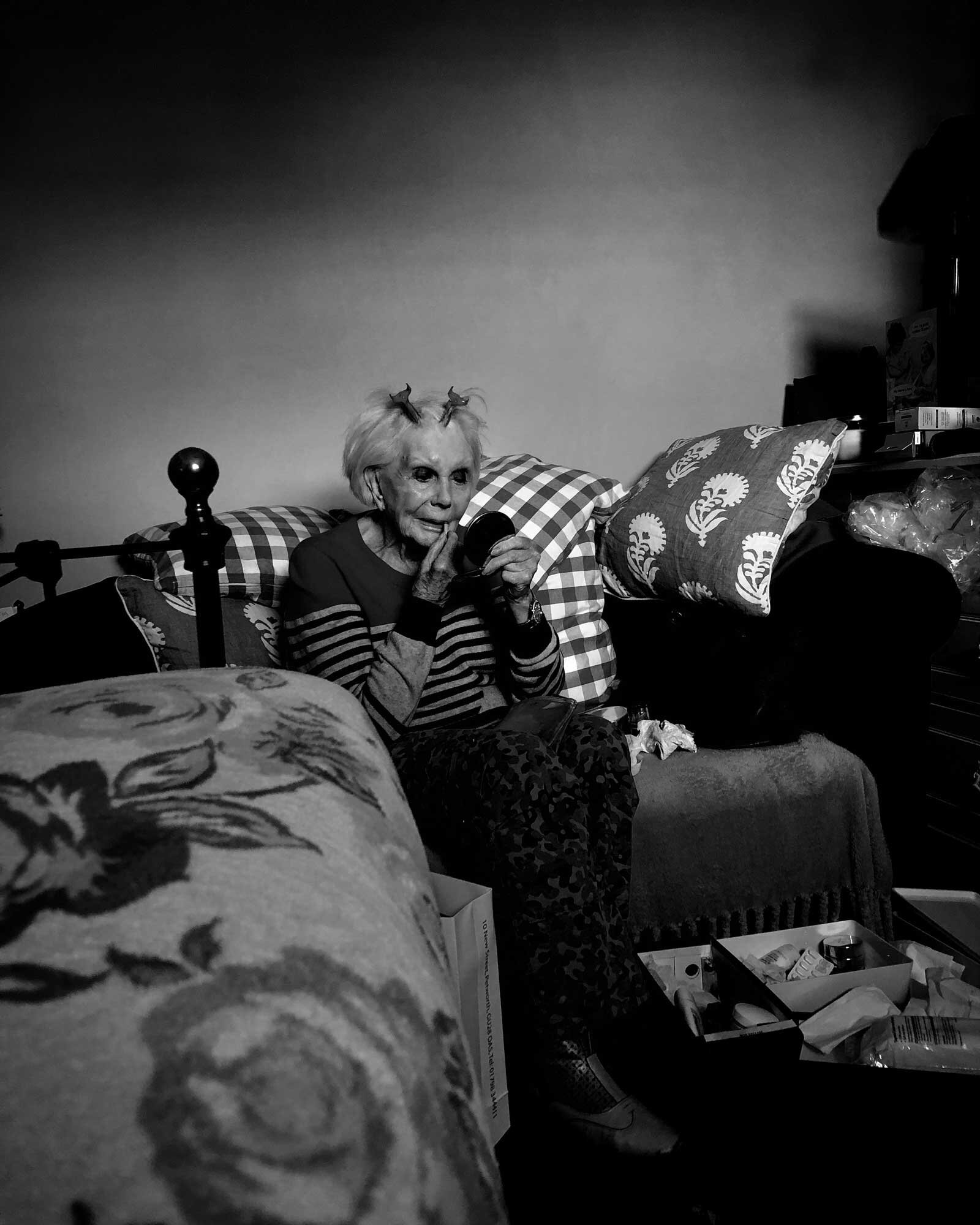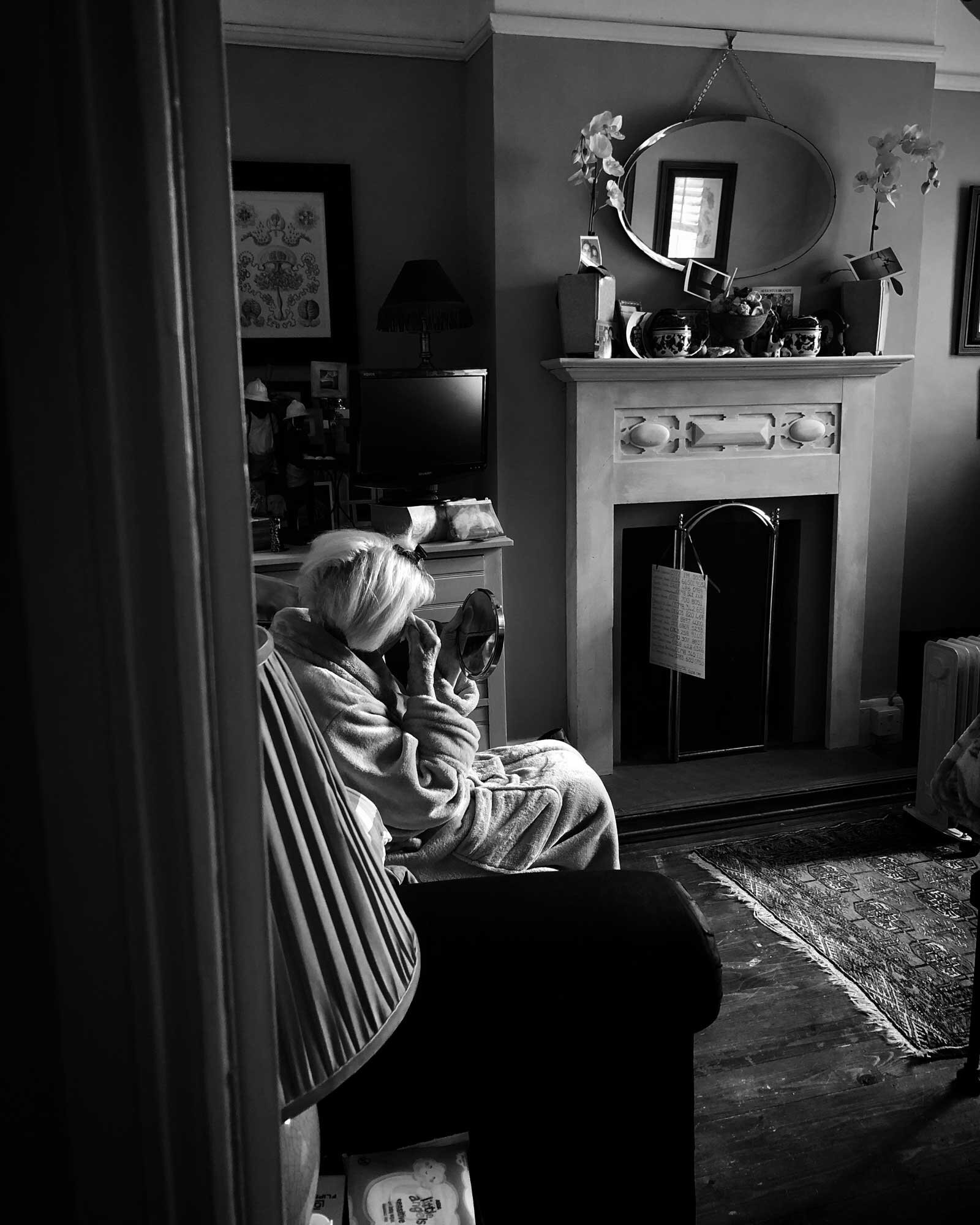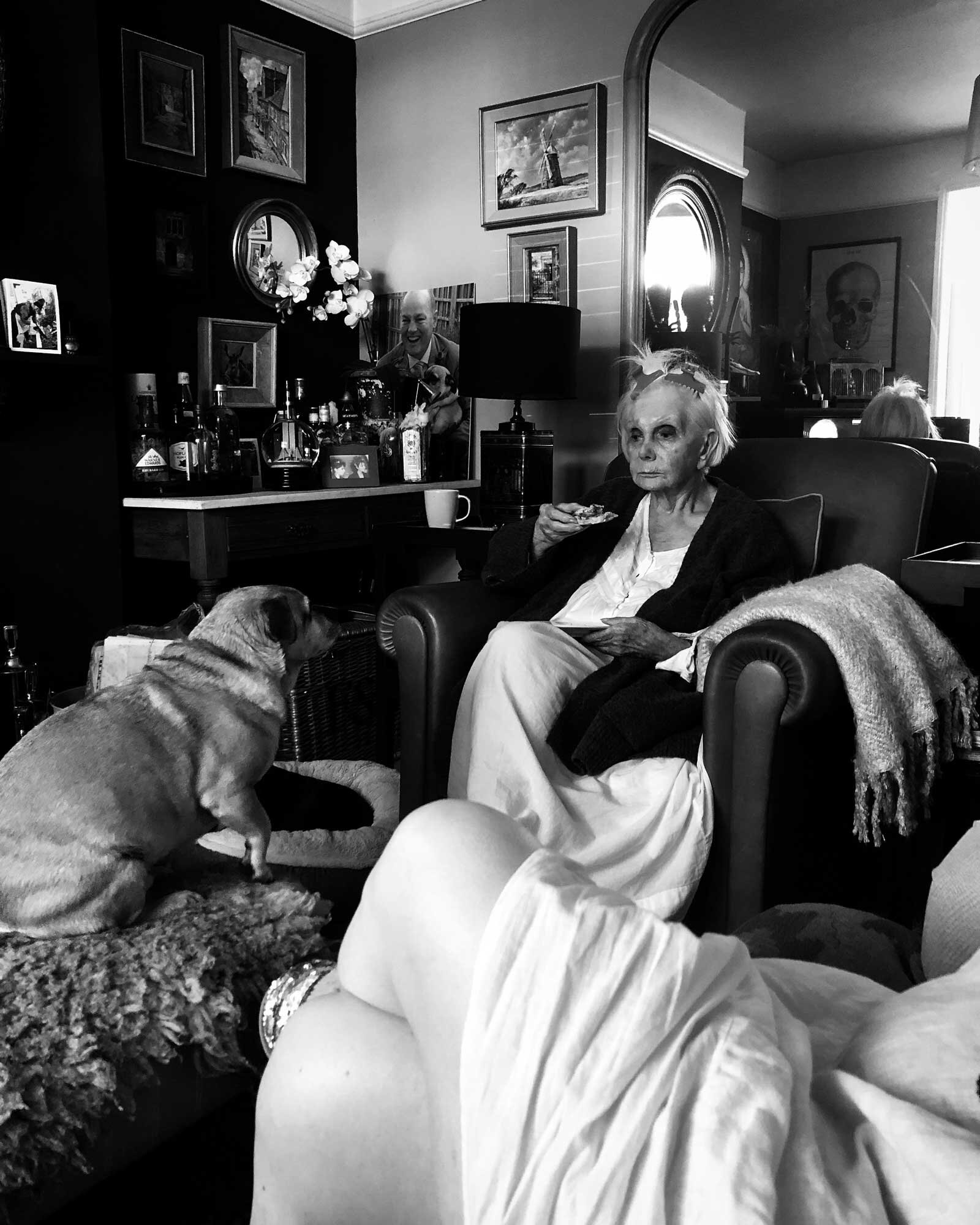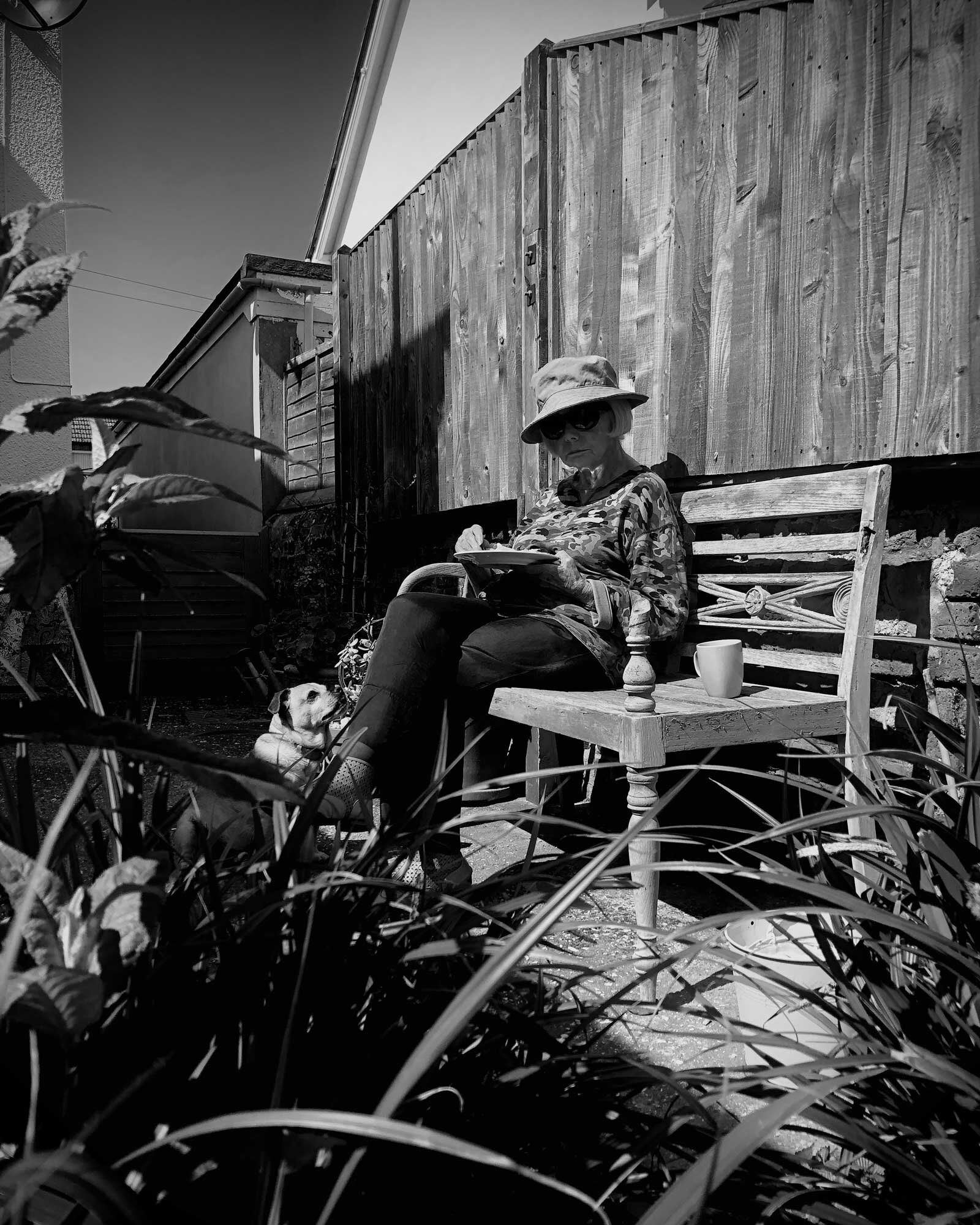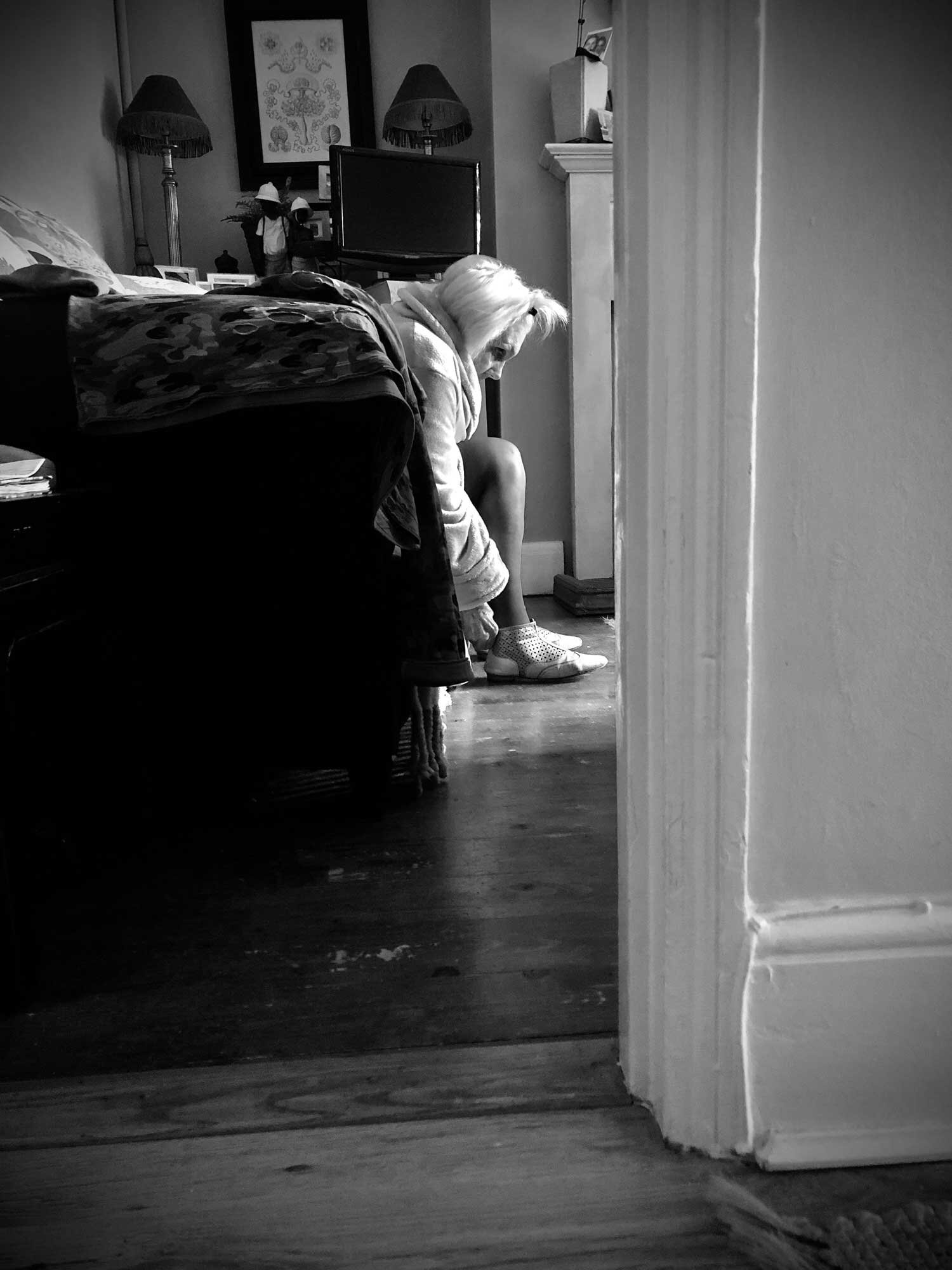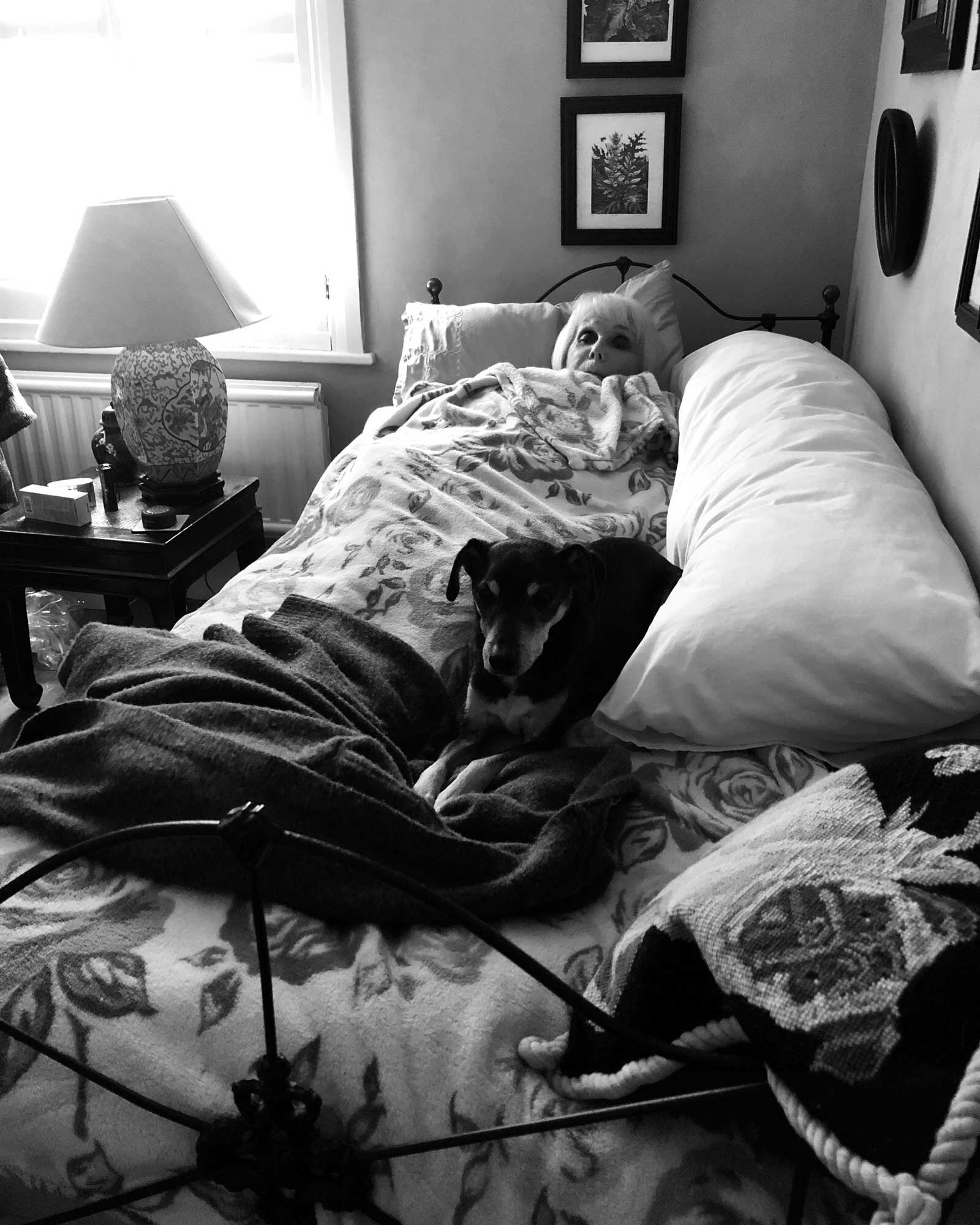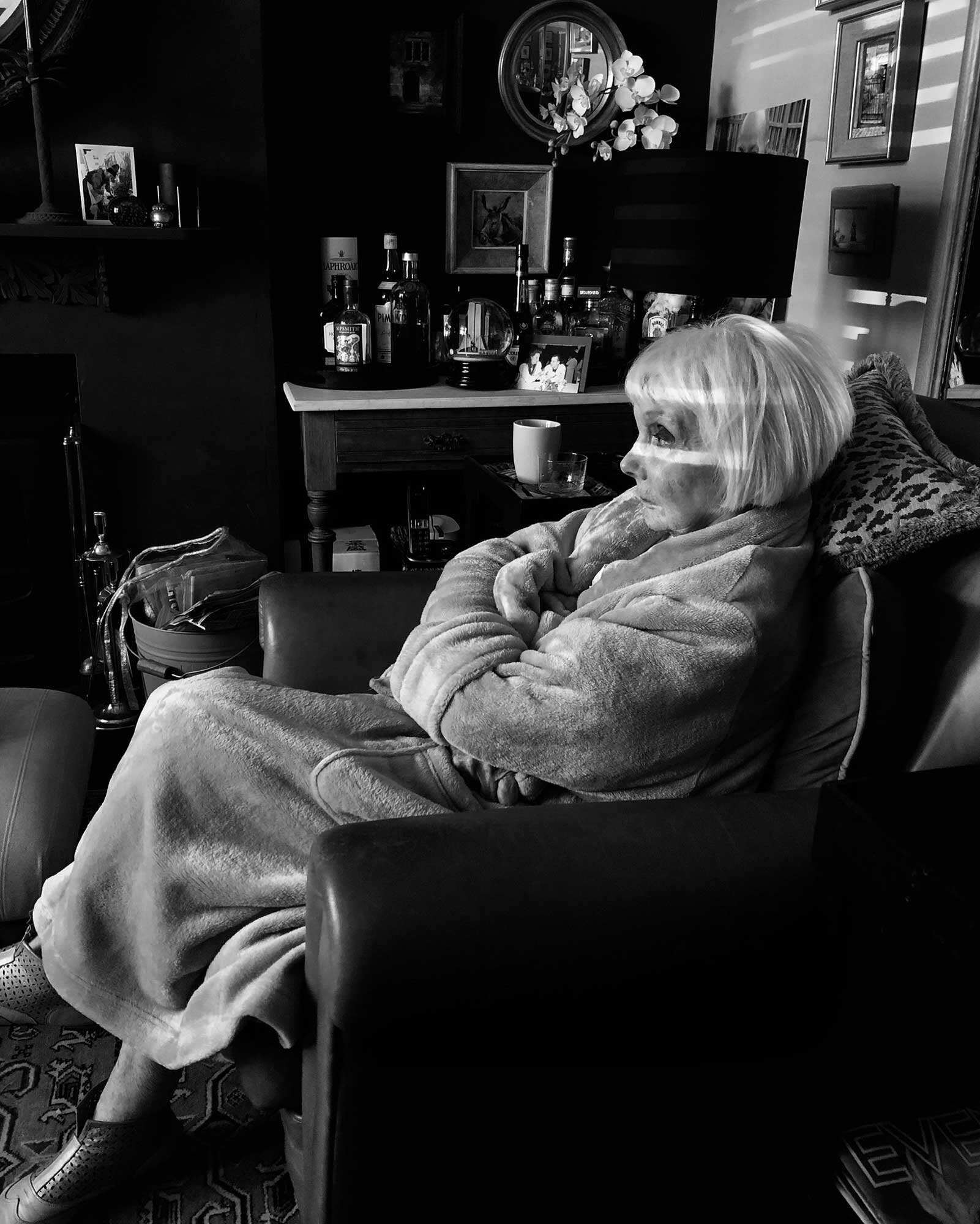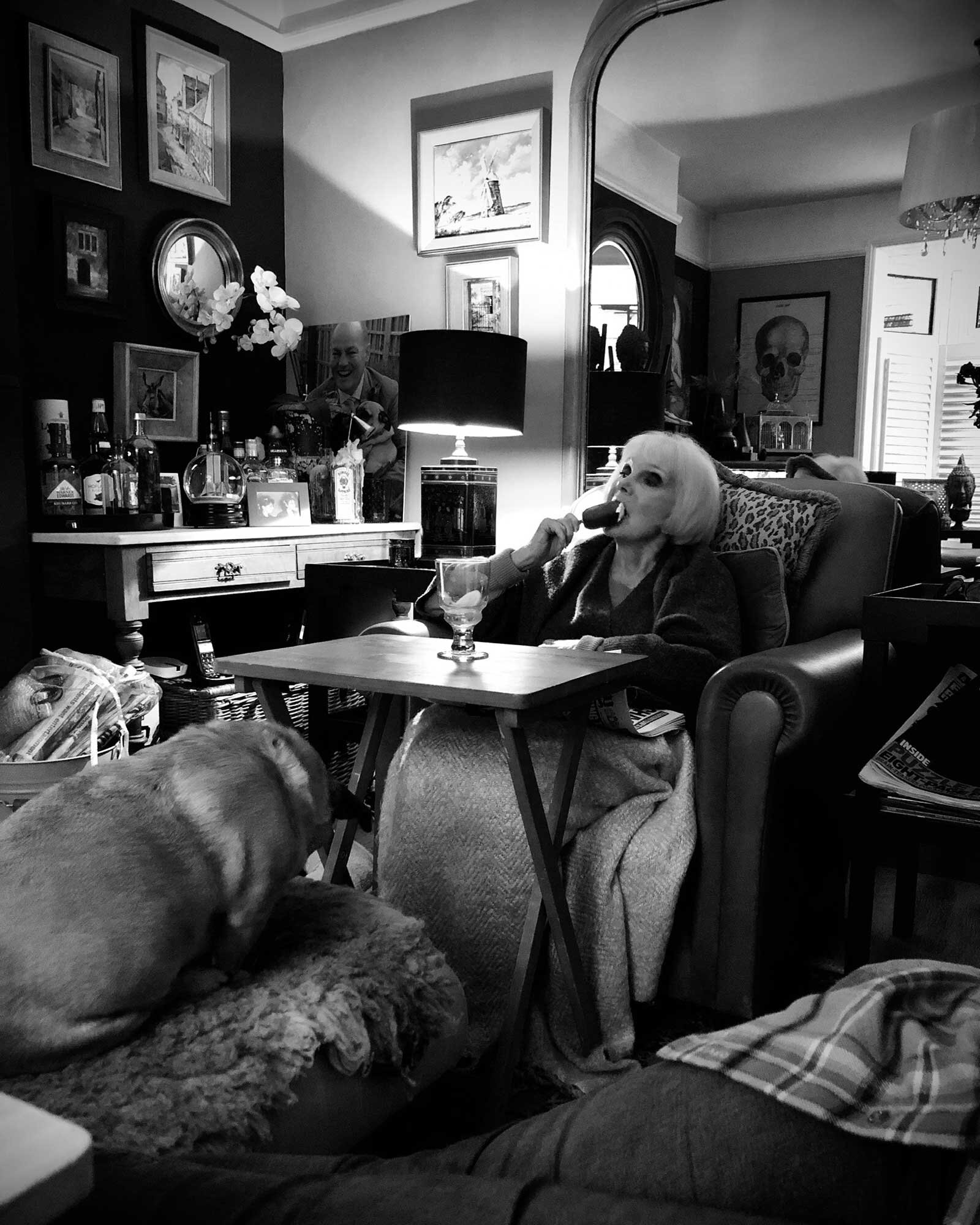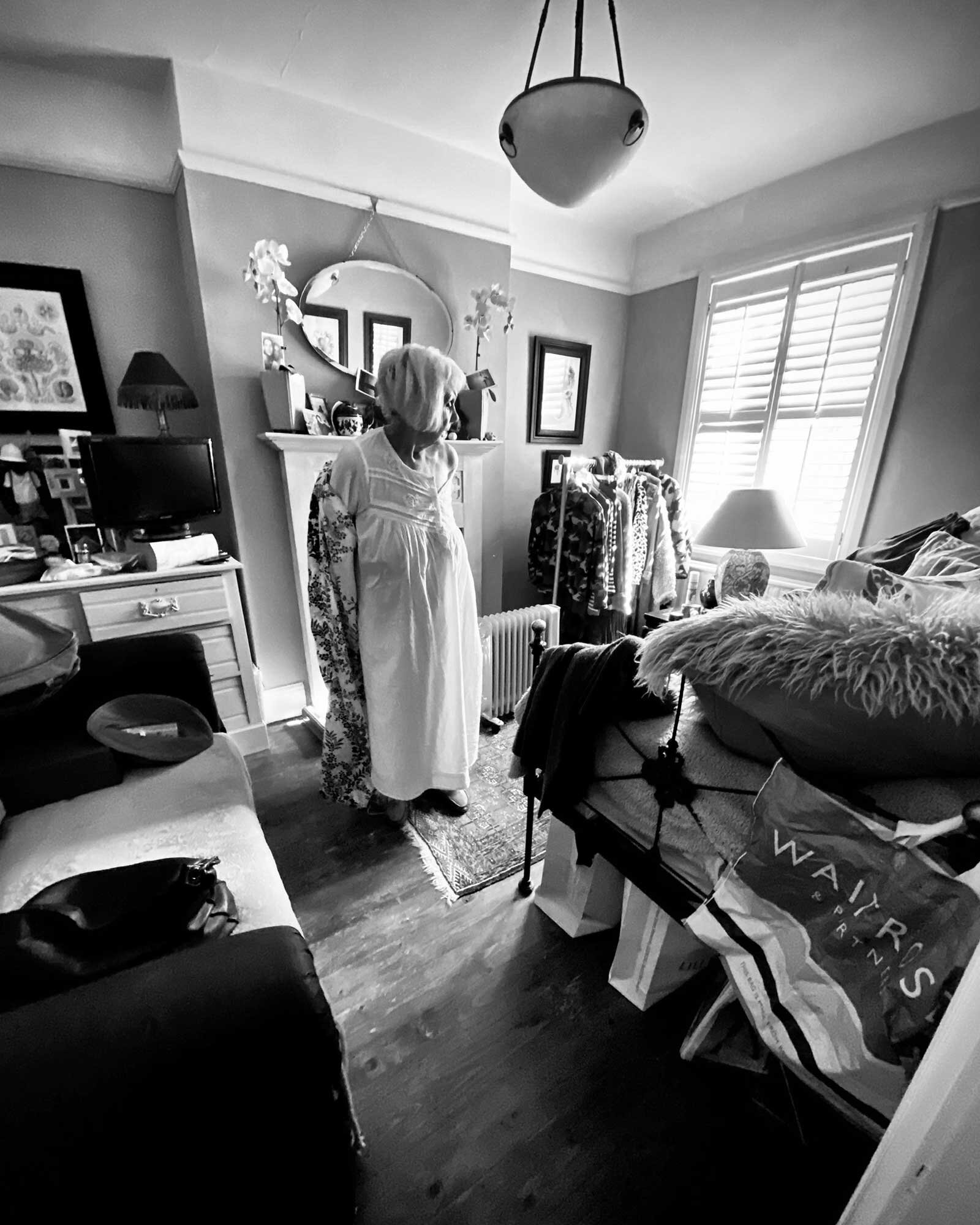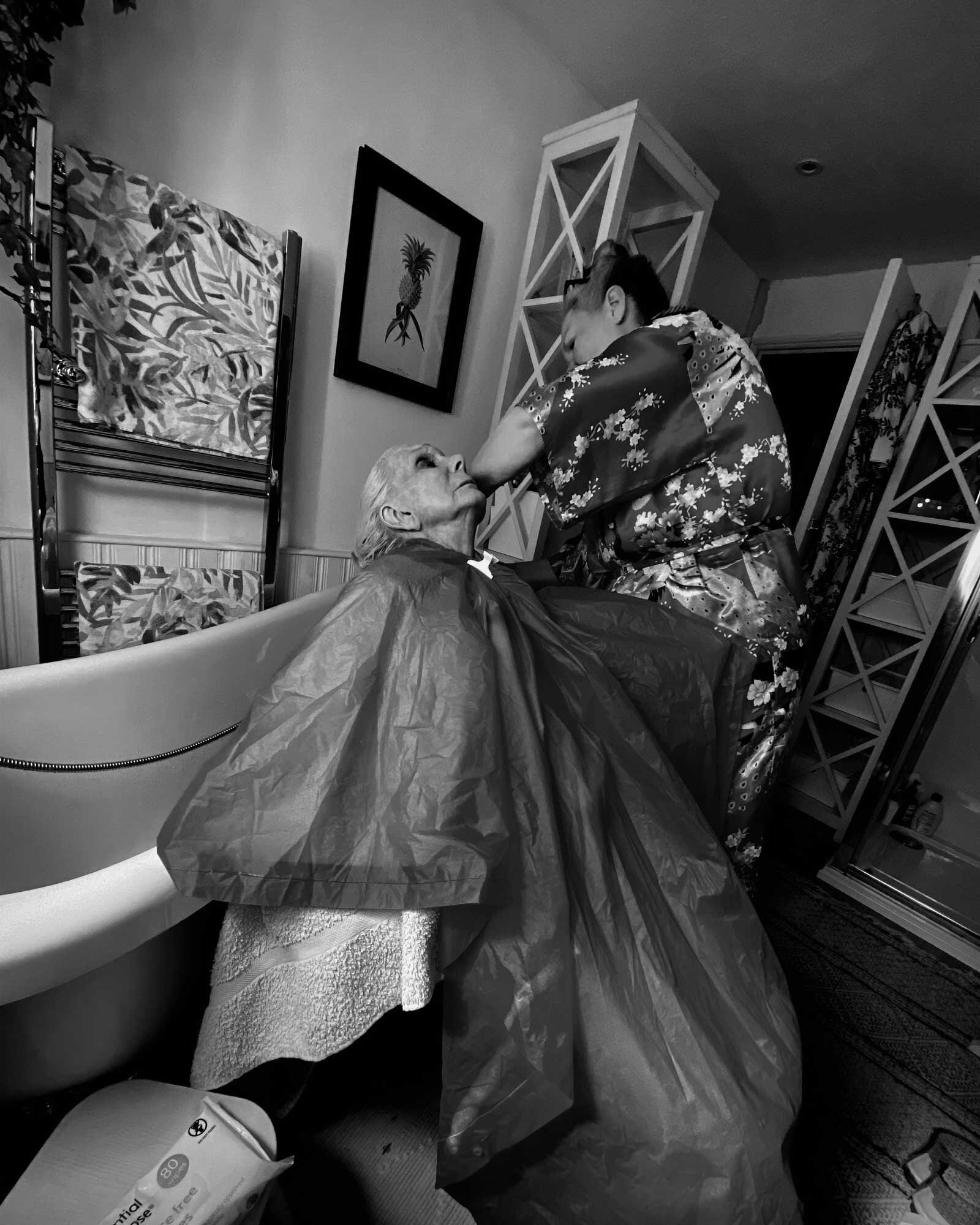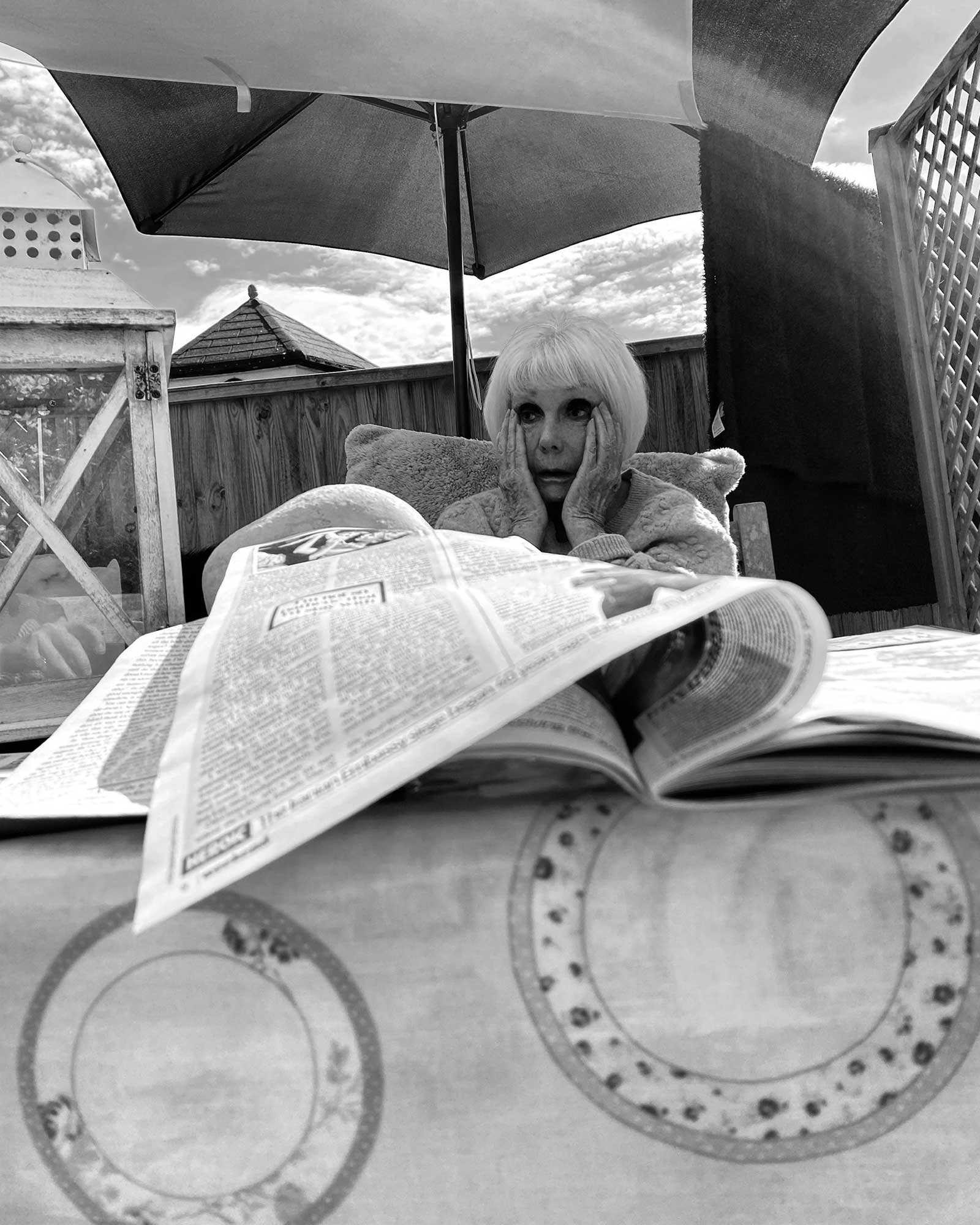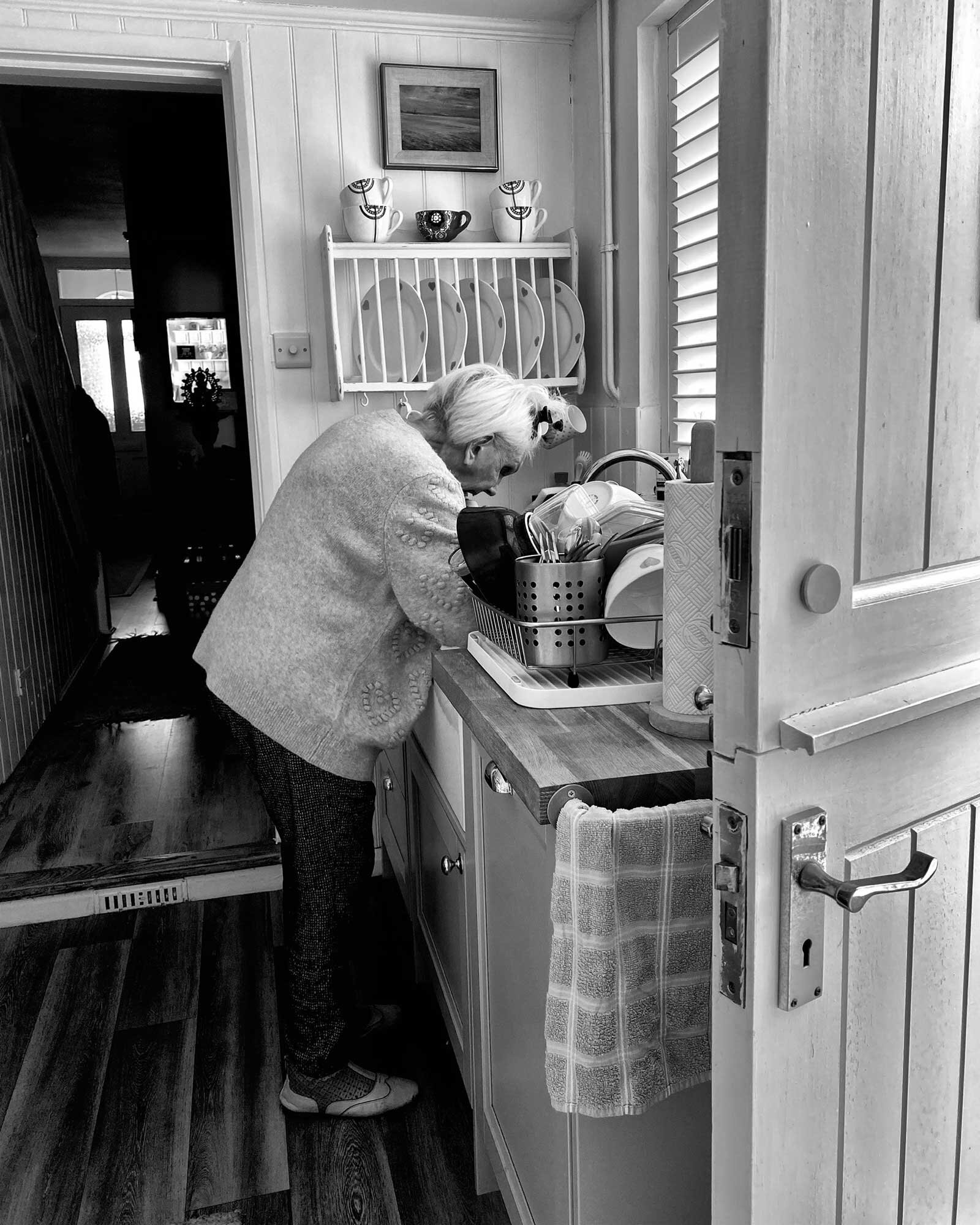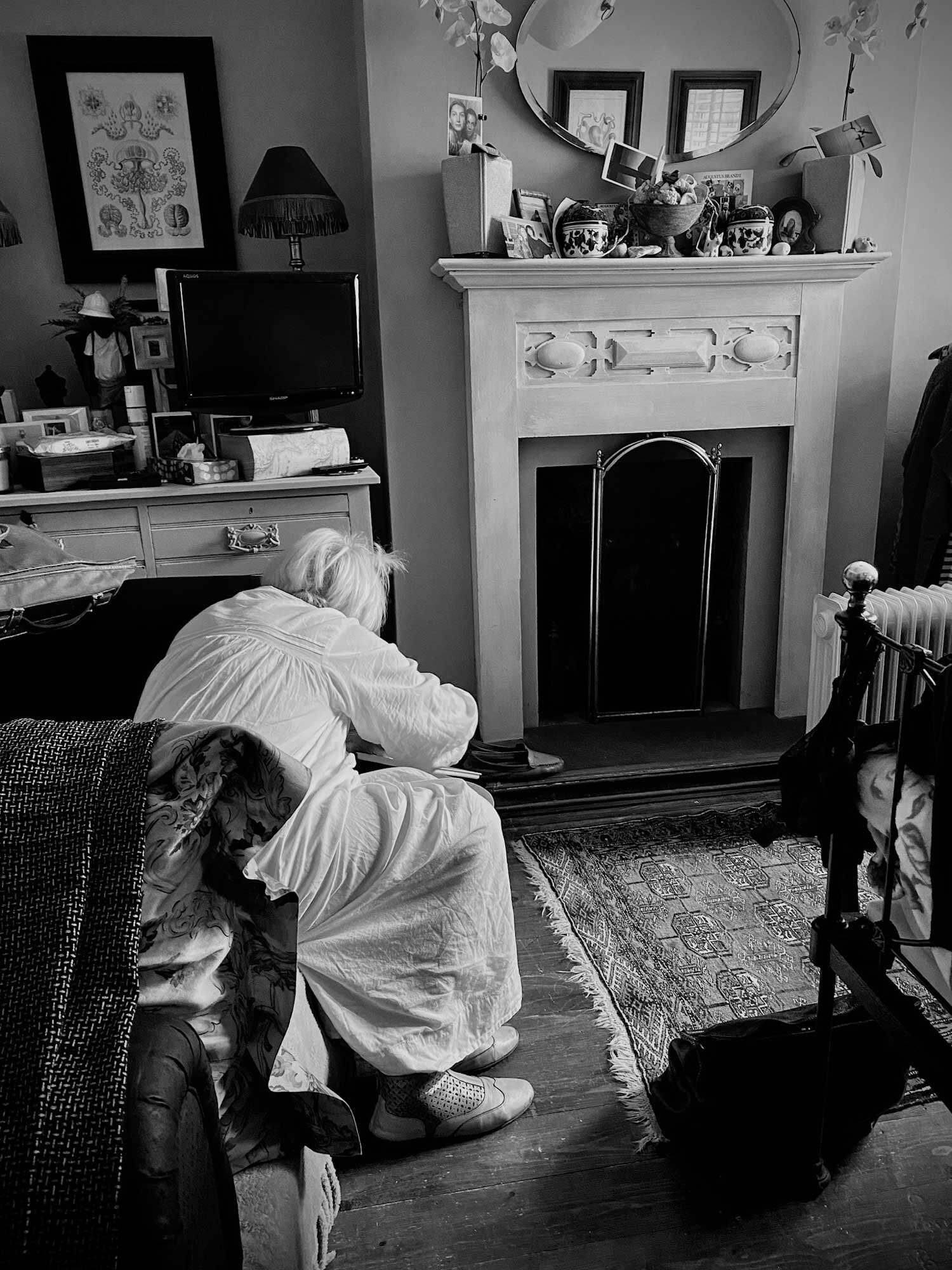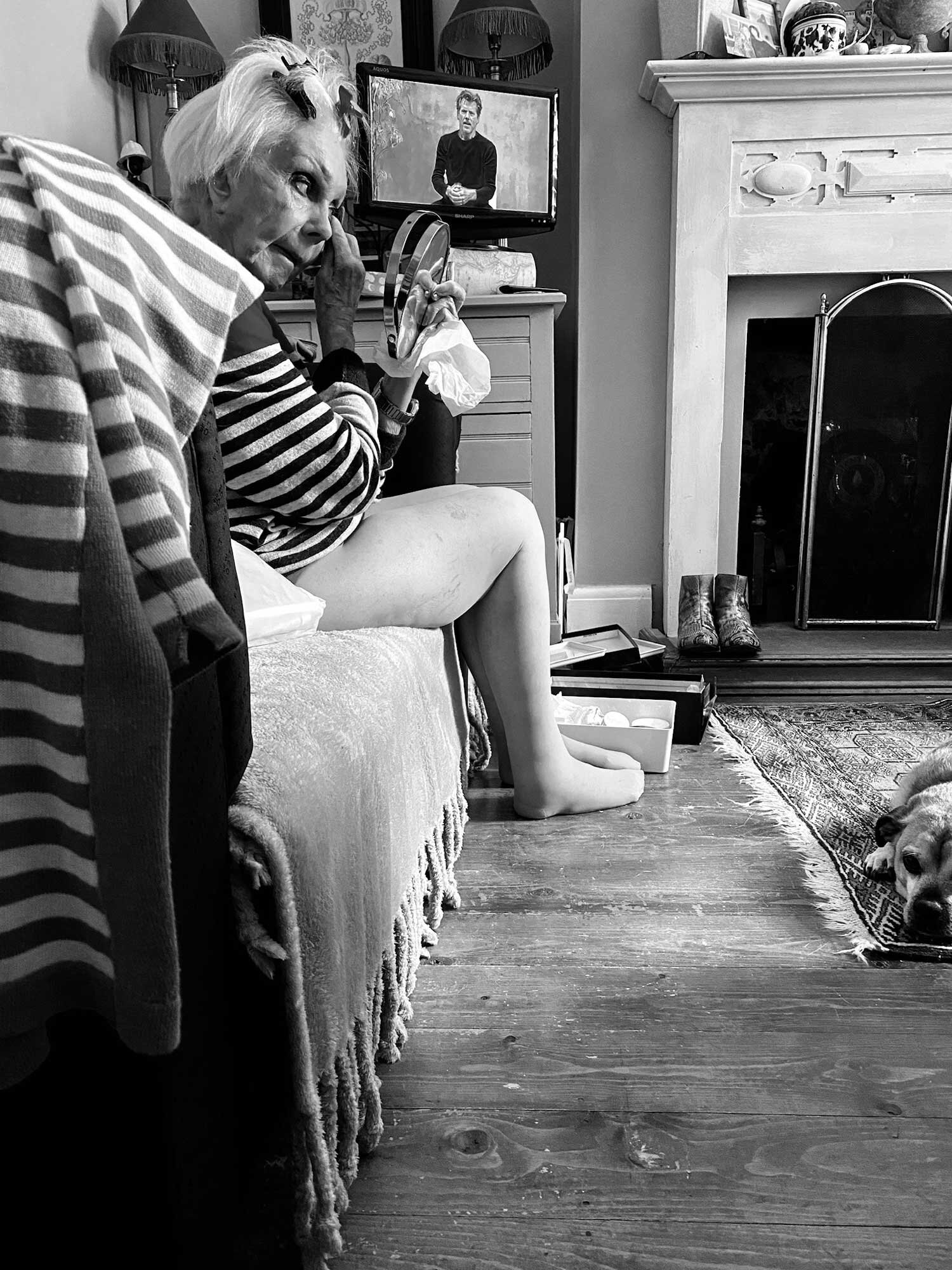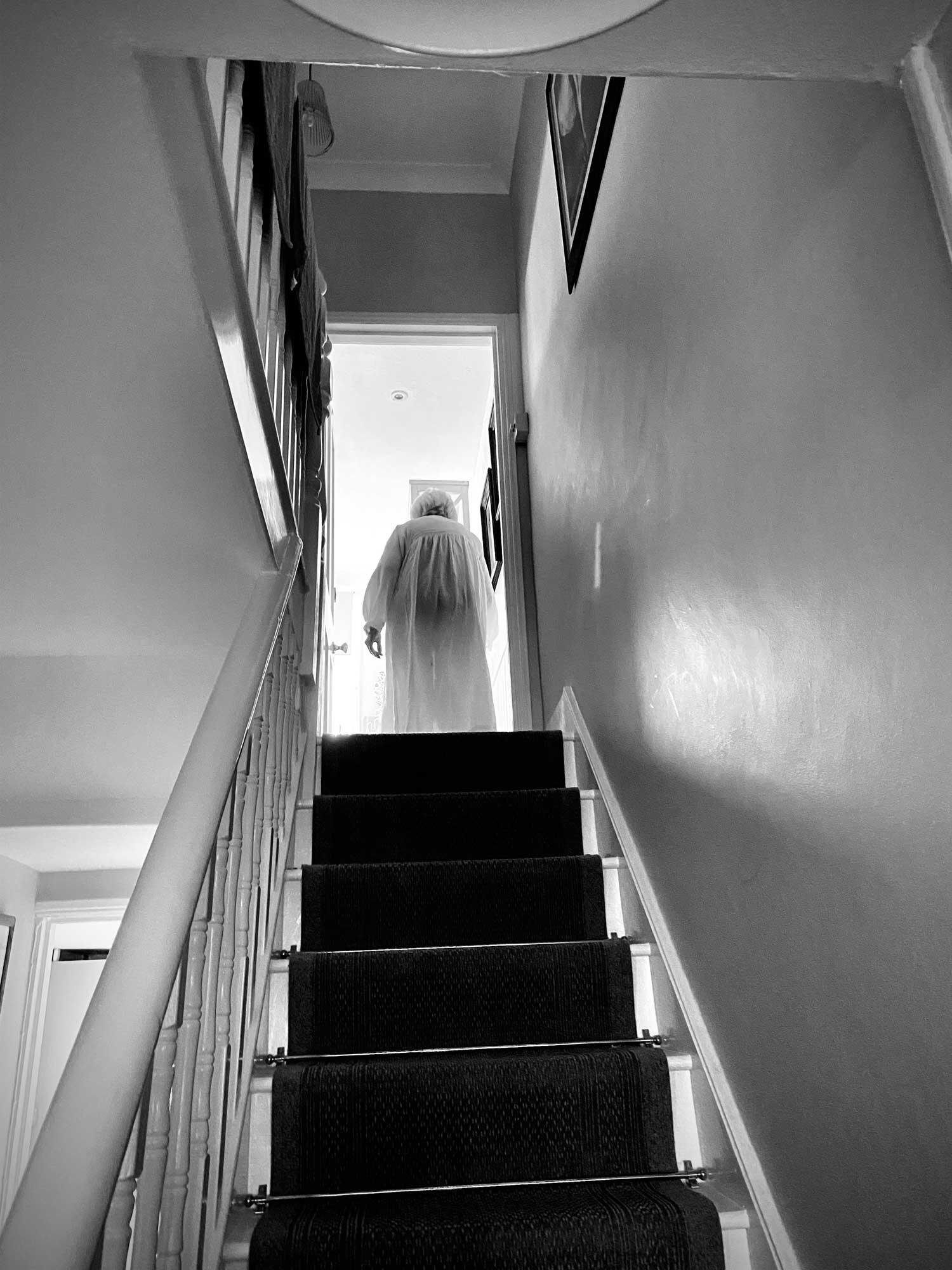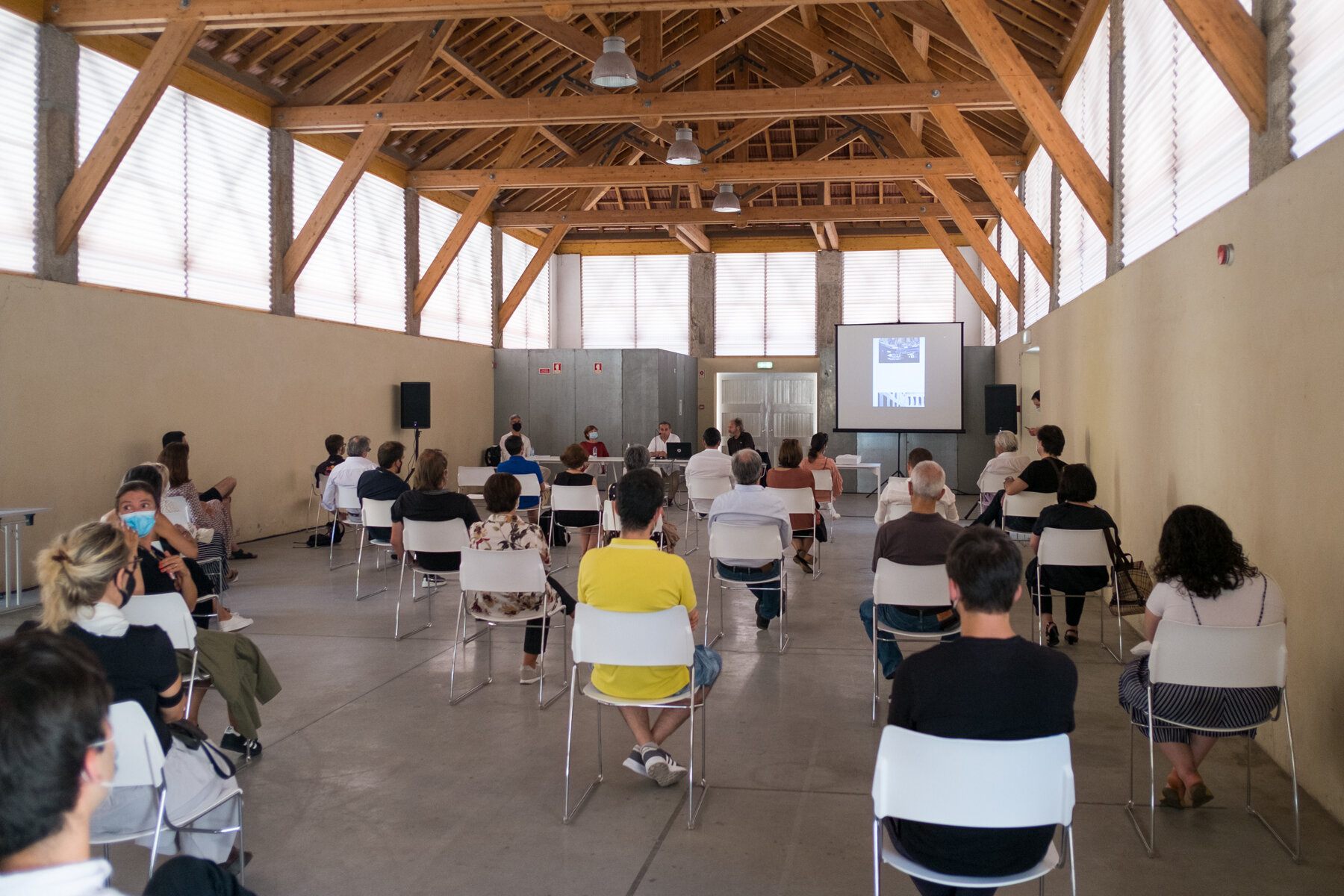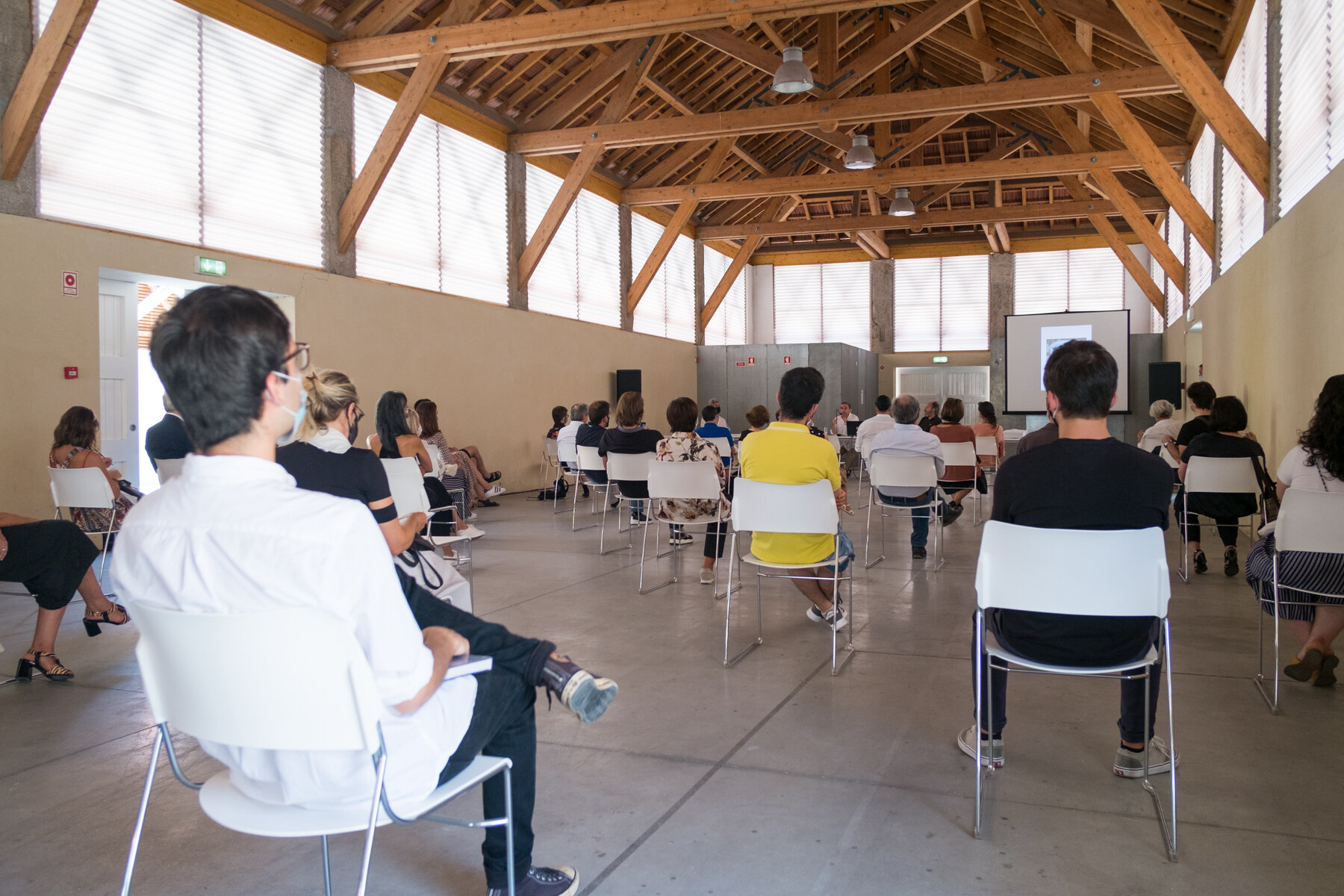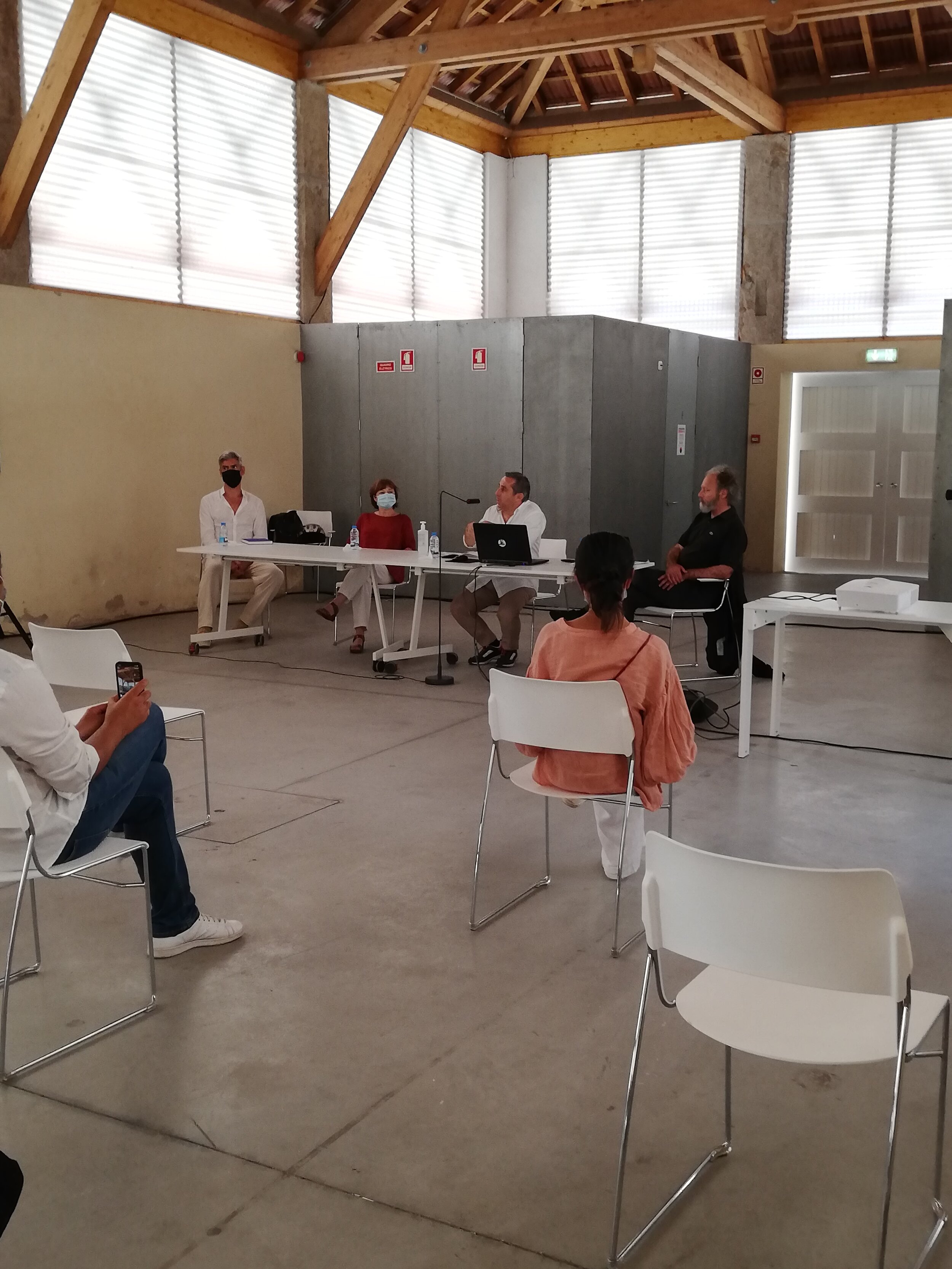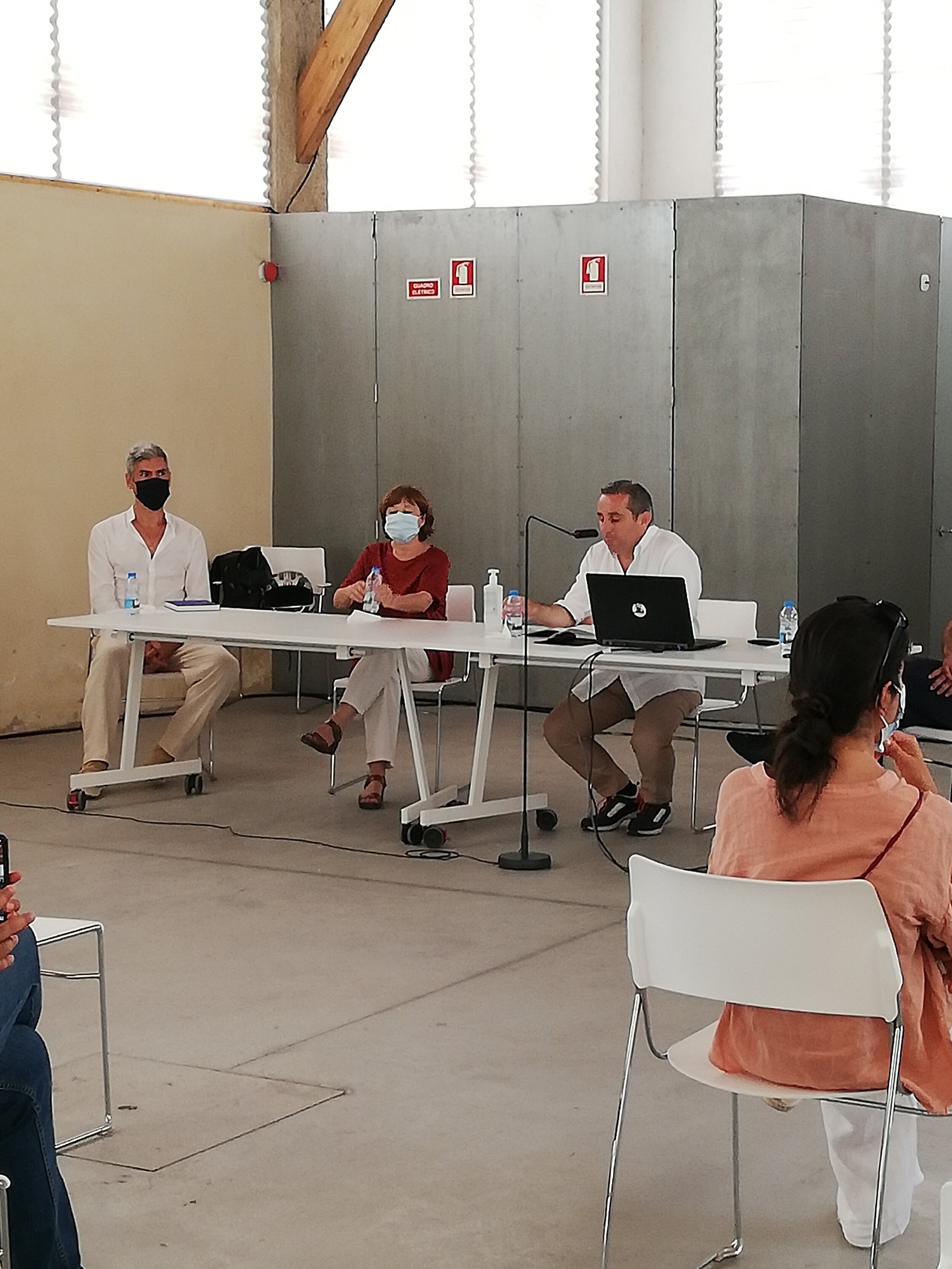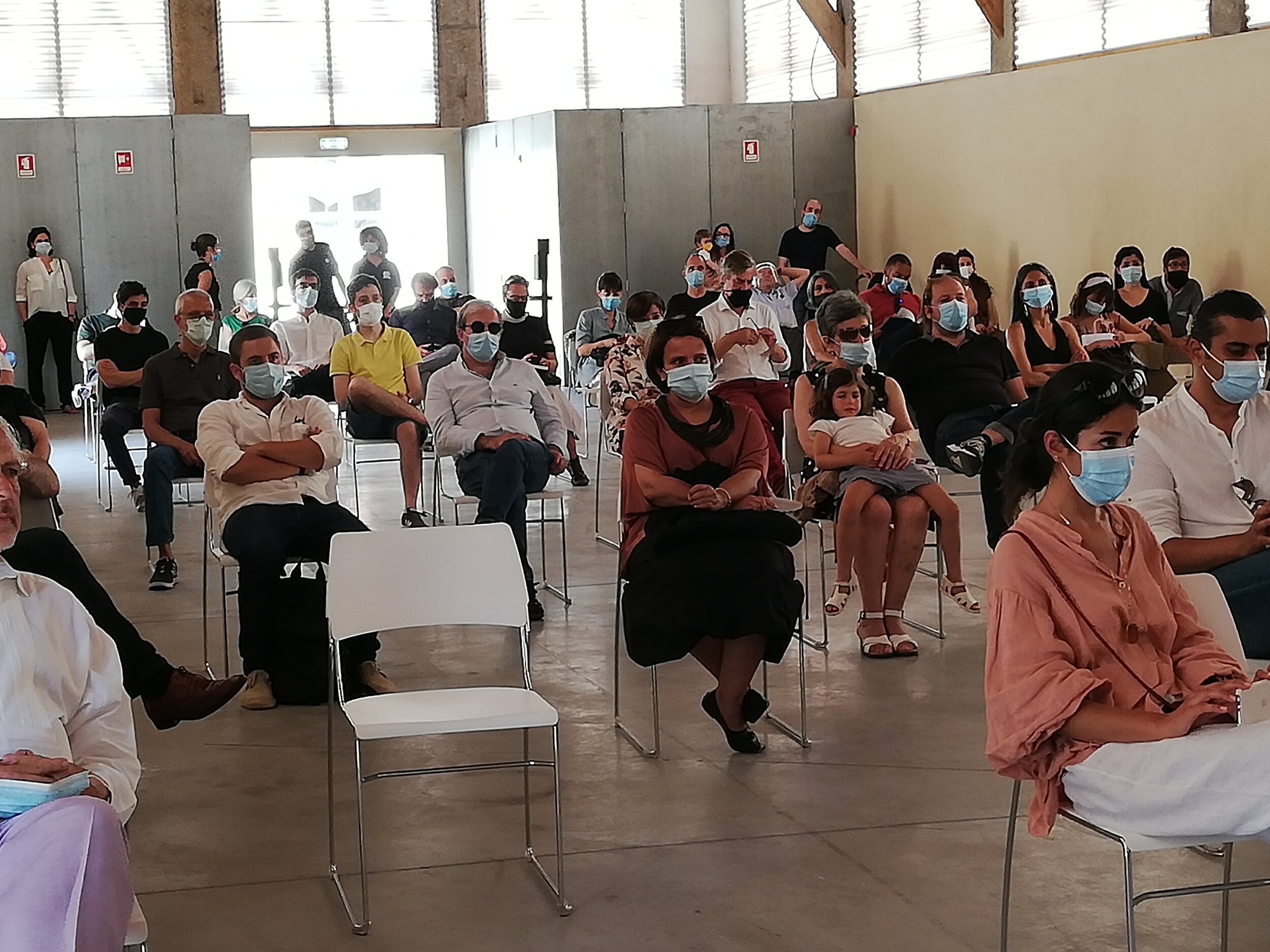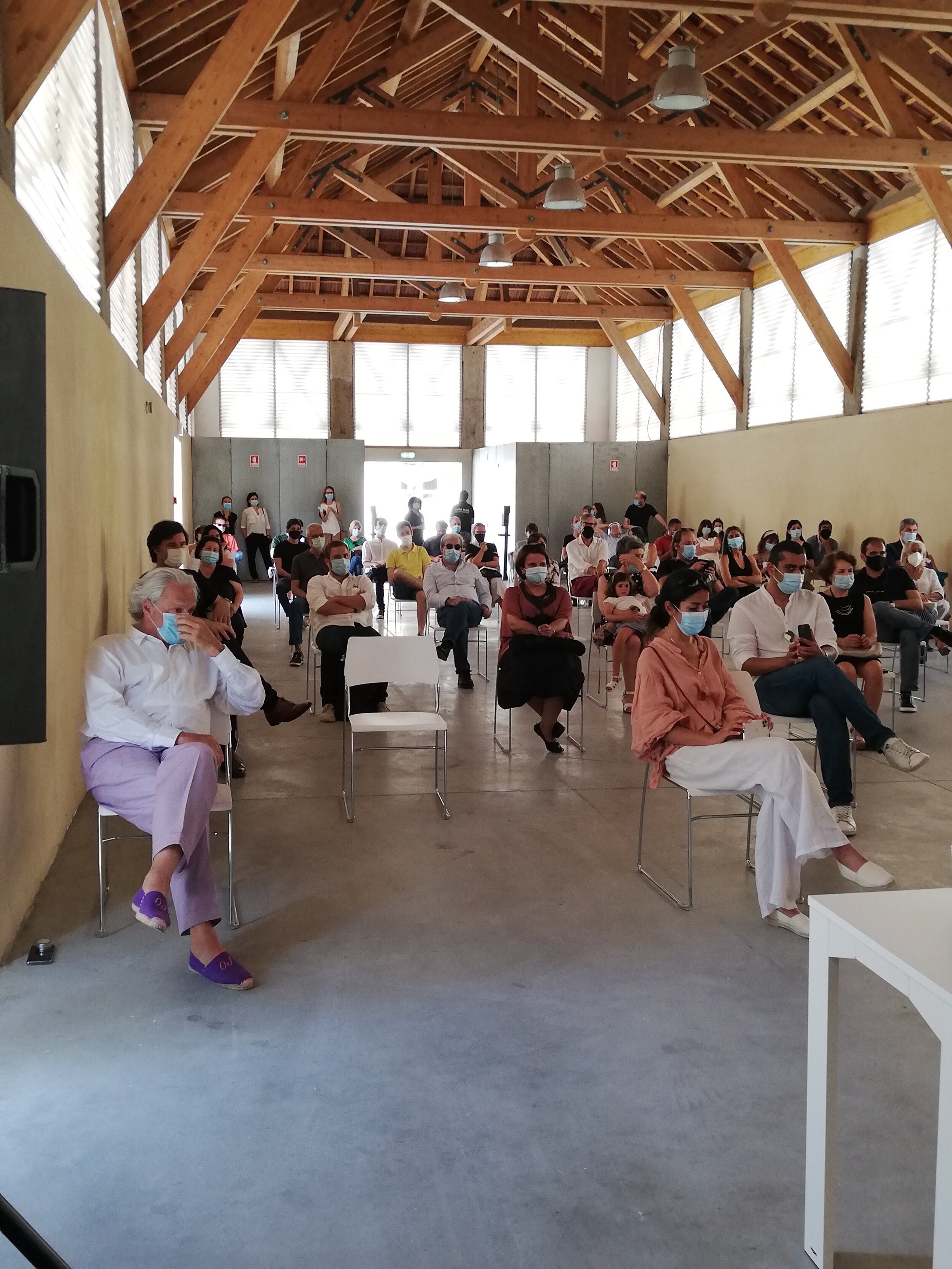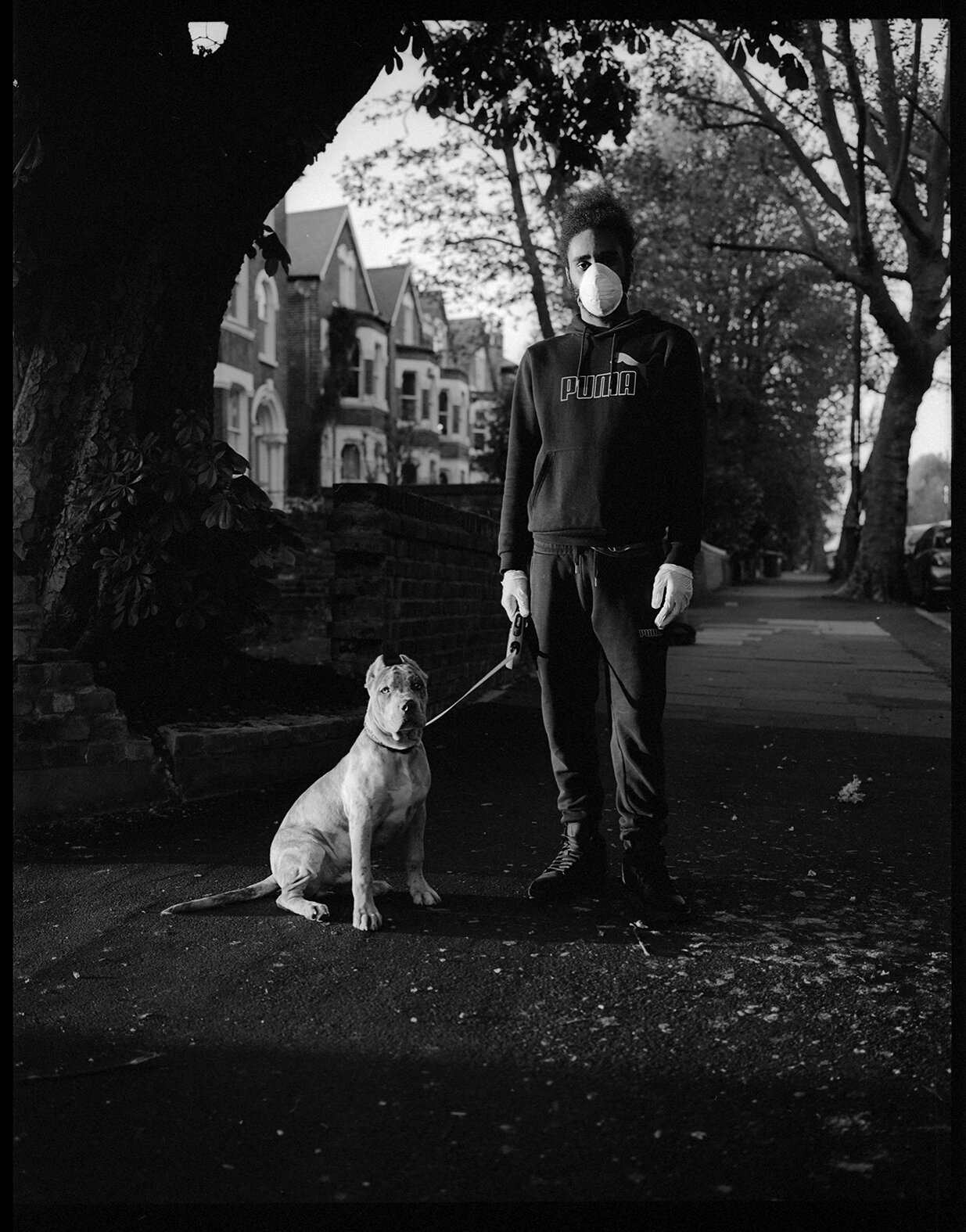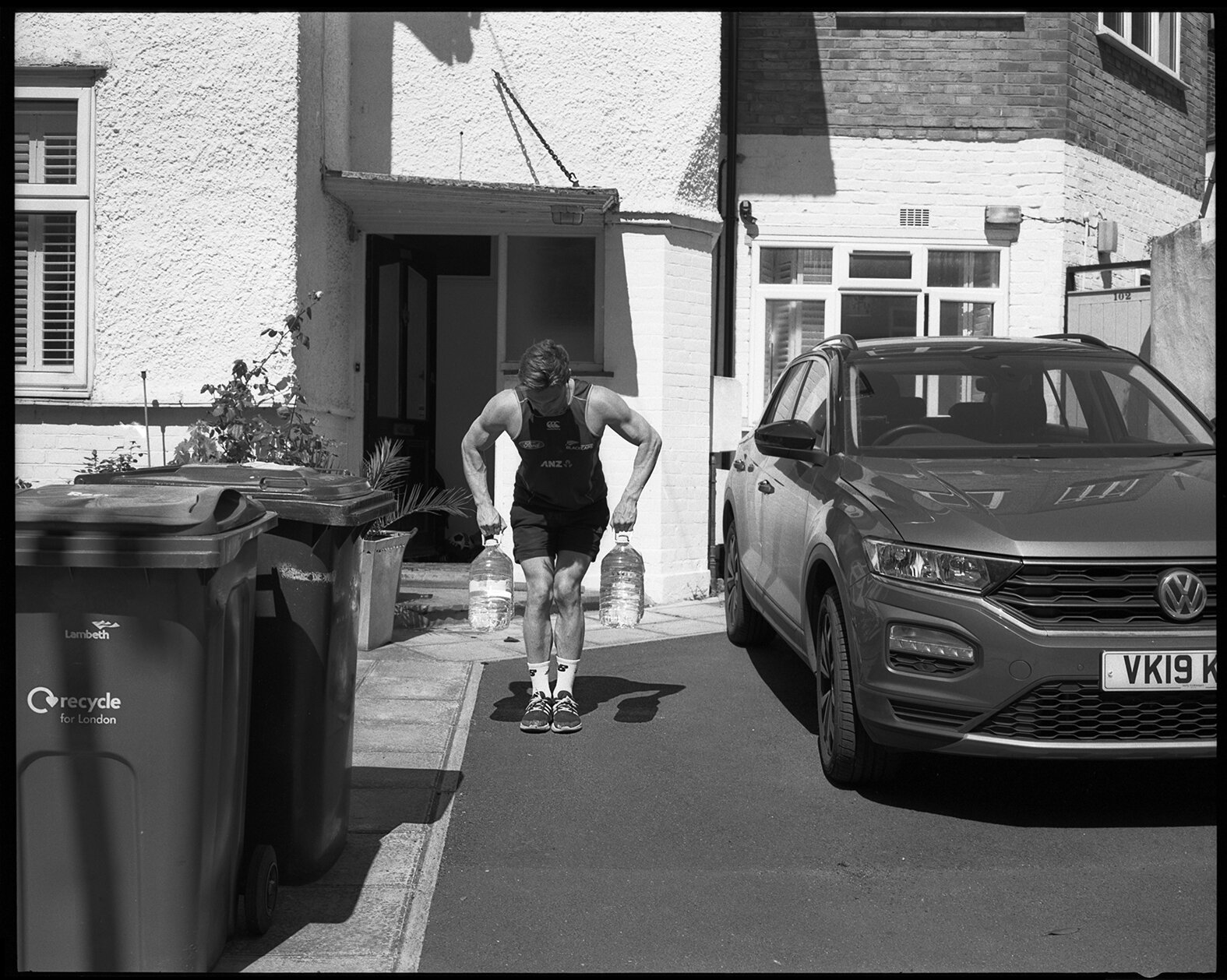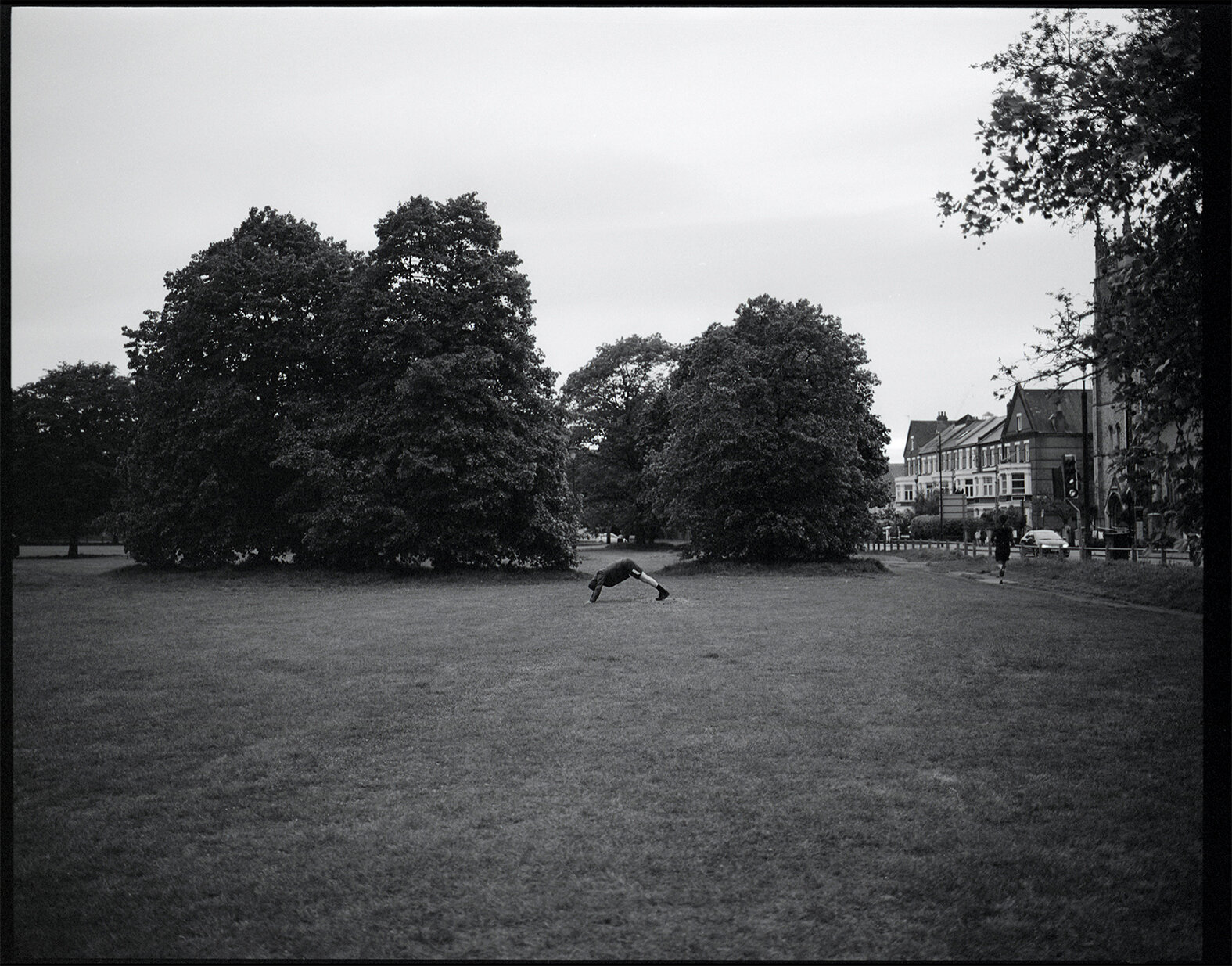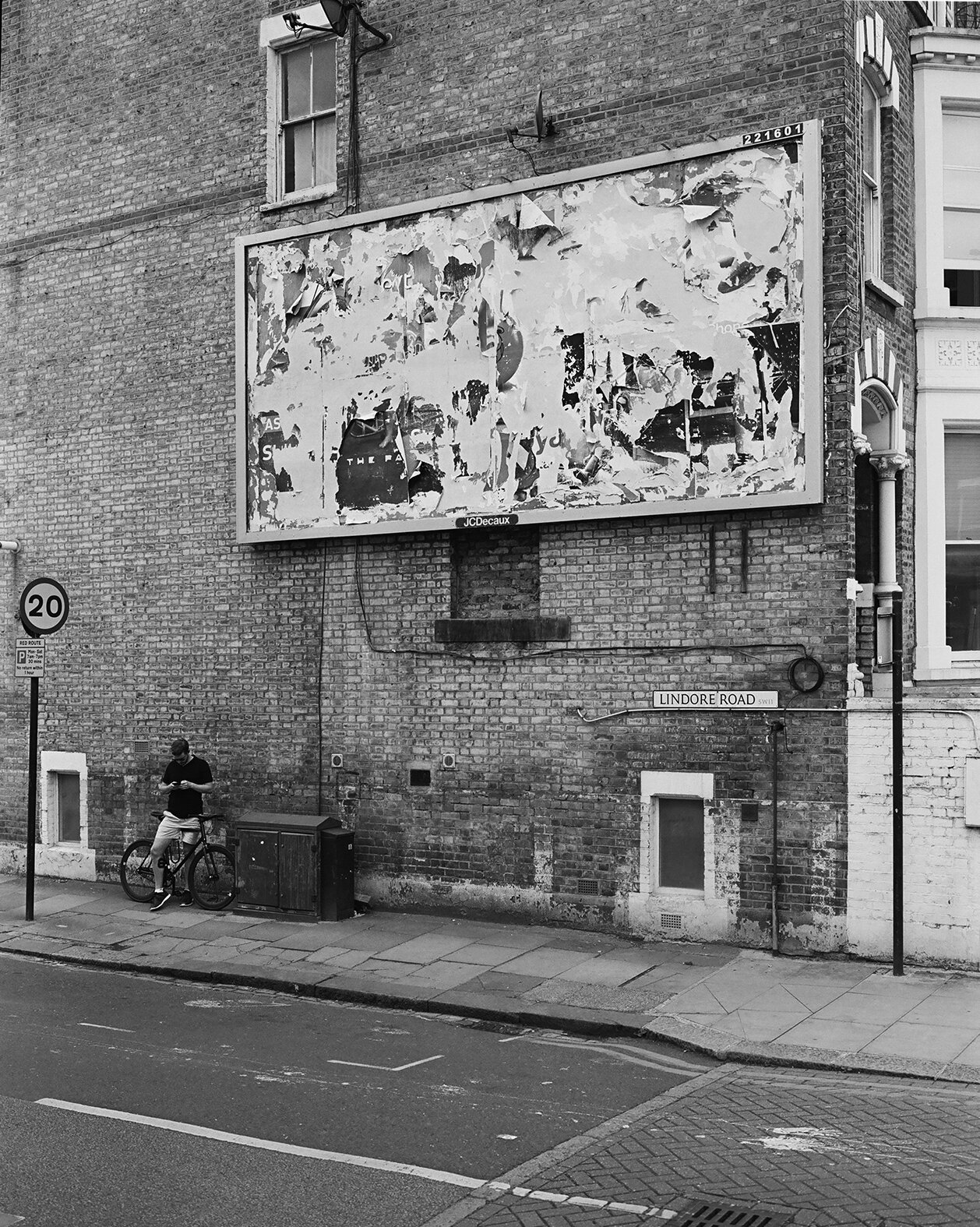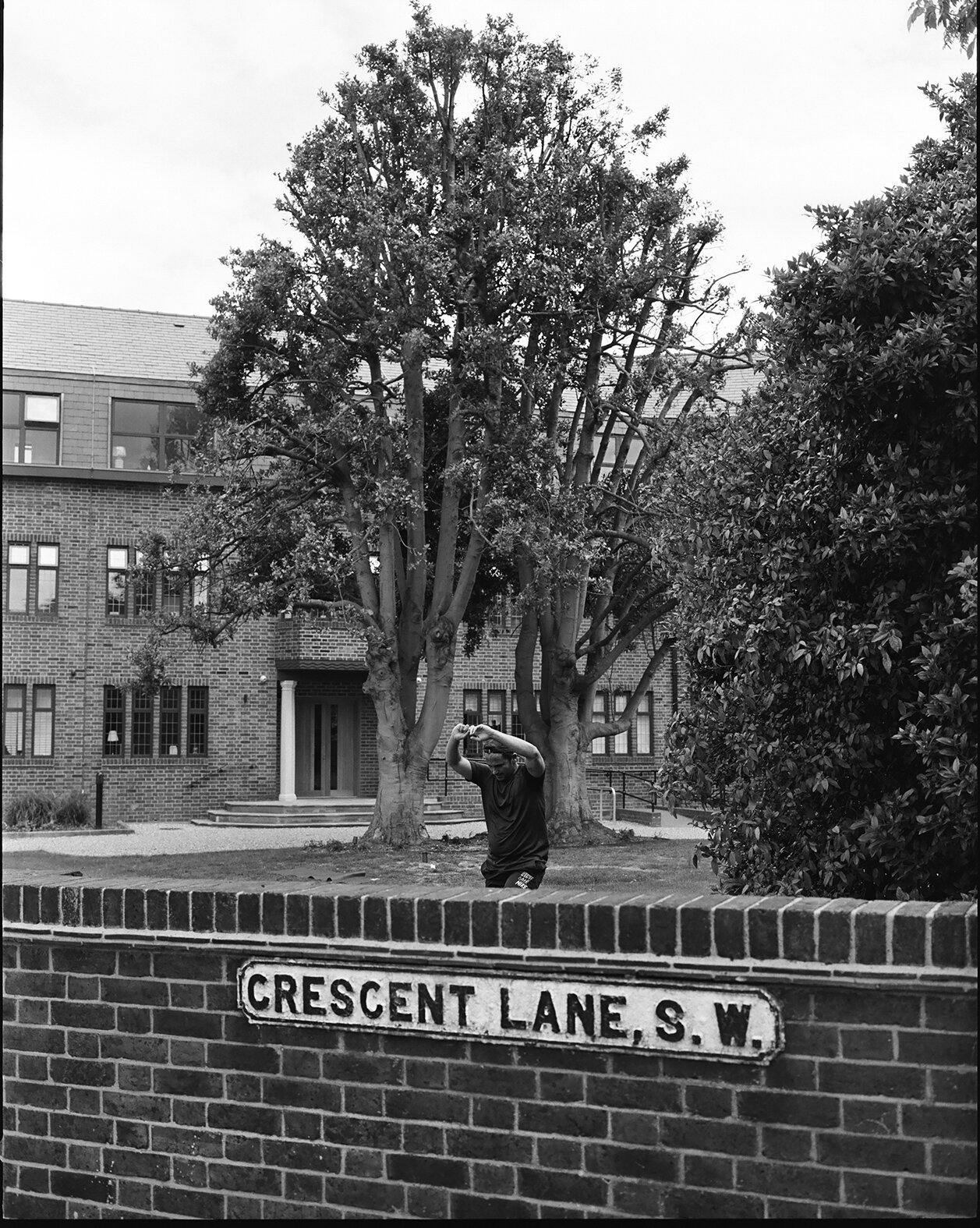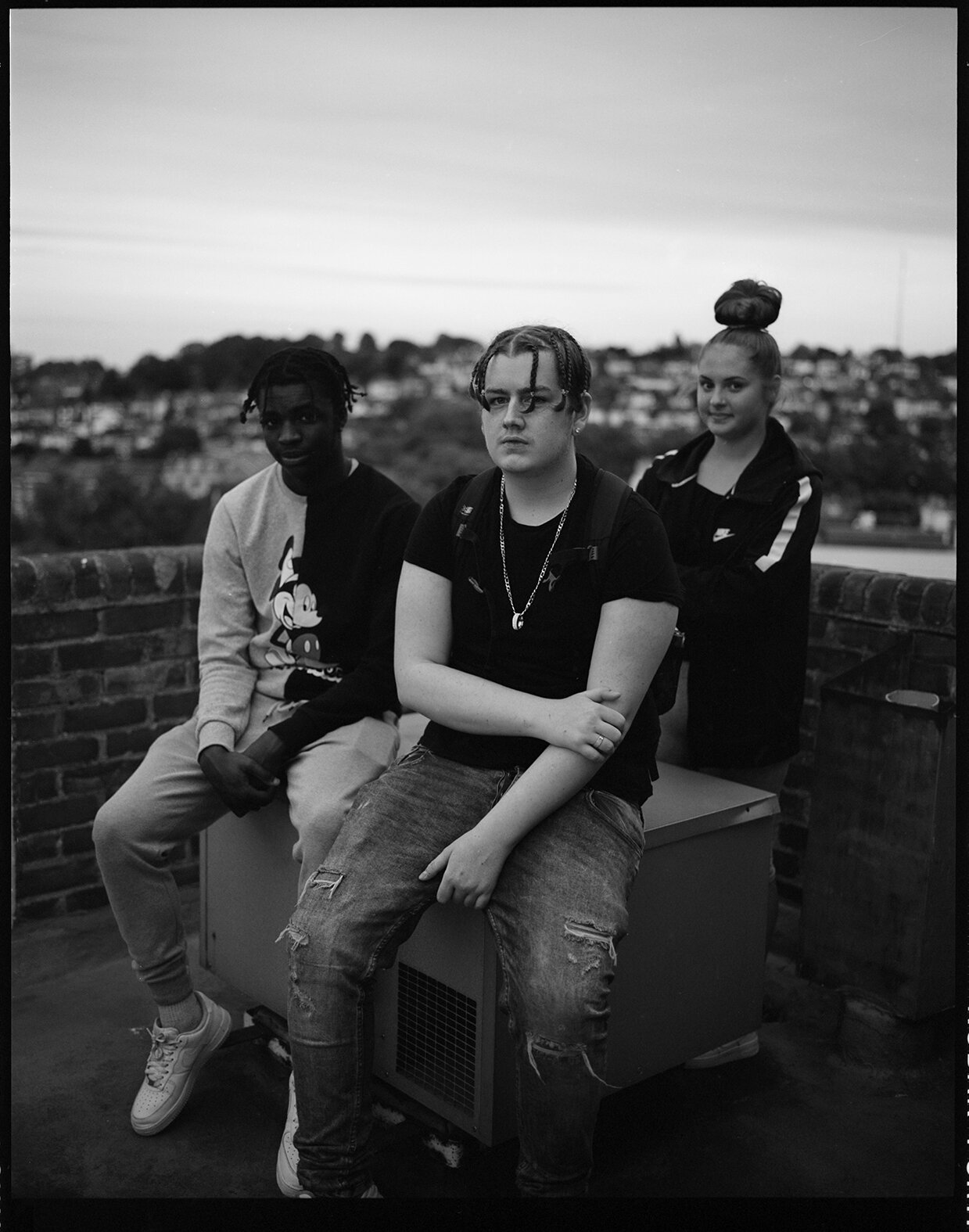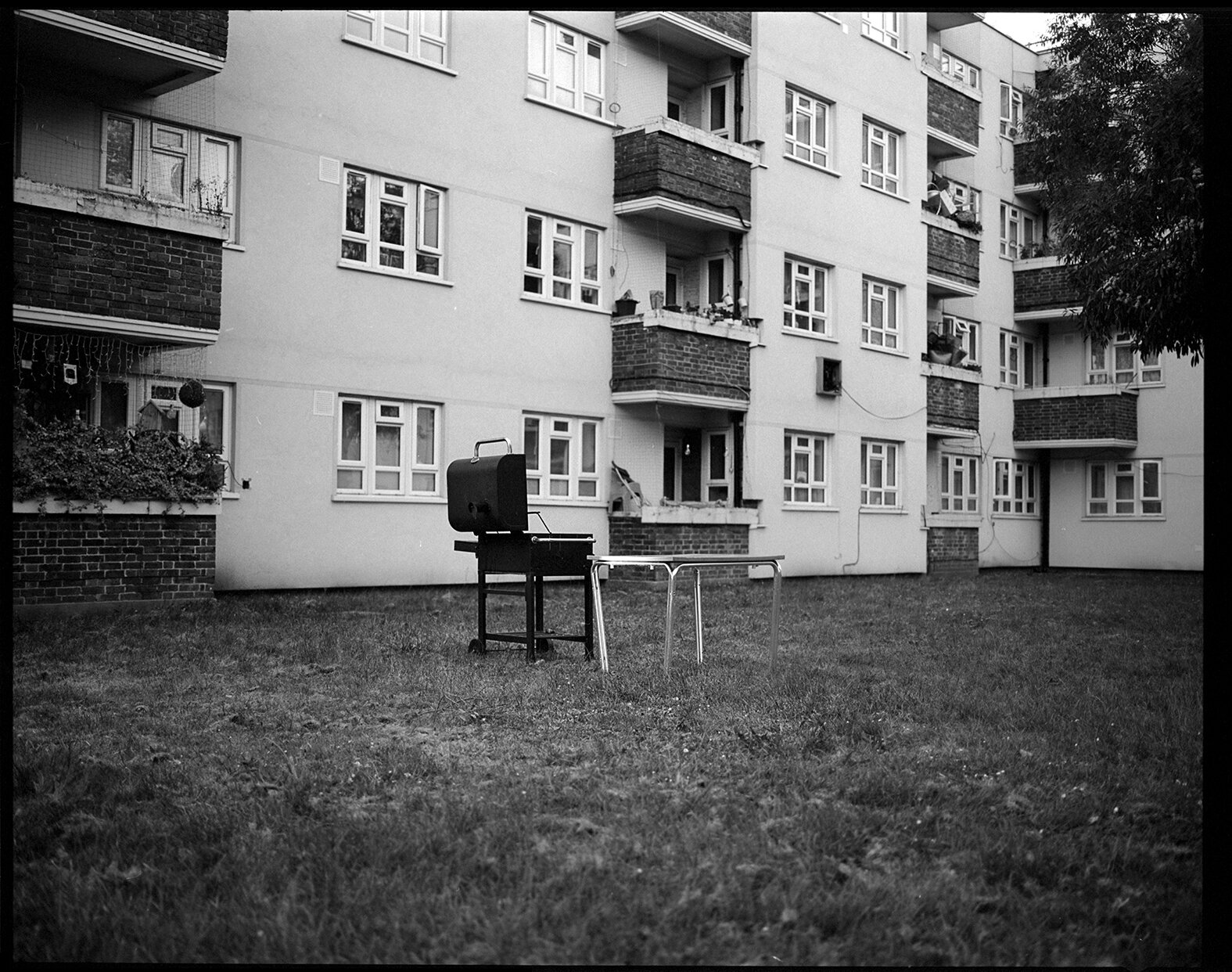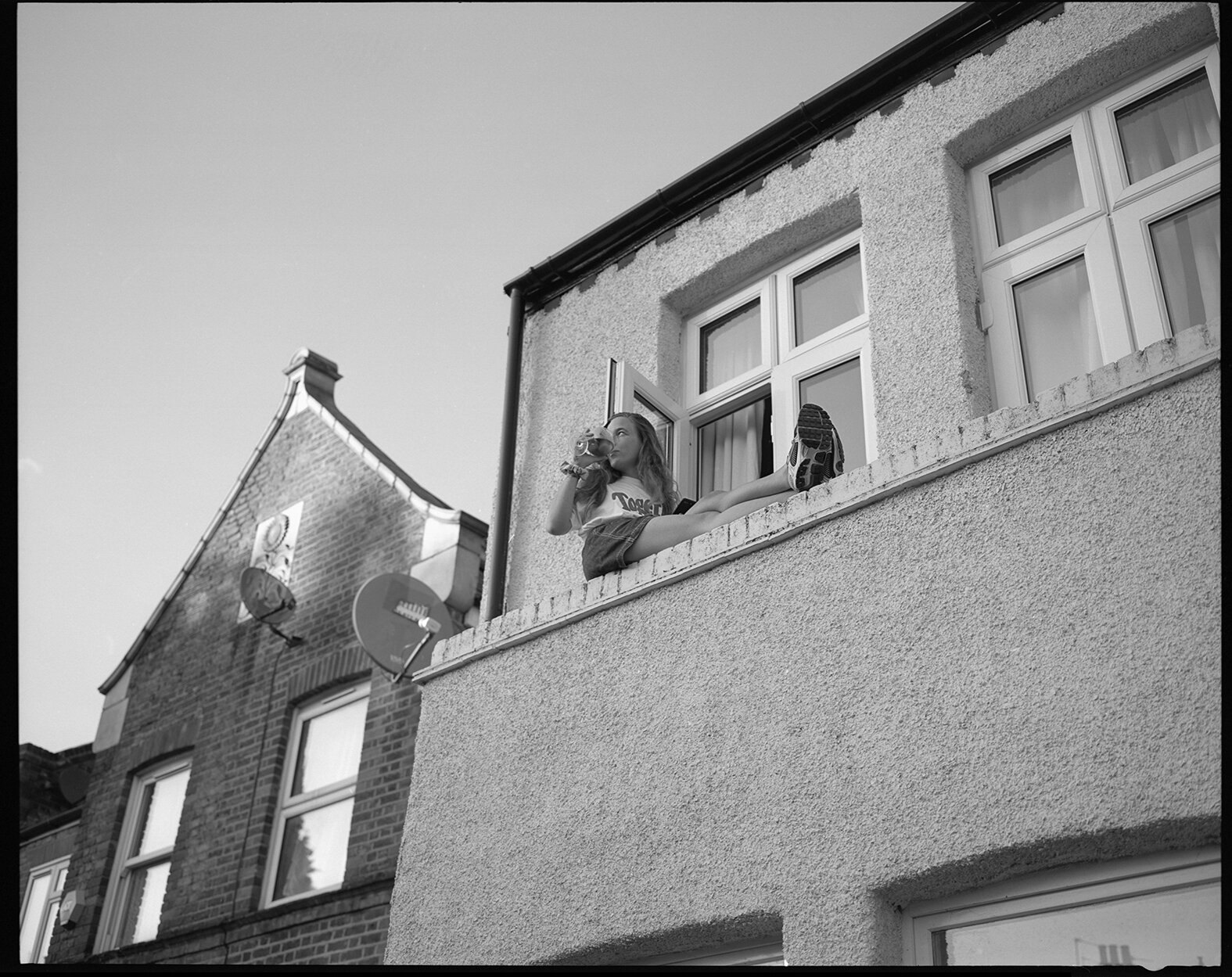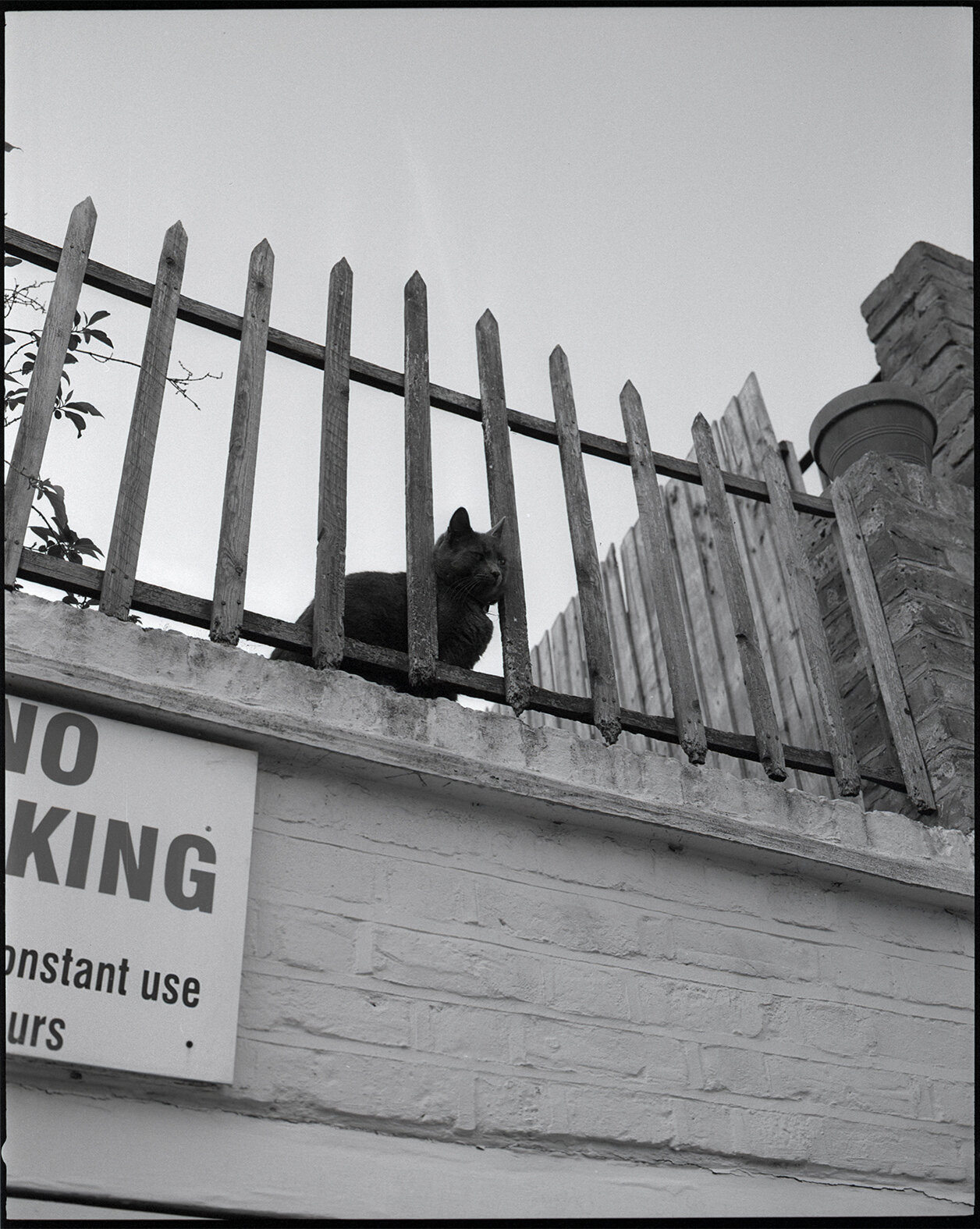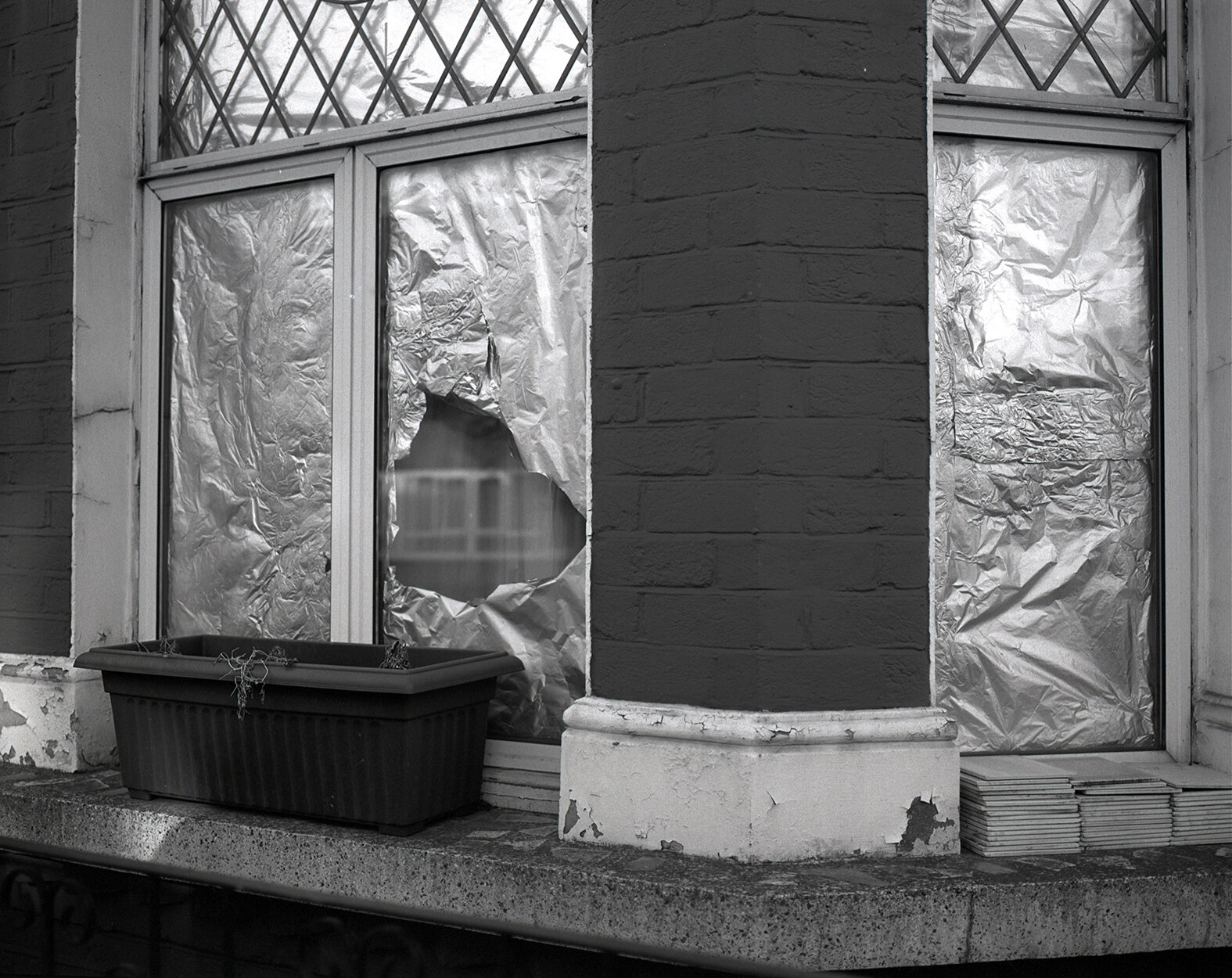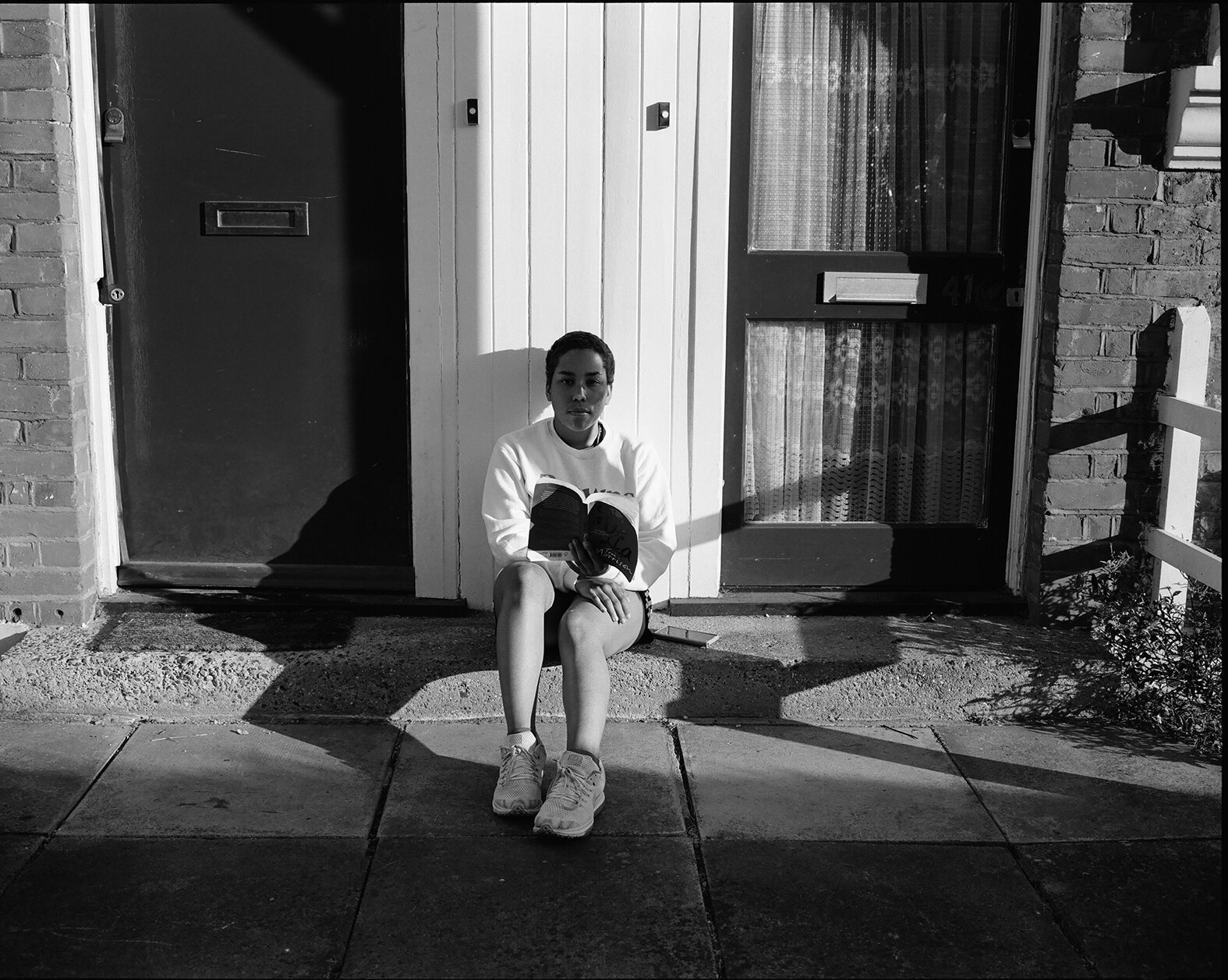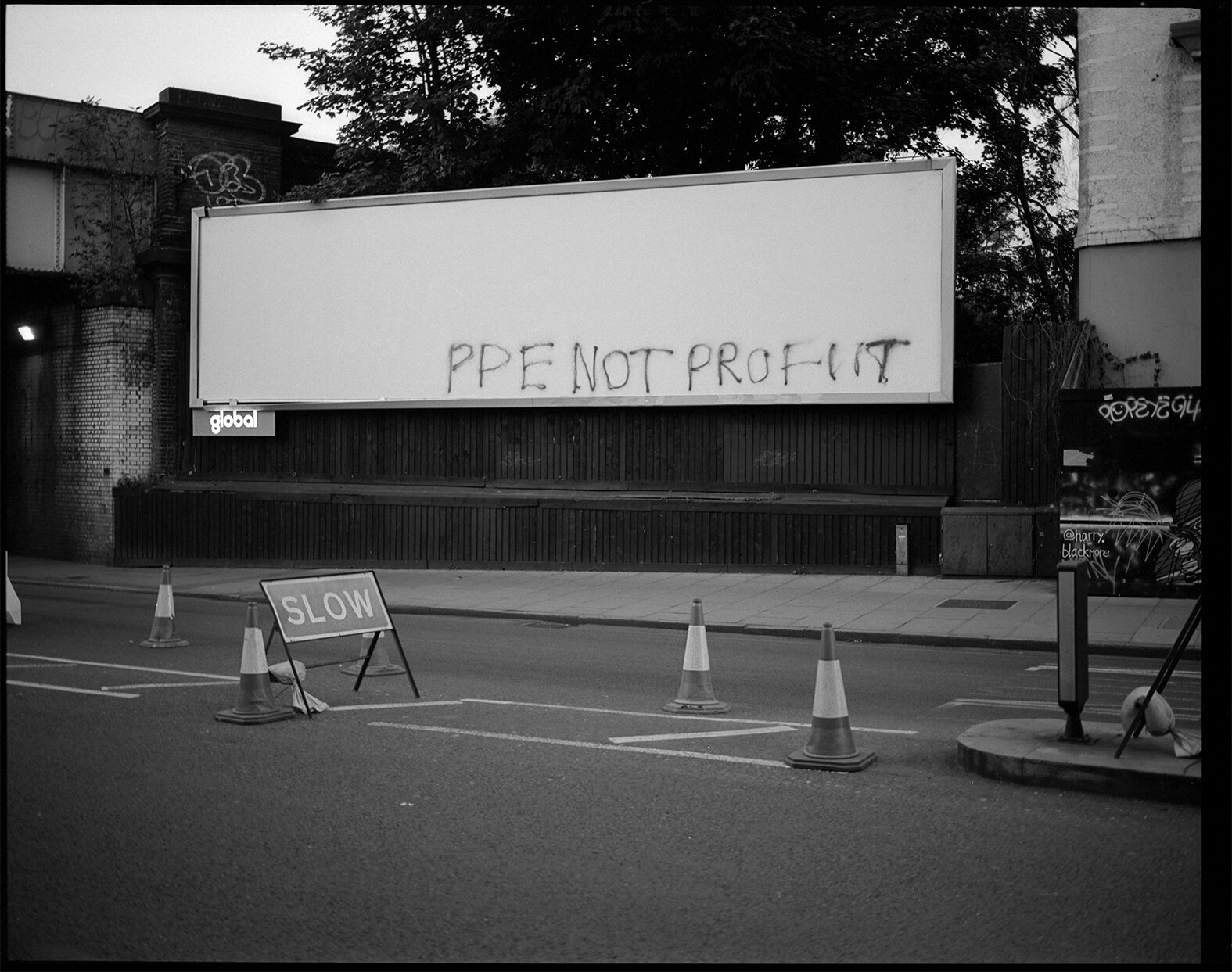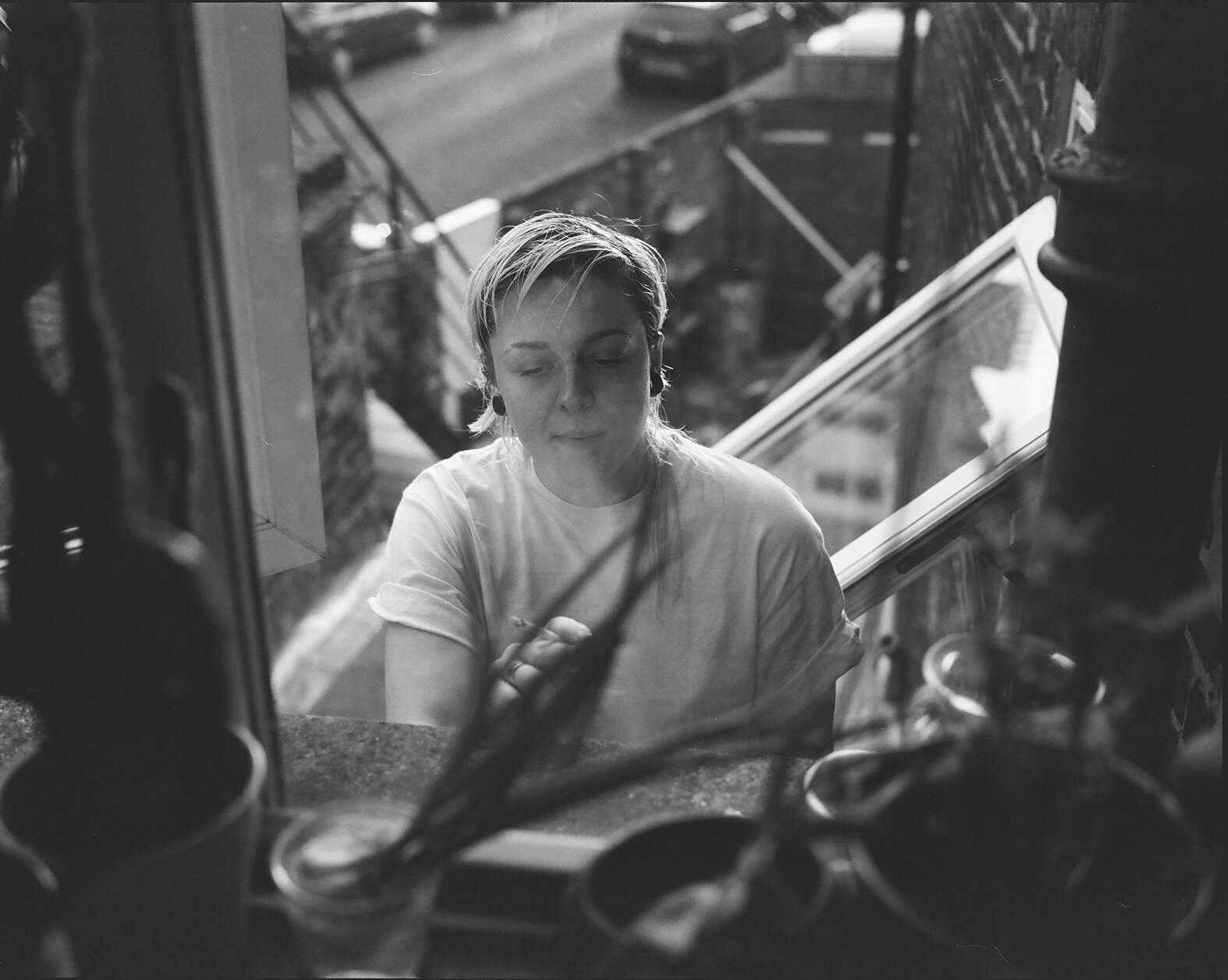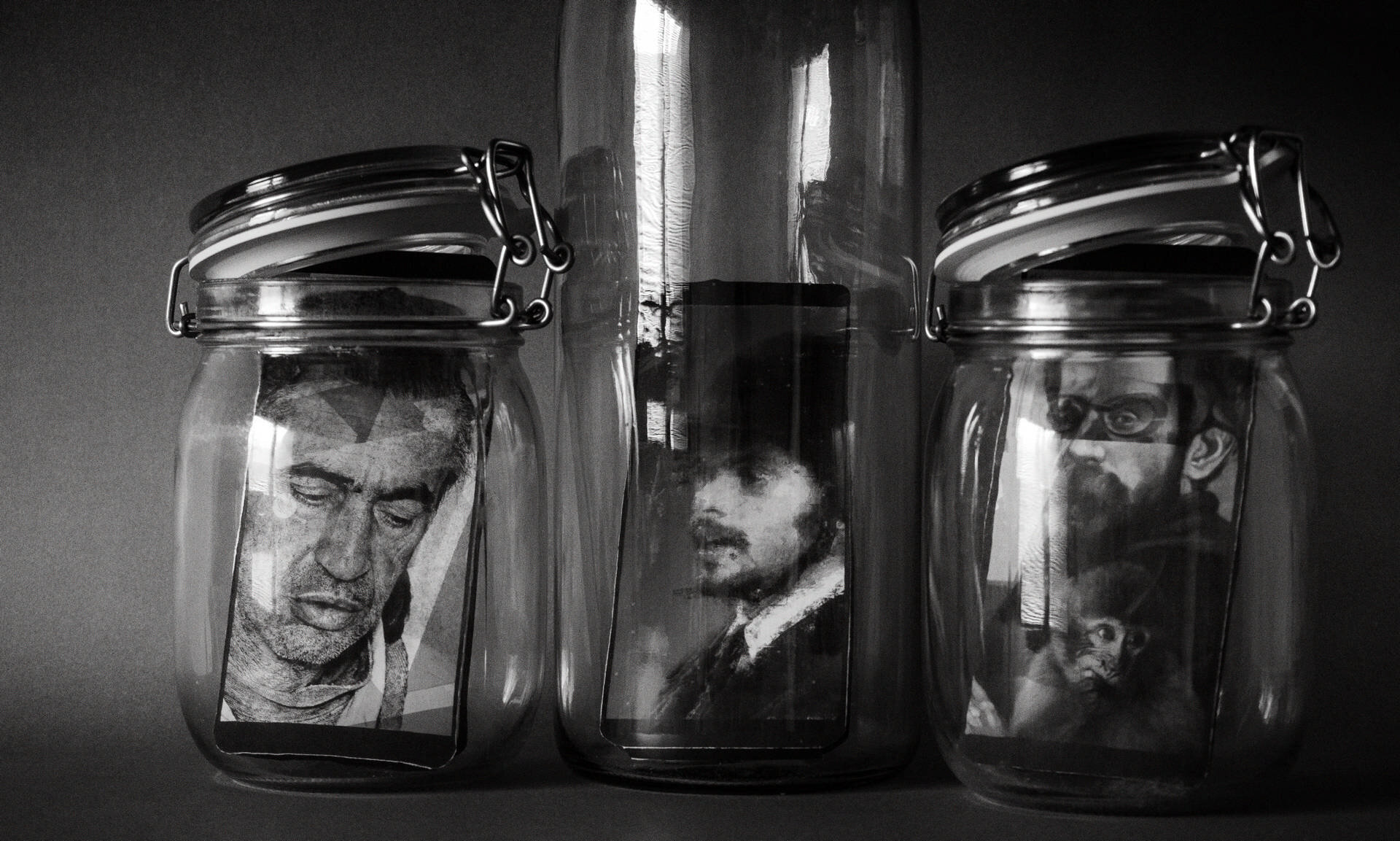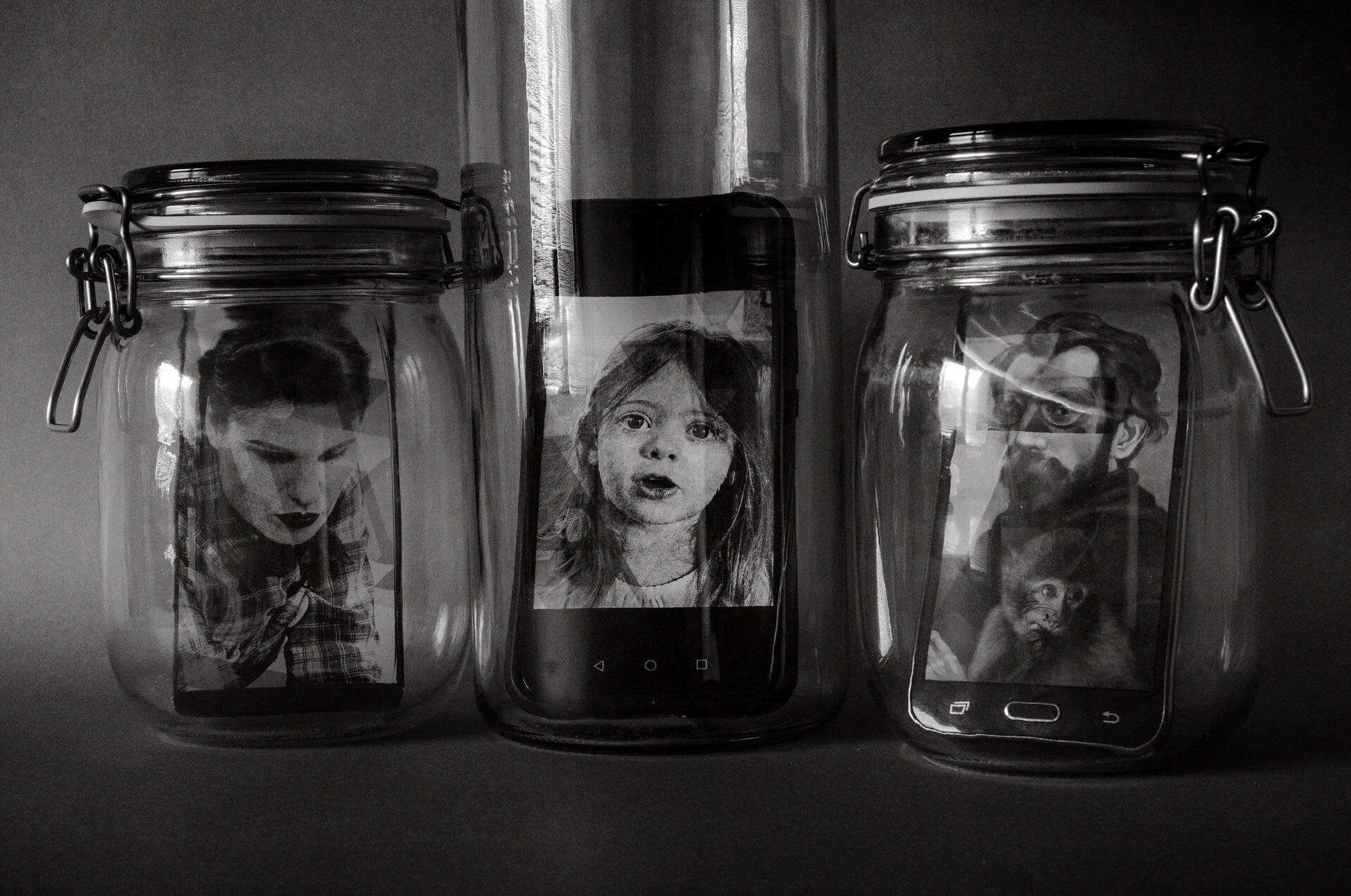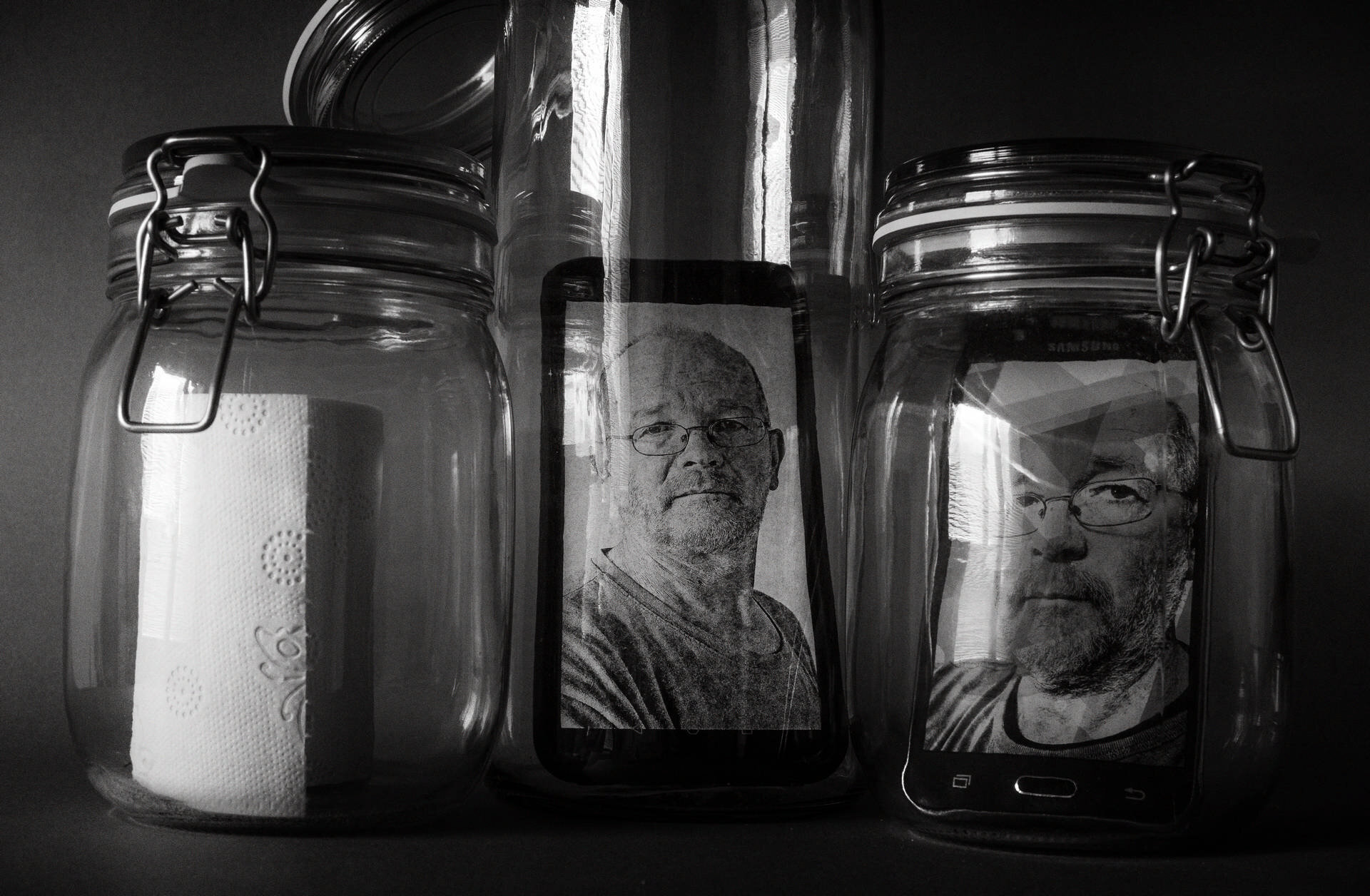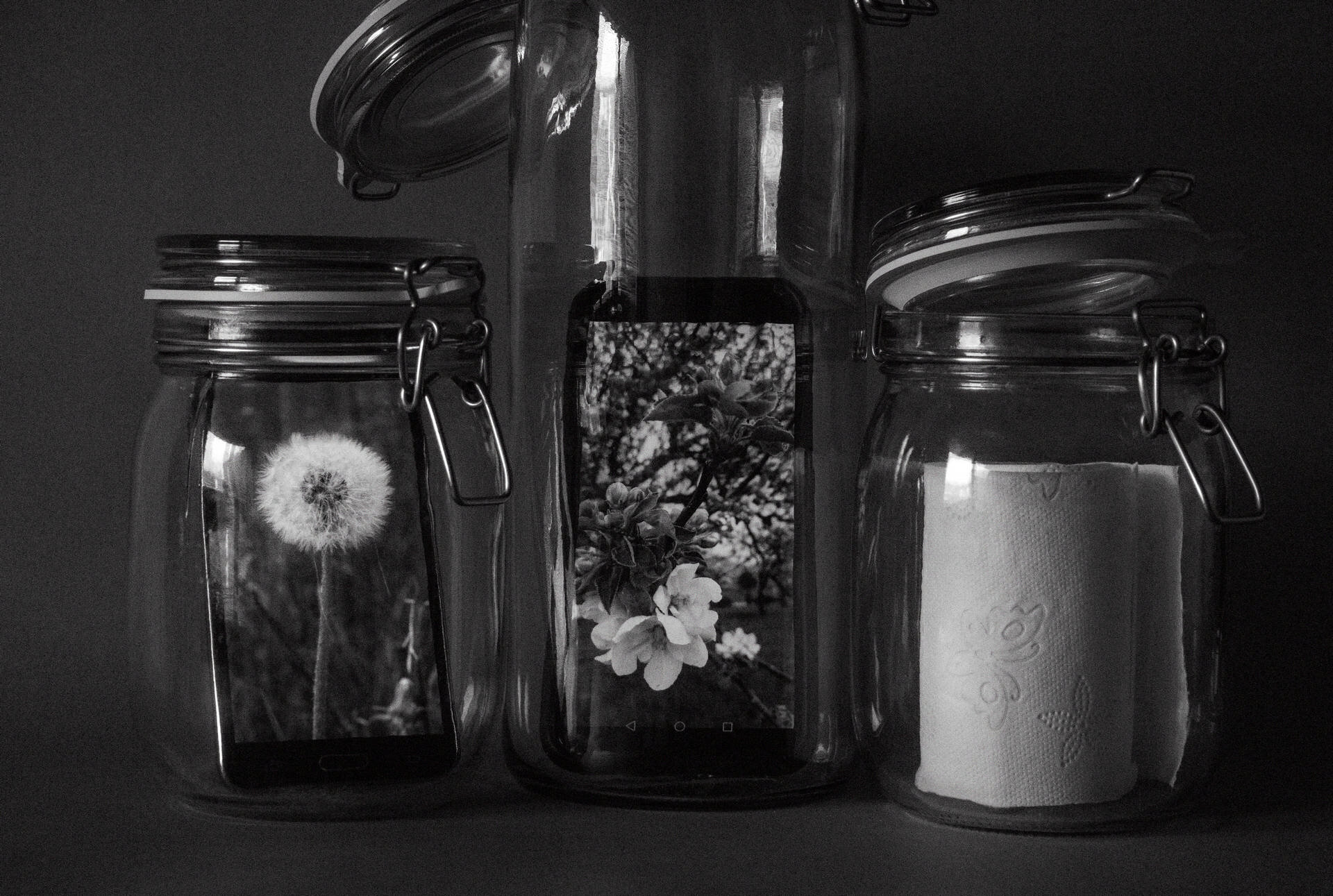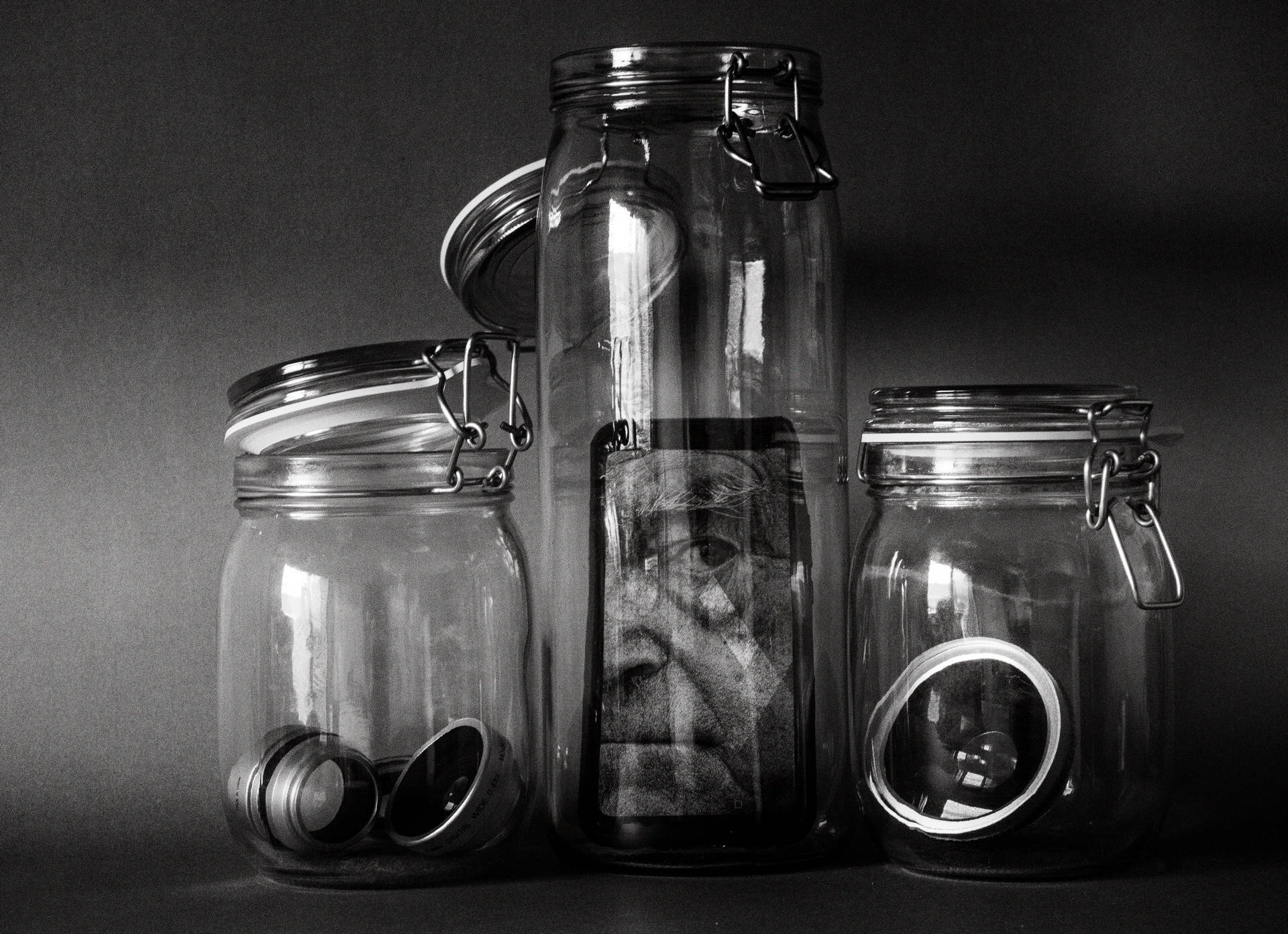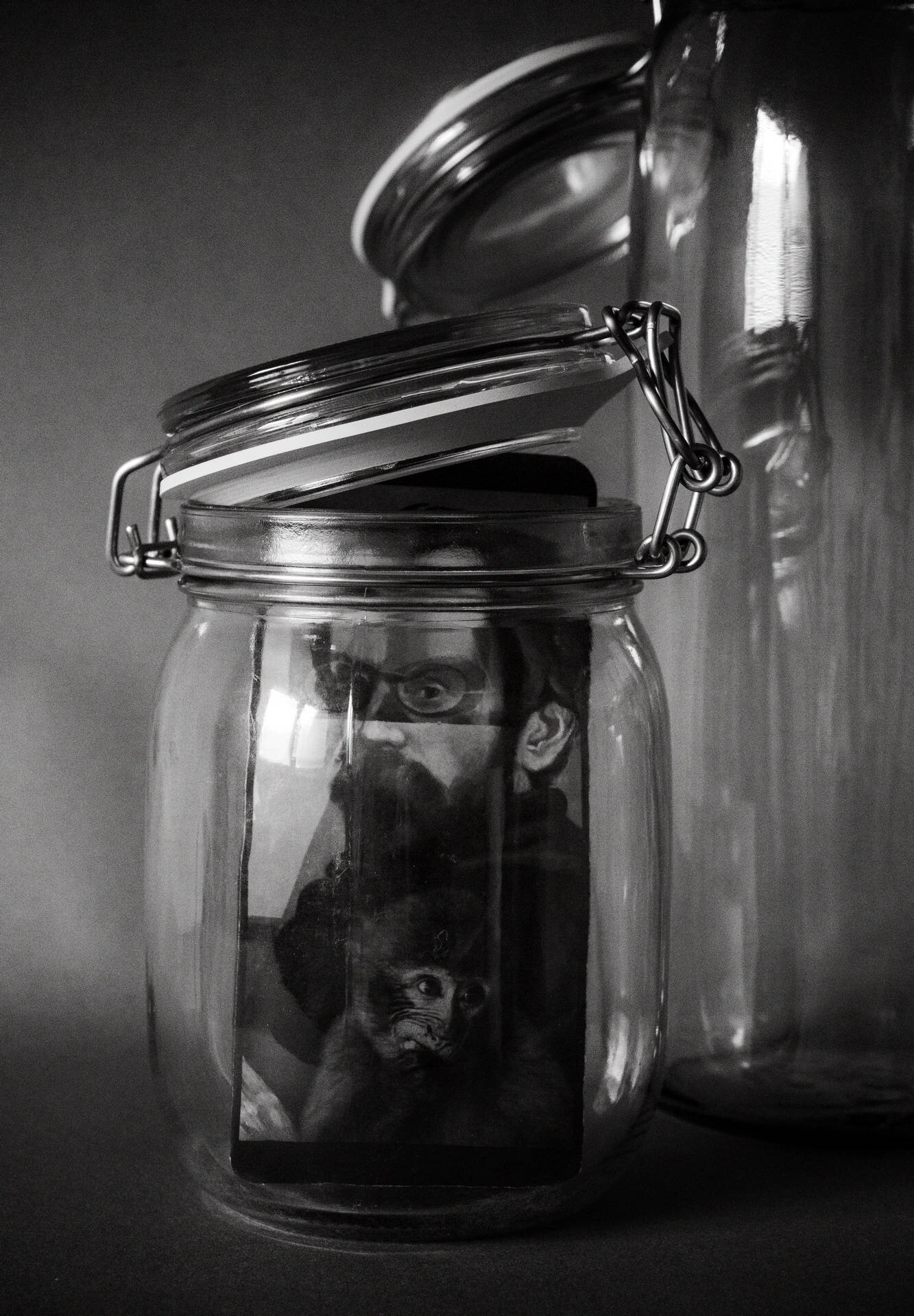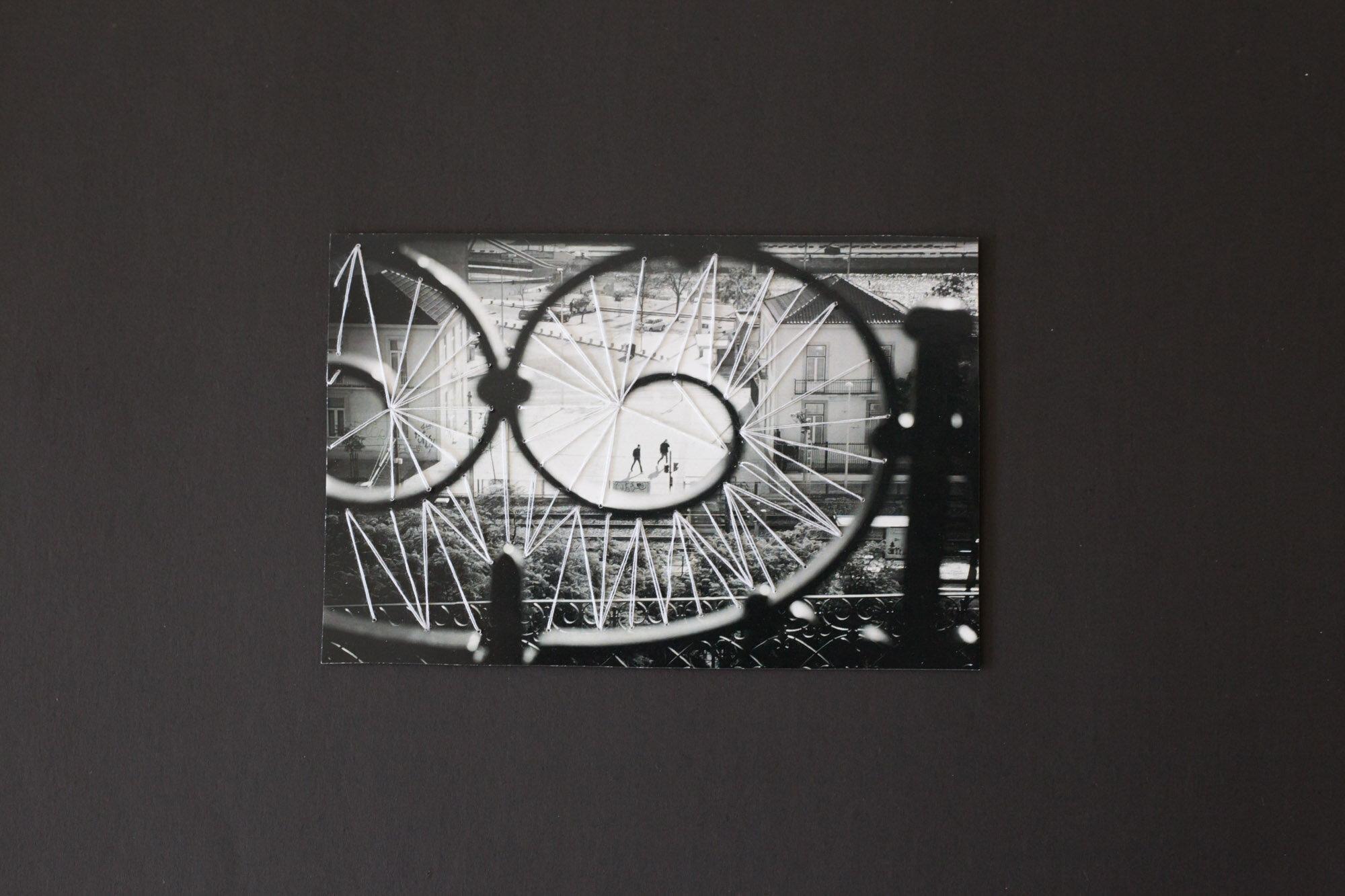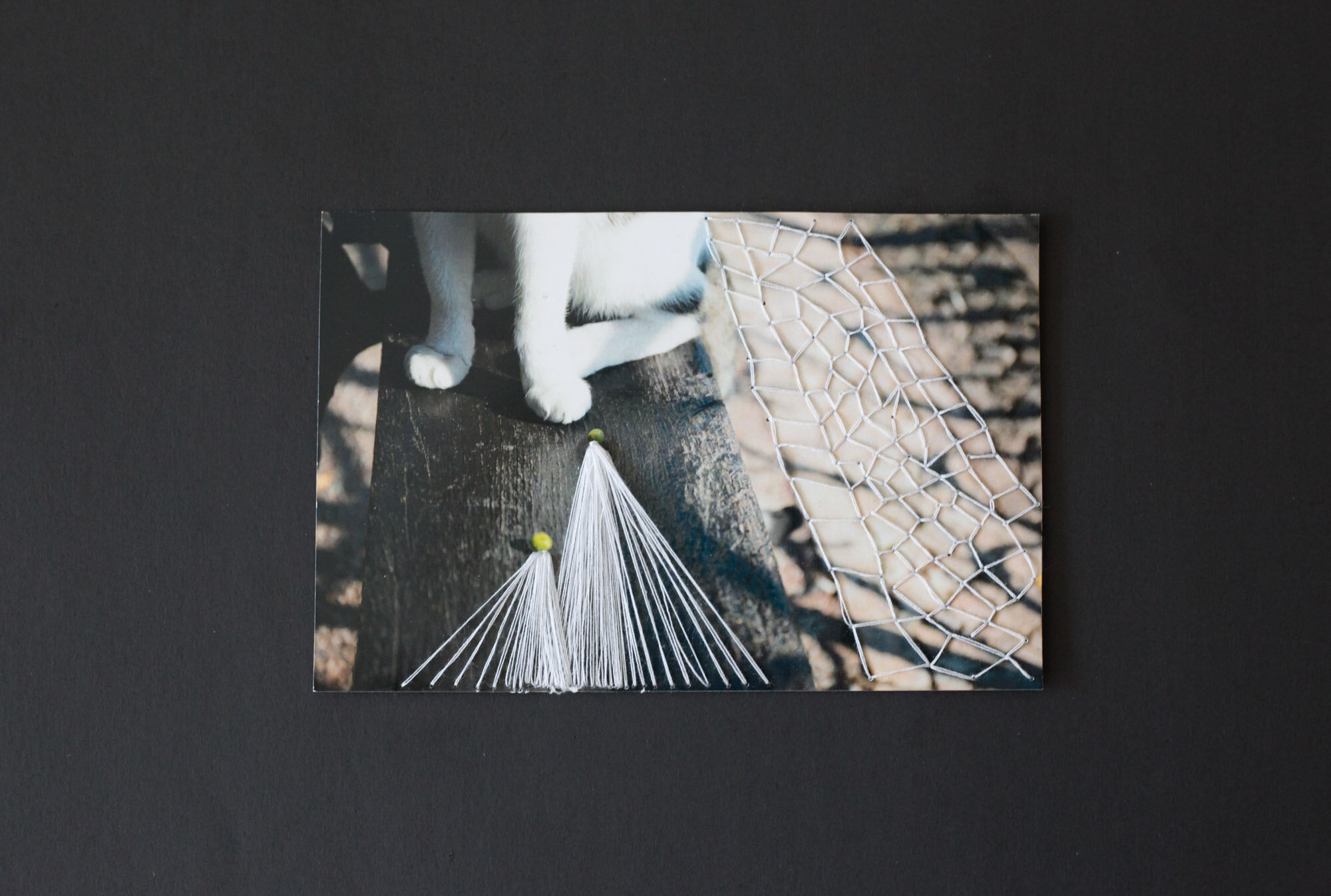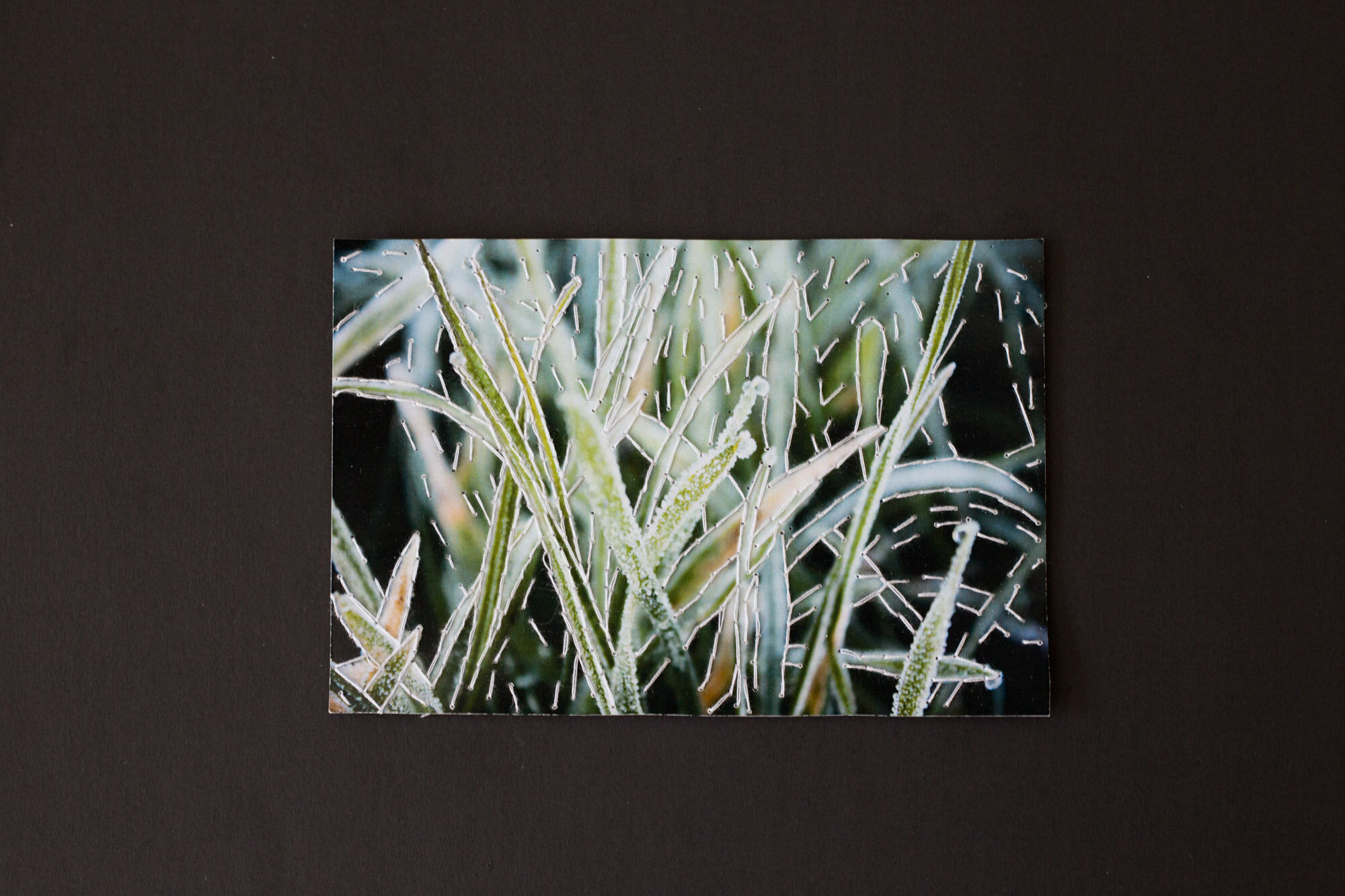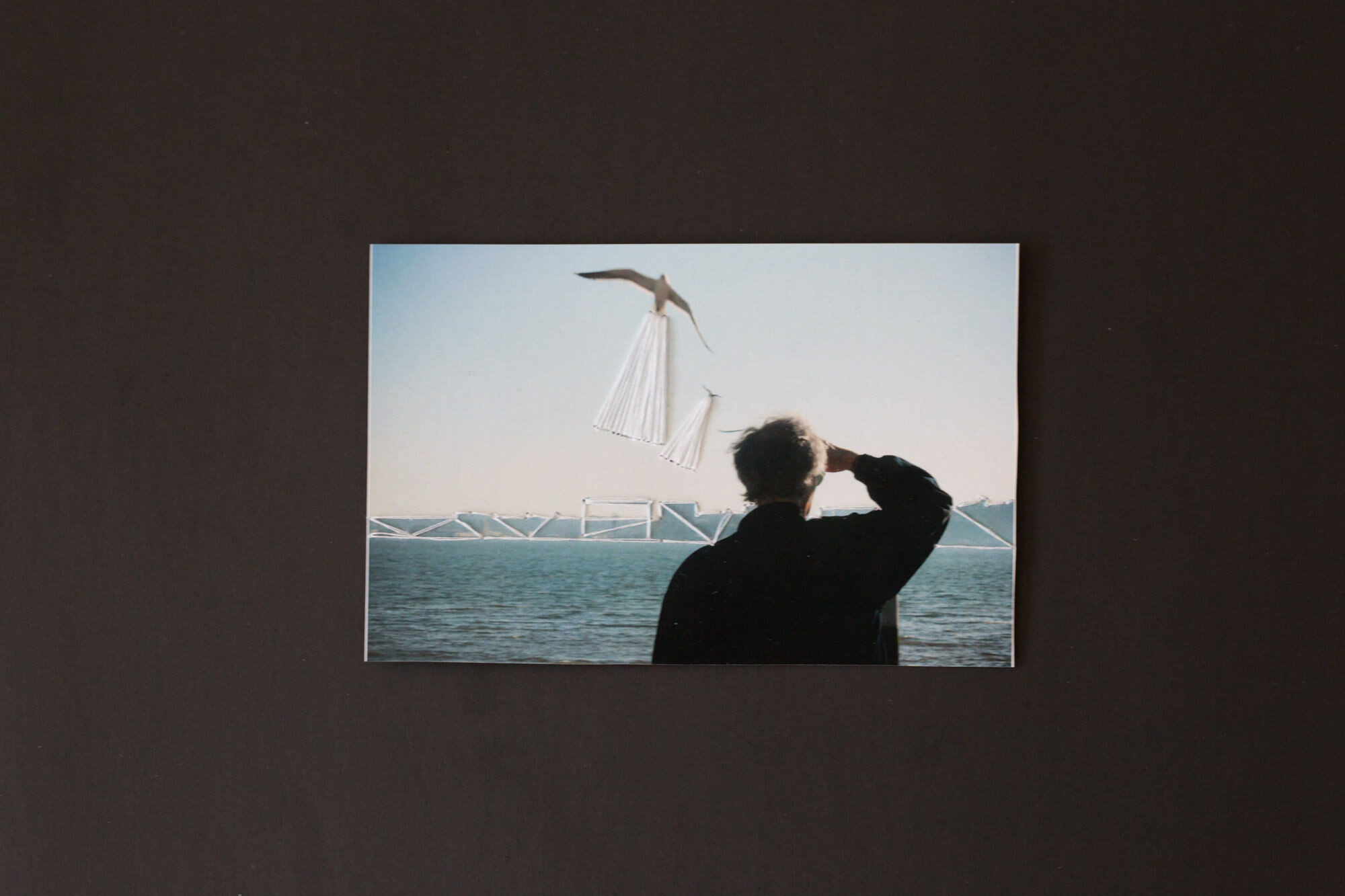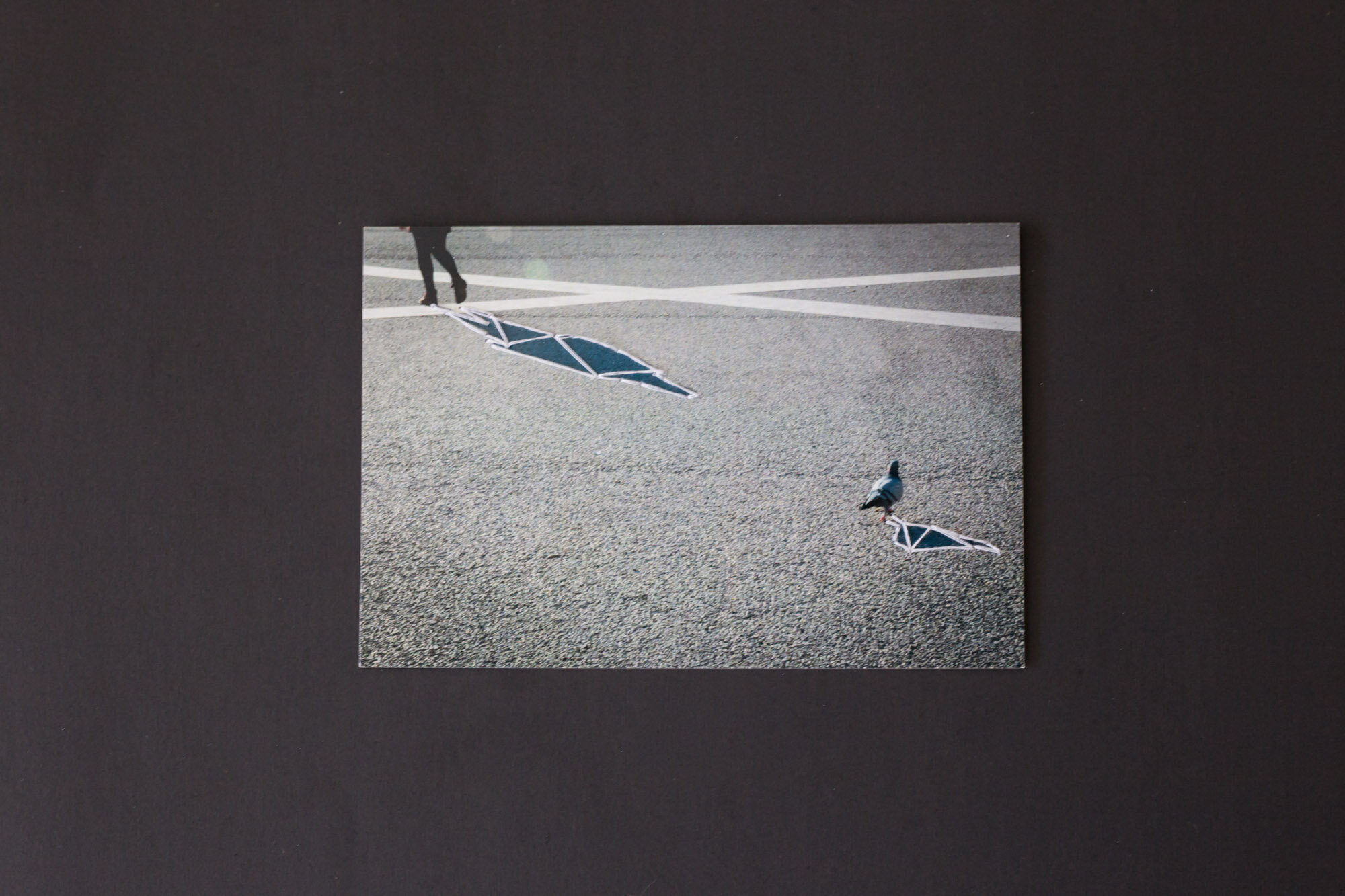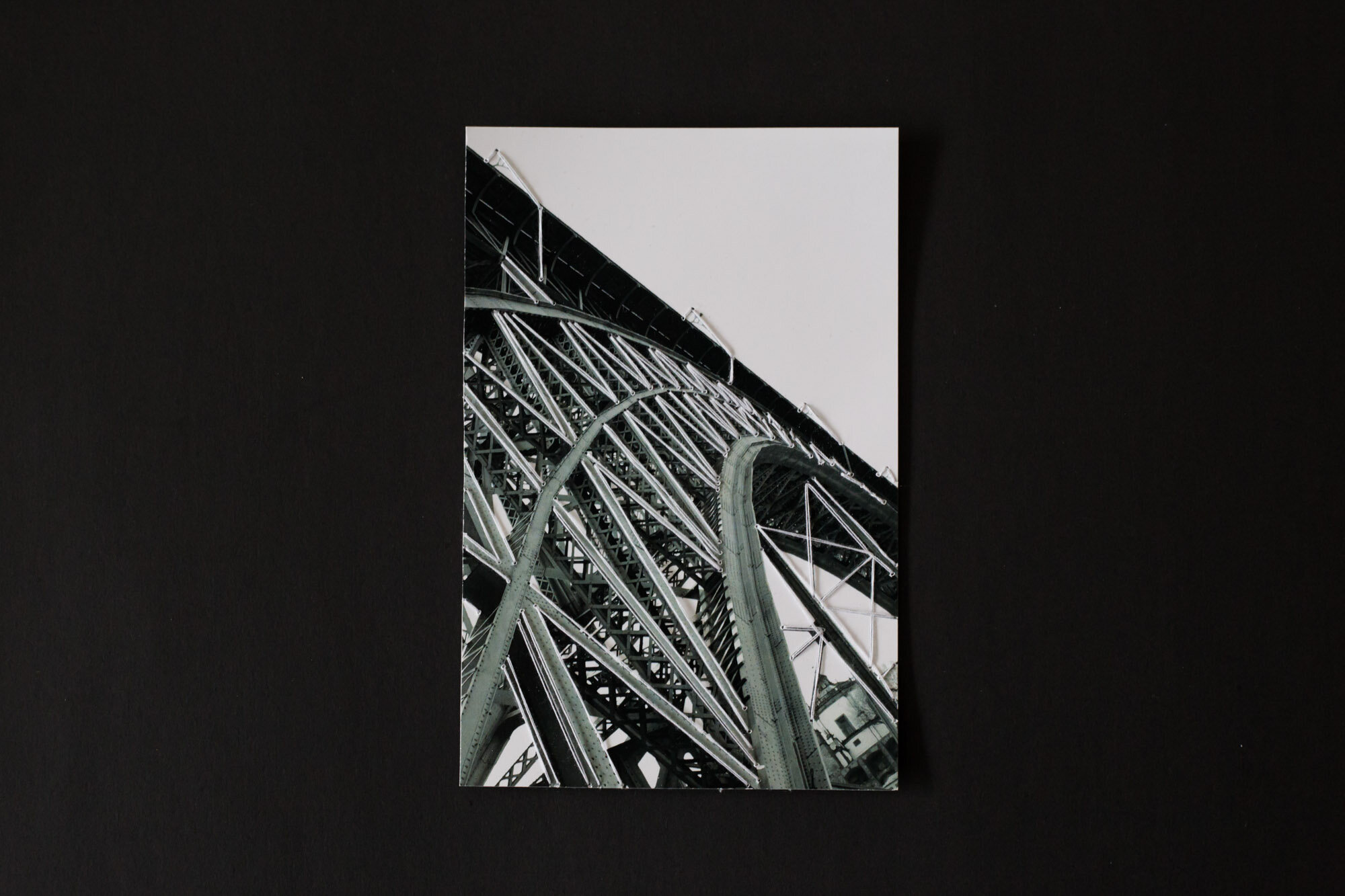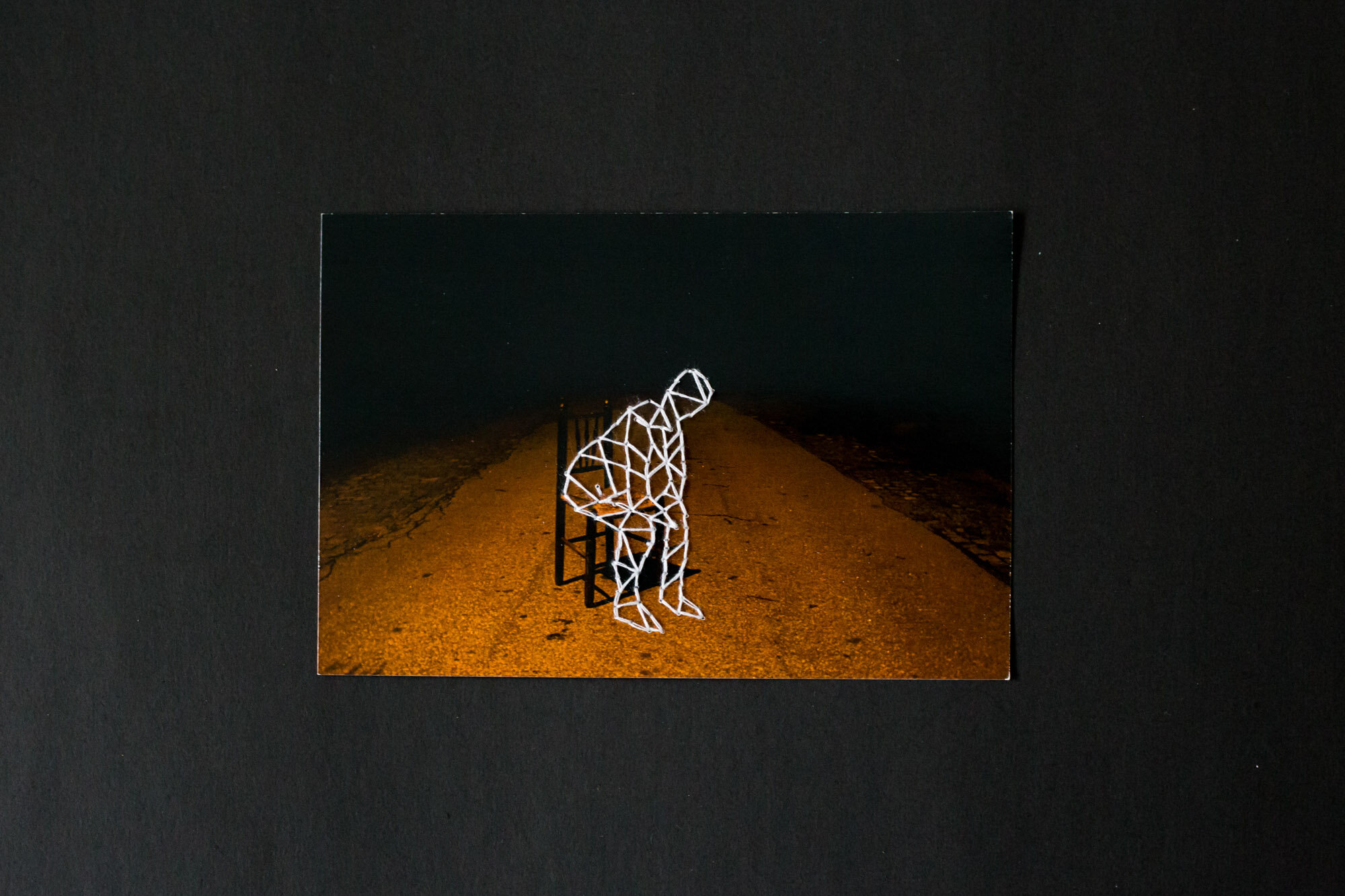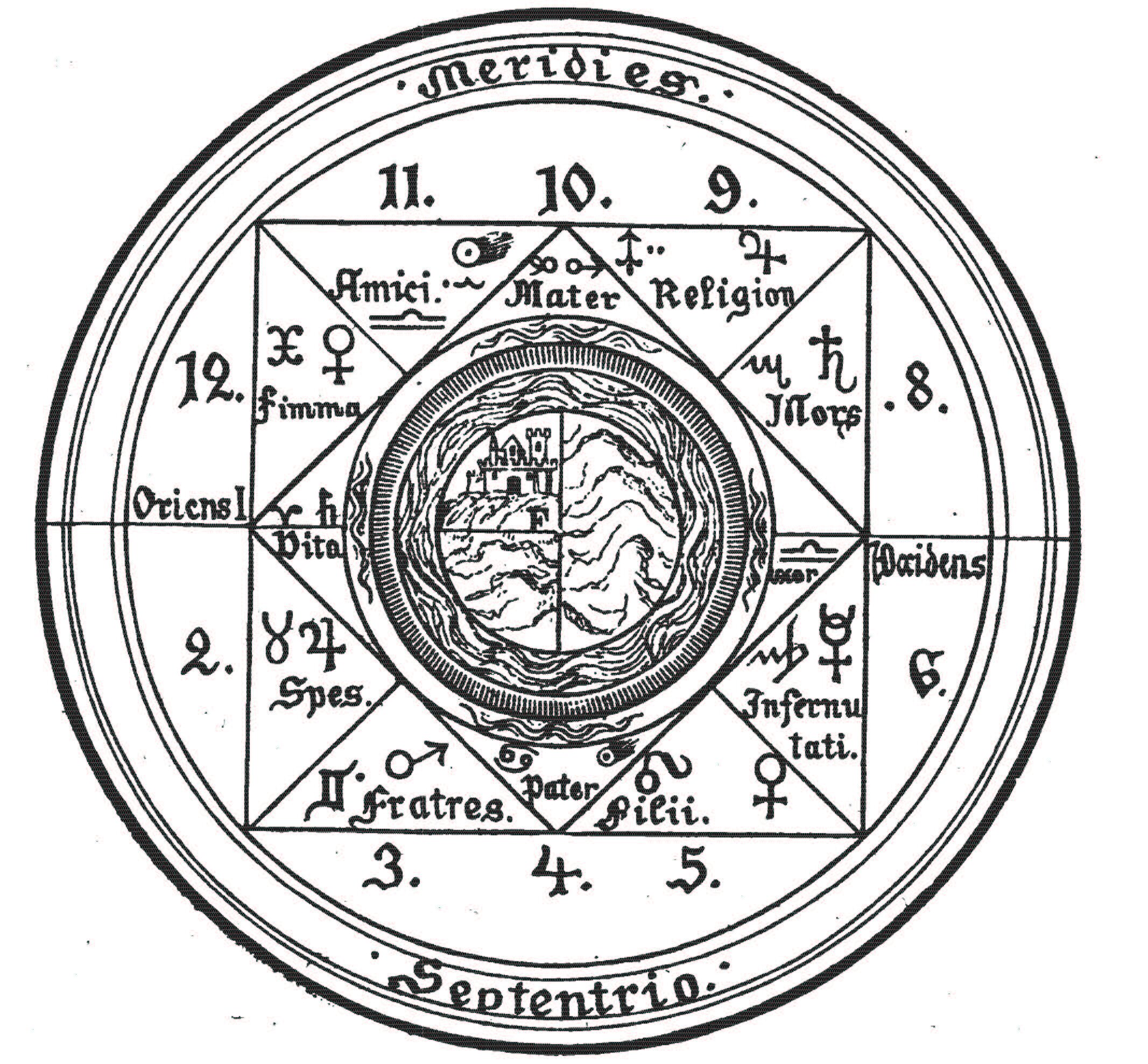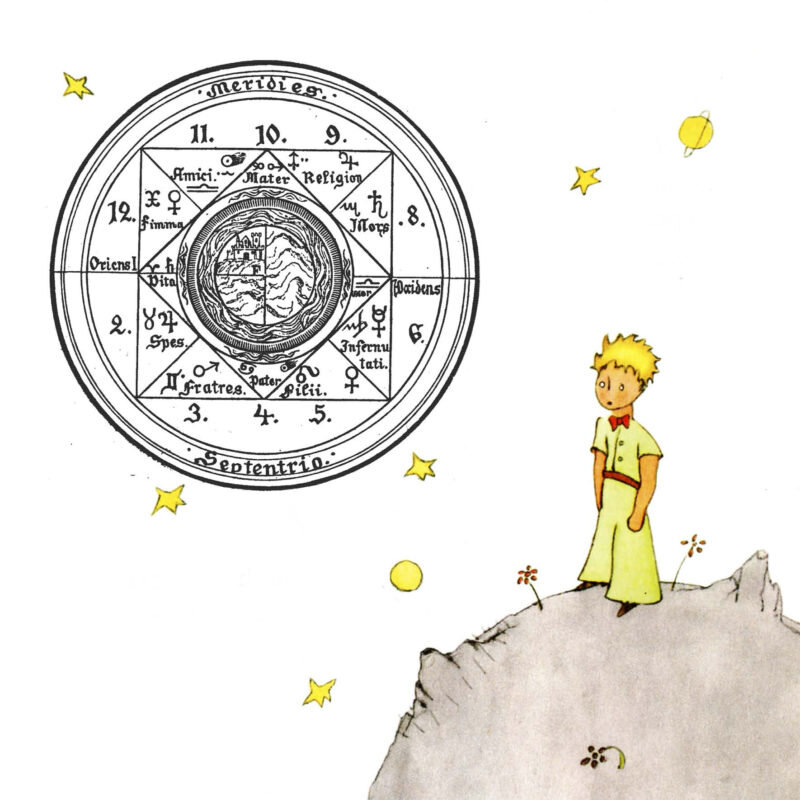PT | EN
No dia 14 de outubro de 2020, terá lugar no Auditório Fernando Távora da FAUP a Conferência Internacional: Visual Spaces of Change: Publicação Sophia Journal Exposição e a Cerimónia e Entrega de Prémios e Certificados no âmbito do Concurso Internacional de Ideias: Expositor e Projetor Móvel. Após a cerimónia, terá lugar a inauguração da exposição do protótipo proposta vencedora do concurso – da autoria da studium - creative studio – nas instalações da FAUP com o apoio de Jofebar.
O evento presencial e o programa de videoconferências enquadra-se no ciclo de conferências e debates de Arquitectura, Arte e Imagem (AAI) na FAUP organizado em parceria com a UNIZAR, UA e DECA / ID +. O evento será transmitido ao vivo online, abarcando: (i) uma série de videoconferências; (ii) a mesa redonda de lançamento e apresentação do 4º número da publicação com revisão por pares - Visual Spaces of Change: Unveiling the Publicness of Urban Space through Photography and Image; (iii) as apresentações de artigos do 5º número - Visual Spaces of Change: Designing Interiority - shelter, shape, place, atmosphere; (iv) o anúncio da chamada aberta para artigos para o sexto número da Sophia Journal: Visual Spaces Of Change: photographic documentation of environmental transformations; (v) o anúncio dos Prémios | Concurso Internacional de Ideias: Exposição e Projector Móvel e a exposição Visual Spaces of Change, desenvolvida para esta conferência e para os espaços da FAUP, onde se comunicarão novos projetos de Fotografia Contemporânea, bem como uma nova estrutura Expositiva que foi galardoada com o primeiro prémio no Concurso Internacional de Ideias: Exposição, Estrutura Expositiva e Projetor Móvel.
A abertura do evento estará a cargo de Pedro Leão Neto (AAI / CEAU-FAUP) que anunciará os prémios do Concurso Internacional de Ideias VSC: Expositor e Projector Móvel, dando em seguida a palavra a Wilfried Wang (UTSoA) O'Neil Ford Centennial Professor de Arquitectura na Universidade do Texas em Austin e Editor convidado do número 6 da publicação Sophia: Visual Spaces Of Change: photographic documentation of environmental transformations, e que irá apresentar e falará sobre a temática da chamada para artigos desta 6ª edição.
Fátima Pombo (Departamento de Comunicação e Arte - U. Aveiro) editora convidada do 5º número de Sophia - Visual Spaces of Change: Designing Interiority - shelter, shape, place, atmosphere – fará a apresentação da publicação e em seguida dará a palavra aos autores dos artigos selecionados para este 5º número.
A mesa redonda que se segue - Visual Spaces of Change through Photography and Image - conta com a participação de Inaki Bergera (Escuela de Ingeniería y Arquitectura Universidad de Zaragoza), Pedro Gadanho, que co-organizou a conferência Visual Spaces of Change que teve lugar no Museu de Arquitectura e Tecnologia de Arte (MAAT) em 2019 (ocupando o cargo de Director do MAAT na altura), Paolo Rosselli e Marco Iuliano, ambos oradores principais da conferência no MAAT e Fátima Pombo (Departamento de Comunicação e Arte - U. A).
O objectivo deste evento, que terá lugar no auditório da FAUP e também em formato de videoconferência, é o de promover uma reflexão e debate em volta do universo da Arquitectura, Arte e Imagem, abordando várias questões transversais ao mundo da Fotografia e da Arquitectura, explorando como a imagem pode ser um meio para atravessar fronteiras e deslocar limites entre diferentes áreas disciplinares. O enfoque da conferência incide sobre as transformações do espaço público e acerca da conceção de interioridade em arquitectura, tendo como mote, por um lado, os textos publicados na publicação Sophia Journal referente à conferência ON THE SURFACE que teve lugar em Maio de 2019 no Museu de Arquitectura, Arte e Tecnologia (MAAT), onde se analisou o potencial da Fotografia como instrumento significativo para investigar, refletir e tornar visível as diferentes dinâmicas de mudança urbana e abrir novos horizontes de intervenção no espaço público. Por outro lado, os artigos selecionados para o 5º número da Sophia Journal: Visual Spaces of Change: Designing Interiority - shelter, shape, place, atmosphere.
Por fim, será possível visitar a Exposição Visual Spaces of Change, desenvolvida para esta conferência e para os espaços da FAUP, onde se comunicarão novos projetos de Fotografia Contemporânea, bem como uma nova estrutura Expositiva que foi galardoada com o primeiro prémio no Concurso Internacional de Ideias: Exposição, Estrutura Expositiva e Projetor Móvel.
O Visual Spaces of Change propõe uma estratégia de comunicação visual baseada no desenvolvimento de projetos de fotografia contemporânea que reflitam sobre as diferentes dinâmicas de mudança urbana para abrir novos horizontes de intervenção pública no espaço público. Estes projetos são concebidos como “narrativas visuais” destas dinâmicas, interferindo intencionalmente com o território metropolitano numa representação auto-reflexiva do seu próprio processo de mudança, reduzindo a distância entre os objetos de investigação (paisagens, lugares, espaços públicos e coletivos) e as suas representações.
Os conteúdos da exposição estarão online na plataforma VSC e a experiência expositiva será registada puramente para efeitos de investigação, e será posteriormente analisada no contexto do projeto de investigação VSC em curso.
A conferência será conduzida em inglês.
Devido às circunstâncias derivadas da atual situação de pós-pandemia, a conferência irá realizar-se simultaneamente em regime presencial e online. Podem juntarem-se a esta sessão online acedendo ao seguinte link:
> Hiperligação para a Conferência via Zoom
https://us02web.zoom.us/j/87624067201?pwd=cmpadHU3Y05PQUdlWEhrZmVNT0dtdz09
Meeting ID: 876 2406 7201
Passcode: 4gjzKL
Suporte para disseminação:
Casa Comum da Universidade do Porto, Fundação Marques da Silva e Ordem dos Arquitectos Secção Regional Norte (OASRN)
ORGANIZAÇÃO
COMITÉ EXECUTIVO
Pedro Leão Neto (FAUP)
PROGRAMAÇÃO
Fátima Pombo (UA / DECA / ID+)
Inaki Bergera (UNIZAR)
Jorge Marum (UBI - AAI / FAUP)
João Carlos Ferreira (UFP - AAI / CEAU / FAUP)
João Varajão (Centro ALGORITMI / U. Minho / VSC)
José Carneiro (FBAUP / i2ADS)
Luís Gonzaga (Centro ALGORITMI / U. Minho / VSC)
Marco Iuliano (LSA-CAVA)
ORGANIZAÇÃO E PRODUÇÃO
Miguel Santos (AAI / FAUP / VSC)
Eduardo Silva (AAI / FAUP / VSC)
Miguel Fonseca (Centro ALGORITMI / U. Minho / VSC)
Ana Miriam (AAI / CEAU / FAUP)
David Viana (ISCTE - AAI / CEAU / FAUP)
Isa Clara Neves (CEAU / FAUP)
Maria Neto (AAI / CEAU / FAUP – UBI)
COMUNICAÇÃO
Departamento de Comunicação e Imagem / FAUP
AAI / FAUP
SESSÃO DE ABERTURA
Pedro Leão Neto (FAUP)
KEYNOTE SPEAKER INAUGURAL
Volume 6 da Sophia: Visual Spaces of Change: photographic documentation of environmental transformations
Wilfried Wang - (UTSoA)
MODERADOR DO PAINEL
Volume 5 da Sophia: Visual Spaces of Change: Designing Interiority - shelter, shape, place, atmosphere
Fátima Pombo – (DECA, UA)
ORADORES / ARTIGOS
Pedro Bandeira Maia, Raul Pinto: Preserving Heritage Through New Narratives: designing a guesthouse within a multidisciplinary team | Orador: Raul Pinto
Bárbara dos Santos Coutinho, Ana Tostões: The Role of Architecture for an Exhibition Engaging and Meaningful Aesthetic Experience | Oradora: Bárbara dos Santos Coutinho
José António Bandeirinha, Rui Aristides: The modern Shelter: Laugier or Ledoux, metaphormosis or ex-novo, architecture for modern subjects and powers | Orador: Rui Aristides
MODERADORES DA MESA REDONDA
Visual Spaces of Change through Photography and Image
Inaki Bergera - (UNIZAR)
Fátima Pombo – (DECA, UA)
Pedro Leão Neto (FAUP)
ORADORES CONVIDADOS
Marco Iuliano (LSA-CAVA)
Paolo Rosselli (Photographer, writer)
Pedro Gadanho – (Curator, Loeb Fellow, Harvard university)
COMITÉ CIENTÍFICO – SOPHIA JOURNAL
Álvaro Domingues (FAUP/ CEAU)
Ana Francisca de Azevedo (DeGeoUM/Lab2PT)
Andrew Higgot (AA Grad Dipl PhD)
David Viana (ISCTE - AAI / CEAU / FAUP)
Fátima Pombo (UA / DECA / ID+)
Francisco Ferreira (EAUM)
Gabriela Vaz-Pinheiro (FBAUP / i2ADS)
Isa Clara Neves (CES / CEAU / FAUP)
Iñaki Bergera (Arquitectura / UNIZAR)
João Carlos Ferreira (UFP - AAI / CEAU / FAUP)
Jorge Marum (UBI - AAI / CEAU)
José Carneiro (FBAUP / i2ADS)
José Miguel Rodrigues (FAUP / CEAU)
Marco Iuliano (LSA/CAVA)
Margarida Medeiros (FCSH)
Mário Mesquita (FAUP / FBAUP / i2ADS)
Marta Cruz (FAUP/ CEAU)
Miguel Leal (FBAUP / i2ADS)
Miguel Santos (FAUP / CEAU)
Olívia da Silva (P.PORTO / ESMAD)
Paulo Catrica (UNL)
Susana Lourenço Marques (FBAUP / i2ADS)
Susana Ventura (FAUP / CEAU)
Teresa Ferreira (FAUP/ CEAU)
Wilfried Wang (UTSoA)
EQUIPA DA CONFERÊNCIA
Ana Miriam (AAI / CEAU / FAUP)
Eduardo Silva (AAI / CEAU / FAUP)
Maria Neto (AAI / CEAU / FAUP – UBI)
Miguel Santos (AAI / CEAU / FAUP)
Sara Lino (scopio Editions)
DIRECTORA ARTÍSTICA
Né Santelmo (scopio Editions)
IMPRESSÃO E WEBDESIGN
Eduardo Silva (AAI / CEAU / FAUP)
Sara Lino (scopio Editions)
PROJECTOS FOTOGRÁFICOS VISUAL SPACES OF CHANGE
Ana Miriam
Edu Silva
Hélder Sousa
Jiôn Kiim & Artur Leão
Marta Ferreira
Sérgio Rolando
Sofia F. Augusto
Organização e Júri do Concurso Internacional de Ideias: Expositor e Projetor Móvel.
O lançamento e organização do concurso é da responsabilidade do grupo de investigação Arte, Arquitectura e Imagem (AAI), integrado no centro de I&D da FAUP (CEAU), em parceria com a U. Minho através da participação de ALGORITMI e Lab2PT no projeto de investigação Visual Spaces of Change e em colaboração com a Associação Cultural CITYSCOPIO:
Jorge Marum
Susana Ventura
David Viana
Marco Iuliano
Iñaki Bergera
José Barbedo
Ana Miriam Rebelo
Frederico Martinho
Eduardo Silva
Letícia Cabeçadas do Carmo
Ligia Ribeiro
Andrea Vieira
Bruno Moreira
Maria Neto
João Ferreira
Pedro Leão Neto
José Miguel Neto Viana Brás Rodrigues
Manuel Joaquim Soeiro Moreno
Ana Francisca de Araujo Rodrigues de Azevedo e Silva
Francisco Manuel Gomes Costa Ferreira
Paulo de Oliveira Freire de Almeida
Júri do Concurso Internacional de Ideias: Expositor e Projetor Móvel:
Prémios do Concurso Internacional de Ideias: Expositor e Projetor Móvel:
Ao(s) vencedor(es) será atribuído um prémio monetário ou um equipamento informático.As propostas dos(s) autor(es) ou equipa(s) que forem premiadas ou receberem menção honrosa terão o seu estudo e créditos incluídos no projeto de investigação VSC, sendo pelo menos assegurada a integração de uma das propostas para execução, divulgação, publicitação, exposição e utilização no âmbito do VSC, contando com o apoio da Jofebar para a construção de um protótipo da estrutura vencedora.
1º O(a)s autores das propostas vencedoras serão contactado(a)s no sentido de aprofundarem o projeto, com apoio do AAI-CEAU-FAUP, AAi2 Lab e Centro ALGORITMI-Lab2PT/UMINHO e outros parceiros, nomeadamente a empresa Jofebar | Portugal no sentido de viabilizar a sua construção.
2º Sem prejuízo dos prémios atribuídos a cada uma das propostas vencedoras será dado um certificado de participação a cada equipa do concurso, bem como as suas entradas serão divulgadas nas plataformas e redes do grupo AAI (websites, redes sociais, etc.).
3º A entrega dos prémios será feita em cerimónia pública a realizar na FAUP contando com a presença da Jofebar durante o ano de 2020.
Volume 4 da Sophia Journal: Visual Spaces of Change: Unveiling the Publicness of Urban Space through Photography and Image
Os objetivos teóricos do 4º número de Sophia e da 5ª Conferência Internacional On the Surface, “Visual Spaces of Change: Unveiling the Transformation of Publicness” eram para um debate interdisciplinar sobre fotografia e arquitetura, com uma forte componente editorial dedicada à publicação de obras e ideias originais na interseção desses dois campos. O tema escolhido para esta edição do On the Surface foi focado nas transformações contemporâneas do espaço público: “Visual Spaces of Change: Unveiling the Publicness of Urban Space” que se propõe a debater e explorar o potencial da Imagem e da Fotografia como ferramentas úteis para pesquisar, refletir sobre e tornar visível o surgimento de novas experiências coletivas no espaço social.
No Volume 4 da Sophia Journal, os seguintes autores foram publicados
Editorial
About the 4th number of Sophia, Visual Spaces of Change: Unveiling the Publicness of Urban Space through Photography and Image
Iñaki Bergera
About the 5th International Conference On the Surface
Pedro Leão Neto
Pedro Gadanho
HC (hortus conclusus)
Beate Gütschow - Autora Convidada
Contemporary discurses on Architecture, City and Territory: Visual Spaces of Change
Pedro Leão Neto
Visually reinventing architecture in the pre-cinematic scenario of Idris Khan’s photograph
Katarina Andjelkovic
Photocreation as a propeller to upcoming new urban and spatial utopias
Klauss Borges
Ringroad (Houston), 2005: The Construction of an Image
Bas Princen - Autor Convidado
Re-framing the Public Space: Relations between Architecture and Photography
Iñaki Bergera
Clareira: Towards a phenomenological perspective in the representation of architectural space
Ana Miriam, Fátima Pombo, José Carneiro
A Bridge
Sebastiano Raimondo
Behavioral mapping of Abu Dhabi’s public spaces: Urban research photography and cultural clashes
Apostolos Kyriazis, Ayesha Zahid, Clemence Montagne, Clio Chaveneau, Hadrien Dubucs, Hanu Dilip, Shafaq Qamar
Atlas Interactive. Visual register of urban architecture in Latin America. A work in progress
Cristina Gastón Guirao
Image-Making After Photoshop: Architecture, Public Space and their Visual Discontents
Pedro Gadanho
The invisible villages. Up-to-date Images of Settlement in Spain
Ana Amado, Andrés Patiño
Peter Scheier and Marcel Gautherot: Brasília Lyric and Epic
Mariana W. von Hartenthal
Visual technological enthusiasm: an industrial urban spectacle in the “Tenth Anniversary” commemorative albums of China
Haode Sun
Photography on Architecture - Visual Spaces of Change: Unveiling the Transformation of Publicness
Paolo Rosselli - Autor Convidado
Este quarto número da Sophia teve como Editores:
Pedro Leão Neto (AAI / CEAU-FAUP) e Inaki Bergera (Escuela de Ingeniería y Arquitectura Universidad de Zaragoza)
Volume 5 da Sophia Journal: Visual Spaces of Change: Designing Interiority - shelter, shape, place, atmosphere
O interesse do 5º número da Sophia, que se chamará Visual Spaces of Change: Designing Interiority - shelter, shape, place, atmosphere, está em artigos originais que discutem o cerne da Interioridade na Arquitetura como um assunto aberto a diversas ideias e práticas no reino do espaço construído a ser vivenciado por seus habitantes. A interioridade diferencia um lugar de um não-lugar. Os não-lugares são pontos com os quais o indivíduo não cria nenhuma relação; são lugares de trânsito sem memória, identidade, história, construção pessoal, referências, emoções das quais o consolo não é menor. A interioridade chama aquele tipo de espaço que acomoda pensamentos, sonhos, pesadelos, intimidade, mudanças, silêncio, ruído, neurose ... vida. Abrigo, forma, lugar, atmosfera retratam cenários que potencializam experiências, acontecimentos, ocorrências para além da retórica funcionalista que os envolve. Nossa revista agora está aceitando artigos dentro dessa estrutura, que podem contribuir para expressar crítica e poeticamente uma compreensão mais ampla do design de interiores na arquitetura.
Para o Volume 5 da Sophia foram seleccionados os seguintes artigos
Editoras convidadas
Fátima Pombo (UA / DECA | ID+)
Silvina Félix (UA / ESAN | ID+)
Tópicos de artigos
Preserving Heritage Through New Narratives: designing a guesthouse within a multidisciplinary team
Pedro Bandeira Maia, Raul Pinto
The Role of Architecture for an Exhibition Engaging and Meaningful Aesthetic Experience
Bárbara dos Santos Coutinho, Ana Tostões
The modern Shelter: Laugier or Ledoux, metaphormosis or ex-novo, architecture for
modern subjects and powers
José António Bandeirinha, Rui Aristides
Textos destacados
Entrevista
The Power of Imagination - uma entrevista ao designer Hans Thyge por Fátima Pombo
Miscelânea
Critical essay: The Compliment of Light por Nuno Grande sobre a série fotográfica The Idea of Álvaro Siza de Mark Durden e João Leal
Crítica About the book OLIM of Camilo Rebelo: Textos de Nuno Faria e Eduardo Souto de Moura
Volume 6 da Sophia Journal: Visual Spaces of Change: photographic documentation of environmental transformations
Chamada aberta
O Volume 6 da Sophia será dedicado ao tema Visual Spaces Of Change: photographic documentation of environmental transformations
Como todos nós nos tornamos cientes das mudanças graduais, mas inevitáveis, no ambiente? Como a fotografia aumenta a consciência pública sobre as mudanças ambientais urgentes implícitas em nossa época antropocêntrica? Como a fotografia pode contribuir para esses debates complexos? Essas questões podem ser abordadas a partir de várias perspectivas: desde o confronto de nossas memórias e entendimentos de um lugar para reativar "o que não está mais lá" ou propor "o que poderia estar lá".
Este volume da Sophia reunirá fotógrafos e pesquisadores que fazem contribuições significativas para essas discussões, incluindo os processos materiais de criação, gestão e interpretação de conjuntos de documentos. Estamos interessados em processos materiais onde a fotografia é explorada como uma ferramenta de pesquisa significativa para visões críticas e inovadoras sobre arquitetura e transformação urbana em seus campos expandidos e contextualizados por sistemas maiores: dimensões culturais, políticas, artísticas, técnicas e históricas.
Iremos publicar trabalhos fotográficos de longo prazo de mudanças ambientais, documentação inovadora ou projetos de arquivo explorando formas discursivas de apresentação e construções visuais, artigos e trabalhos de pesquisa discutindo o rico espectro de técnicas e estratégias visuais empregadas em discussões ambientais.
O espectro de processos de transformação é amplo: desmatamento, erosão do solo, expansão suburbana, áreas devastadas, shoppings decadentes, moradias sociais negligenciadas, ruínas pós-industriais, gentrificação e privatização do espaço público ou movimentos tais como o "Occupy" e "Fridays for Future". Neste contexto, estaremos especialmente interessados em propostas que sejam capazes de questionar como as diferentes dimensões da arquitetura e da transformação urbana podem ser significativamente compreendidas ou reenquadradas através das diferentes lentes e perspectivas dos processos visuais.
A revista está agora a aceitar trabalhos fotográficos e artigos críticos dentro do quadro acima, que permitirão ao público interessado refletir sobre os diversos processos de transformação que afetam nossas cidades e territórios atuais.
Editor Convidado
Wilfried Wang (UA / DECA | ID+)
SOBRE A SOPHIA PEER REVIEW JOURNAL
A colecção Sophia destina-se especificamente a abordar o trabalho teórico, e pretende ser o meio editorial de um conjunto de textos exploratórios e críticos sobre a imagem em sentido lato, ou seja, abrangendo os mundos do design, da fotografia, do cinema, do vídeo, da televisão e do novo. meios de comunicação.
A etimologia da palavra “sophia” está intimamente ligada aos conceitos de sapiência e sabedoria: (grego, “sofía”) é o que a “pessoa sábia” tem, e esta palavra também é derivada de philo + sophia (“amor de sabedoria"). Temos interesse em fazer do jornal Sophia uma mentis instrumenta capaz de ampliar nosso conhecimento crítico e questionar o universo da imagem de forma inovadora.
A coleção, que acolhe diversos trabalhos académicos, constituirá também um importante meio de publicação de alguns trabalhos teóricos provenientes do Centro de I&D da FAUP - CEAU. O objetivo da coleção de periódicos Sophia é publicar um conjunto de textos teóricos e críticos sobre imagem em formato de livro; esses textos podem ser retirados de seções da revista scopio ou submetidos por novos autores e outros centros de P&D nacionais e internacionais, por meio de call for papers. O objetivo é desafiar diferentes artistas e criadores a publicar artigos originais, resenhas, resenhas de livros e outros textos de interesse e valor para esta coleção.
Mais informações sobre a Sophia Peer Review Journal


